|
The view from Café Gray Deluxe in The Upper House is hard to beat. Forgive the clickbait-y title, but I just got back from my third trip to the SAR in the last couple months and there are too many things I like to coherently talk about them without some sort of list. Despite being in and out of Southeast Asia for six years (whoa), until 2017 I had never managed to make it past Hong Kong International Airport. This was due to a mixture of laziness on my part and the fact that there have just been so many other places to go. In the last few months alone, I’ve been to Trang, Yangon, Saigon, Ubud, Malacca, Pangkor Laut and the Cameron Highlands, all of which were remarkable. But now that I’ve been to Hong Kong, I already regret not spending more time there. Almost exactly two decades after its return to Chinese rule, there’s a tremendous amount going on in this most unusual city. Here’s why I’m smitten and why, if you haven’t, you should probably book a ticket. Me, blocking a very cool mural by Thai artist Rukkit. Because you can see works by famous street artists.A giant Shepard Fairey original in Sheung Wan. Even coming from Berlin, where the level of the street murals is off the charts, Hong Kong has some pretty impressive works. A stroll through the alleys of Sheung Wan always uncovers a few surprises. It’s fitting for a city that is increasingly becoming one of the global art centers. Art Basel is here in a big way and the caliber of the galleries throughout Central is impressive. For a peek at the local creative side, be sure to check out PMQ in the former Police Married Quarters, which is full of quirky boutiques and exhibitions. Gorgeous work by French artist Hopare in Sheung Wan. The eye-catching steps leading up to the PMQ. If you're searching for gifts for the artistically inclined (or, you know, yourself) this is where you want to go. Because you can go to the beach without ever leaving town.I went down to Stanley to check out the Dragon Boat Festival and decided this was way better. Though Central’s concrete jungle can feel a bit overwhelming at times, the ocean is never far away. Dozens of beaches line the coastlines here and most are only an hour or two from Central. I went to Deep Water Bay and Repulse Bay, which are a 25-minute cab ride from downtown. The latter is a bit nicer, but much more developed, while the former is smaller but has fewer selfie sticks. The best part is there’s an oceanside trail between the two. The scenic walk between Deep Water Bay and Repulse Bay. Because mixologists and sommeliers are thinking outside the box.A bartender works his magic at Mezcalito. From the seasonal produce-driven cocktail tasting menus at The Woods to all-natural canned cocktails (practically perfect for day-drinking on a junk) at KWOON to the Mole Old Fashioned, with mole-washed añejo tequila, maple syrup and bitters, at Brickhouse, to the impressive selection of its namesake libation at Mezcalito, to the smoked negroni at TokyoLima, to solid craft tipples at NEO Cocktail Club, Hong Kong turns mixology into an art form. As much as I loved all of those though, the bar that I went back to a half a dozen times isn't known for cocktails at all. La Cabane is the neighborhood bar I wish were in my neighborhood, an unpretentious natural wine bar with a fabulous selection of mostly Old World bottles, knowledgeable staff, and a terrific steak tartare with polenta fries. Canned cocktails are a thing and they're way better than you think. A wall of ultra-premium booze at The Woods. Because retro Cantonese is back in a big way.After years of embracing every other sort of aesthetic style, restaurants are turning back to waving lucky cats, golden dragons and other hallmarks of old-school Hong Kong décor. In case the name didn’t give it away, Ho Lee Fook is both irreverent and tons of fun. Chef Jowett Yu gets the classic elements of Cantonese cuisine right and adds a few modern twists, with delicious results. I was less impressed by Dragon Noodle Academy, but the kung fu-kitsch interior and the hand-pulled noodles are on-point. Because you can go for a hike whenever you want.A steep, sweaty hike up to the top, but worth it for this view. There's also a tram and taxis, if you're feeling lazy. Once again, nature is right there and a morning, afternoon or even nighttime hike is a good way to take a break from Hong Kong’s high-octane pace. I embarked on a short by sweaty slog up the steep slope to Victoria Peak for an unbelievable view of the harbor. One of many possible walks in the woods. Because getting around town is a snap.The Star Ferry has to be one of the most scenic ways to get around. When you travel all the time, you start to appreciate cities that have connectivity down. Hong Kong’s Airport Express has fast Wi-Fi and will get you to Central in half an hour. An Octopus Card makes navigating the ultra-modern, efficient MTR a breeze and the Star Ferry is so scenic it’s worth taking just for its own sake. Best of all are the Ding Dings, the curiously narrow electric trams that traverse the streets of Central. Because this city’s restaurant scene is a force to be reckoned with.Even after eating more or less continuously over the course of a couple weeks, I’ve very seldom had even a mediocre meal here. This is, after all, a town with 61 Michelin-starred eateries and fierce competition has pushed the standards for restaurants through the roof. Whether you stop for lunch fare by the very talented Philippe Orrico at Upper Modern Bistro, contemporary Vietnamese at Le Garçon Saigon, a bit of tandoori and Thai at Spices Restaurant, Wagyu pho at Moi Moi by Luke Nguyen, gorgeously plated vegan dishes at Grassroots Pantry, or a nibble with a killer view at Café Gray Deluxe, it’s hard to go wrong. Two of my personal favorites were Rōnin, a narrow, windowless izakaya where I could happily eat oysters and drink Maple Old Fashioneds all night long, and Belon, where the pithivier, a deboned pigeon swaddled in roasted mushroom-spinach farce, liver crepe, and buttery puff pastry stopped the conversation at my table dead. Oh, and go to Yardbird, not because everyone says it’s great, but because it serves damn fine yakitori and the vibe is infectious. Be prepared to wait forever and then reward yourself with a couple orders of sansho-dusted chicken ribs and meatballs with tare and raw egg. Chef Bao La's cooking is excellent any time of day, but the set lunch menu at Le Garçon Saigon is one of the better midday deals in town. Because the old-school eateries are just as good.A gorgeous gaggle of geese at Yak Lot. Don’t get me wrong, while I love all of the above, the previous generation of dim sum and noodle shops are equally worthy of attention. Hit up Sun Hing Restaurant, a second generation family-run restaurant that’s been making dim sum by hand for more than 60 years, either early in the morning or late at night (they open at 3am) and Yak Lot for the roast goose noodles. Be sure to swing by a dai pai dong, a classic Cantonese-style eatery, while you're in town. For the latter, if you go to the location in Central, you’ll want to go before 11am before they sell out of the prized right legs (it turns out geese are seldom southpaws), eat quickly, and move on before the owner shoos you out the door. Because most places only speak Cantonese, it’s worth taking a walk with Hong Kong Foodie Tasting Tours. I’ve taken food tours all over the world and their walk through Tai Po Market and the surrounding area was by far one of the most interesting and informative I’ve done. Checking out an old-school dai pai dong in Wanchai. Because fried chicken. Slightly brittle crust and very juicy meat at Bakudan-ya Hiroshima-men. While you’re here, you’re going to want to get Korean fried chicken at Chicken HOF & SOJU and Japanese karaage dunked in kewpie mayonnaise at Bakudan-ya Hiroshima-men (get the cold ramen while you’re there). For the more upscale versions, Jinjuu in Lan Kwai Fong makes top-notch KFC that’ll help soak up all the booze from the surrounding bars, while TokyoLima’s naughtily named Ki-Mo-Chi karaage is straight-up addictive. Also, although I didn’t get the chance to try the sumac-sprinkled fried bird at Maison Libanaise (since I was too busy stuffing my mouth with honeyed halloumi, roasted cauliflower, and 24-hour-cooked lamb shoulder), I assume that, like the rest of the menu, it’s spot-on. Crunchier, sturdier crust that stays good until the next morning at Chicken HOF & SOJU. Also, because cake.Who could say no to this rose-syrup perfumed confection? I’m more of a savory-snacks kind of girl, but I could never turn down the pretty-in-pink, rose petal-topped cake at Maison Libanaise and the desserts at SEVVA our almost as good as the people-people watching. Their chocolate cake is classic, but for something really special, get the warm, salty-sweet apple crumble topped with Comté. Finally, to splurge on a showstopping special occasion centerpiece, pick up one of the baroque creations at Mrs. B’s Cakery. Cake and Ruinart Champagne at SEVVA, or what I wish I were doing just about every afternoon. If this list had a No.11, it'd be the cats standing guard on every street corner and shophouse.
16 Comments
Meals at Nasi Ayam Kedewatan Bu Mangku are served in a gorgeous teak house. I’d been hearing all sorts of things, both good and bad, about Ubud for years before I finally set foot in the place. A lifetime ago, I winced through the final third of Elizabeth Gilbert’s Eat, Pray, Love, the memoir that almost single-handedly transformed this sleepy Balinese village into the traffic-choked tourist mecca that it is today. While there were parts of the downtown that made me cringe, I found a surprising amount to like. A quick motorcycle drive transports you away from the endless yoga mat shops and kitschy souvenir stands into a world of rice paddies and the sort of lush foliage every travel writer gushes about. Channeling Indiana Jones on a walk through the Monkey Forest. More importantly, while I ignored the latter two of Gilbert’s self-professed objectives, I found a whole lot of good things to eat here. The one upside of Ubud’s skyrocketing fame is a booming food scene that showcases the island’s produce and the talents of some rather inventive chefs. From unpretentious warungs to elaborate tasting menus, here's where to go on your next journey. Local FoodSome Pig. Ibu Oka 3's porker is the stuff of legends. Ibu Oka 3 Babi guling with all the fixings at Ibu Oka 3. When Anthony Bourdain raved about this famous barbecue spot selling babi guling, or roast suckling pig, on his show No Reservations, it instantly landed on the tourist map. The original restaurant near the Ubud Palace has expanded since the show was filmed and now boasts three branches around town. Having developed a slight obsession with the dish on my last trip to Bali, I had to see if it lives up to the hype. The verdict? It’s worth heading over to the original venue. Ibu Oka 2, on the outskirts of the town center, offers the same dish with fewer lines, but also a bit less ambiance, while Ibu Oka 1 is just a small eatery serving the pork slow-roasted on a spit up the street. Go early, as the first pigs are ready around 10 a.m. or 10:30 a.m. and the dish is best when freshly carved. Babi Guling Cung Gung Also delicious, but less touristy, babi guling. Just up the street from Ibu Oka 3, this slightly less touristy spot offers generous portions of seriously delicious roasted pork with blood sausage, cracklings, and lacquered skin. There’s a nice spot to sit upstairs and despite the fact that this was my second plate of babi guling that morning (really), I ate the whole damn thing. I ultimately preferred the porker over at Ibu Oka 3, but this is a solid alternative. Nasi Ayam Kedewatan Bu MangkuWorth the motorbike trip for pretty perfect roast chicken and trimmings. It may be a 20-minute motorbike ride from the center, but this chicken is more than worth the journey. During my visit to Ubud, this was the lone eatery where I was the only foreign face. Although the prices are dirt-cheap (25,000 IDK per portion), this beautiful Balinese house has a more refined ambiance than your standard roadside warung. Healthy Food Coffee + rice paddy = my new favorite remote working space at Atman Nourish. HabitatTaking boring old fruit salads to another level at Habitat. I stumbled across this bamboo-bedecked cafe by accident my first afternoon and ended up lingering over one of the better cappuccinos in town. Although its location on a busy street choked by motorbikes somewhat undermines the whole Zen aesthetic, it’s still ideal for a breather. It’s next door to Hubud, which I wrote about here last year. I only stopped by briefly, but it’s one of the more stylish coworking spaces I’ve seen and also has a solid selection of salads and coffee. Atman Nourish KafeThat avocado toast though. The Wi-Fi is touch-and-go, but this was still my favorite remote working spot. Why? It wasn’t the little gingerbread cookies that come with each coffee (although they’re nice), or the mile-high avocado toast (even though it’s terrific), or the handsome wooden interior and furnishings. What really got me is that the back overlooks one of the few rice paddies still remaining in the center. Gazing out into the field, it’s easy to imagine you’re way off in the countryside. Fancy Food + DrinkI just stopped for drinks, but I'm sure the food at COMO Uma Ubud is equally delicious. Hujan LocalePresentation is on-point at Hujan Locale. I’d been meaning to go to one of Will Merrick’s places for a while and this didn’t disappoint. Best part: fish steamed with sambal in banana leaves and a bamboo shoot. The staff crack the charred shoot open tableside and serve it all with a slightly spicy corn relish. LocavoreAfter the grand finale comes yet another sweet surprise. If you’re going to splash out on a meal in Ubud (and there are plenty of ways to do so), this is the one you want. Your only options are four- and six-course tasting menus, but unlike many fine dining restaurants, these degustations feel improbably generous. Before my meal even started, I counted nine amuse-bouches, ranging saline tomato consommé with a scoop of tomato sorbet to oyster and shiitake mushrooms with homemade kimchi grilled in a banana leaf with candlenut-raisin sauce. Even the dessert included a pre- and post-sweet, the latter of which involved passion fruit and brûléed marshmallow goodness presented in an eggshell. Chef Ray Adriansyah and Chef Eelke Plasmeijer’s food is often clever, but never self-consciously so, and even if you manage to forget the fact that 95 percent of it is locally sourced or made on-site, it’s immensely enjoyable in its own right. No wonder it’s done so well on the World’s 50 Best List. The Night RoosterRaka puts his mixology skills to good use. When the team behind Locavore decided to open a speakeasy, it was bound to be great. The result is one of my favorite little bars I’ve stumbled across in a while. I’ve already gushed about Raka Ambarawan’s cocktails here. Order a plate of the outstanding house-cured charcuterie and Ashes, a potent libation served alongside a smoldering pinecone. Putting the finishing garnishes on a cocktail at The Night Rooster. And here's a baby monkey. Just because.
In all honesty, I’m still trying to wrap my brain around everything that happened in 2016. I'm not going to even try to talk about some of the year's larger events here, since I don't feel that this is appropriate platform. For now, let's just say I went an awful lot of places and wrote an awful lot of things. Here are some of them. JanuaryKaurnertal, AustriaEarly in the morning, the piste is all but empty despite the perfect conditions. There’s no real après–ski scene or glam resorts at this little glacial getaway, just perfect powder and heart-stopping views over the German-Italian border. FebruaryCopenhagenCopenhagen's downtown is both lovely and small enough that you can tackle it by foot. It’s no secret that the Danish capital has an unbelievable culinary scene. While I may not be able to claim the bragging rights that a seat at Noma entails (although, hey, I did talk to some of its former chefs months later), I ate remarkably well and had some pretty great craft beer. MarchNairobi, KenyaSaying "hi" to the inhabitants at the Giraffe Centre in Karen, Nairobi. This was my second visit to Kenya and while I didn’t go on safari this time, I did manage to spend an afternoon with a tower of endangered Rothschild’s giraffes. I also talked to the best (and some of the only) cheesemakers in the East Africa, met an entrepreneur who credits his entire education to Google, and ate freshly made mutura. AprilMunich and Bavaria, GermanyThe town of Schliersee may be tiny, but there's a surprising amount to see and do. My personal favorite: check out the whisky distillery or pop into the impressively decorated church. I managed to get out of the city long enough to go foraging in the countryside and see a few more of the area's glacial lakes. LondonBack again. Bawled at the theater, raced through the museums, ate some pretty fabulous food, and generally reminded myself of how much I love this city. MayStockholmAs if it weren't already cool enough, Stockholm commissioned sculptors, painters and installation artists to make a masterwork out of its metro system. Although I breezed through the Swedish countryside in February, this was my first trip to the capital. Like any good tourist, I stopped at the museums and ate as many kanelbulle (cinnamon buns. Delicious), tunnbrödsrulle (a hot dog wrapped topped with mashed potatoes and shrimp salad. Questionable), and, yes, köttbullar (the Swedish meatballs of IKEA fame) as my stomach could hold. JuneAmsterdamGetting lost in these canals is one of the best ways to spend an afternoon. As anyone who knows me will tell you, it doesn’t take much to convince me to go to Amsterdam. So when I heard about pair of rather eccentric Dutch restaurateurs creating edible art in their restaurant/gallery, I had to head over for a weekend. Bologna, ItalyWandering through Bologna's portici by night brings back all sorts of memories. I’ve already gone on and on about this city on this blog, but it bears repeating: this will always be one of my favorite places. Over the course of a too-short weekend, I revisited old favorites and a few new places. JulyMunich and Bavaria, GermanyAgain, I've sort of avoided touching on some of the larger issues here, but it bears noting that my visit to Munich was right after an attack this summer. This sign reads, "Love is stronger than hate.". As cozy as it may be in winter and as much fun as Wies’n (or Oktoberfest) may be, summer is still the best time to visit the Bavarian capital, in part because of all the outdoor getaways within easy driving distance of the city. AugustLake Garda, ItalyThe drive up a series of 180-degree switchbacks to Hotel Paradiso is more than worth it for lunch with this view. Sure, it may be mobbed with tourists, but the shores of Italy’s largest lake are so ruthlessly gorgeous it doesn’t matter. Plus, you can still find little, lesser-known gems like this historic limonaia just off the main drag. BangkokTechnically, this is a picture of me getting away from Bangkok for a day, but isn't it pretty? There may be a few new additions to the skyline and a few dozen new restaurants each time I visit, but going back to Bangkok always feels a bit like coming home. I returned for an extended stretch for work and managed to get myself chased by North Koreans and meet the craft beer-fans behind Thailand’s first commercial hops farm. SeptemberHo Chi Minh CityTaking in the view from the rooftop bar at Hotel des Arts Saigon MGallery Collection. While conducting research for the launch of the newly rebranded Vietnam Tourism website, I spent a few days wandering the atmospheric streets of old Saigon. Danang and Hoi An, Vietnam The protected heart of Hoi An feels like stepping into another era. On the same trip, I paid a visit to the UNESCO-lauded center of Hoi An and roamed up and down the beaches of Danang. OctoberJava, IndonesiaStaying at Amanjiwo in central Java feels like another world. Driving straight in the tangled, emerald Indonesian jungle was a shock to the system after all that city time. After getting up well before the crack of dawn to gawk at Borobudur, an ancient Buddhist temple, I spoke with some of Java’s most influential painters. Chiang Mai, ThailandMorning is the best time to see the temples in the historic center in Chiang Mai. As much as I’ve always loved Chiang Mai, I never make it up there as much as I would like. In an attempt to remedy that, I spent a couple weeks up north checking out the local art scene, chatting with owner of one of the coolest coffee shops anywhere, and cycling around town. Pai, ThailandThe Reverie Siam is the perfect, laid-back alternative to the somewhat overrun town center. I wasn’t quite sure what to expect here, as I’d heard conflicting opinions about this little town. If I were to go back (and I would very much like to), I would skip the oversaturated downtown entirely and spend as much time in up in the surrounding green hills of the northern Thai countryside as possible. NovemberAyutthaya, ThailandVisiting the ruined temples and statues in Ayutthaya. While doing research for an upcoming article, I traipsed through the temples and past crumbling Buddha statues in this former capital city. Sanya, ChinaSailing the high seas off the coast of Hainan province. This coastal city in Hainan province is mainland China's go-to beach getaway. I hopped over on behalf of Travel + Leisure Southeast Asia for a few days of rock climbing, sailing and hanging out by the sea. DecemberThe sun sets over a half-frozen pond in my hometown. Massachusetts, USASometimes after you’ve been all over, all you really want to do is go home. I’ve celebrated the holidays in all sorts of places and nothing else would do this year.
For one brief, blissful moment, all the crowds dissapated and I got a clear shot. Make sure you go early in the morning to avoid the rush and the punishing midday temperatures. Years ago, after the umpteenth person demanded how I could possibly live in Asia and not have seen Angkor Wat, I booked a last-minute ticket for the Cambodian border. As flights were sold out for weeks, I ended up on one of the less pleasant bus trips of my life, a grueling, sluggish ordeal that lasted more than double the projected time and ended in me befriending a bunch of Danish and Polish backpackers. Maybe it was the hassle involved, or maybe it was the fact that the spectacle had been so heavily hyped (show me a bucket list it isn't on), but for some reason I found the experience underwhelming. There’s no denying that the temples around Siem Reap are impressive, but having to elbow my way through a sea of selfie sticks seemed to dampen the thrill. The worst was at sunrise, when a horde of thousands gathered in front of the reflecting pool, transfixed by the images on their smartphones. While I still think everyone should see Angkor Wat, the more I travel around this region, the more I’m convinced that it’s worth giving other monuments a chance. Lara Croft may not have stormed the temples of Sukhothai or Ayutthaya in Thailand, but both make for an exceedingly pleasant bike ride. What floored me more than either though was Borobudur, which I explored on my recent trip to Central Java. Token shot of one of Ayutthaya's more famous features. Temples are scattered all around the ancient capital, but there's a large concentration right in the middle of town that's easy to approach. To call this 9th-century UNESCO World Heritage Site an undiscovered gem wouldn’t exactly be honest, but because of its location it suffers from less overcrowding than Angkor. Like everyone else, I rose early and came to bag that coveted shot of the sunrise. A dense, opaque morning mist meant that it never came, but the eerie silence and sense of wonder as solemn Buddha statues and mythological creatures slowly revealed themselves was almost more awe-inspiring. Myths and monsters before dawn. Fun factsA full 1,420 panels like this tell tall tales. The level of detail that has survived is remarkable. Every single element of the temple is carefully considered and has a specific meaning. A total of 1,420 panels with ornately carved stone reliefs depict scenes from the life and various reincarnations of Buddha. Each of the statues has an allegorical meaning or story behind it, from the giant whose jaw was blown off by Vishnu when he tried to drink the water of immortality to chimerical monster with lion, dragon and bull parts symbolizing the dangers of sexual desire (really). My excellent guide from Amanjiwo, Dator, referred to it as “an open Holy Book, an open Bible” and explained how walking through the various levels was meant to invite contemplation. Unlike Western places of worship, there’s no way to enter Borobudur. Instead, pilgrims walk the levels in silent meditation, honoring the never-ending cycles of reincarnation in the Mahayana sect of Buddhism. Interestingly, the entire temple was once held together only by interlocking volcanic stones. No cement or binders were used in construction, although later preservation efforts have added them to make it a bit more structurally stable. History lessonA row of Buddhas emerging from the morning fog. The fact that Borobudur still exists today is something of a marvel, considering all that it’s been through. For years, the temple was lost to the jungle and overgrown with greenery. When the Dutch “discovered” it in the 1800s, they did what all good colonists do and promptly looted whatever statues and reliefs they could carry off. In 1911, a well-meaning archeologist painted sections of the temple yellow to “improve” it. Today, UNESCO status protects the place from such insults, but can’t do much to stave off the violent volcanic eruptions that still plague Java. Mount Merapi’s devastating outburst in 2010 deposited hundreds of tons of corrosive ash on the structure. Getting thereThe landscape is unbelievably green and wild. Unless you’re up for a nine-hour (very scenic, but still) drive from Jakarta, the best way to get here is via Yogyakarta’s tiny airport. While at first glance the city itself may not seem like the most interesting place, it harbors a surprisingly diverse arts scene, which is worth checking out if you’re in the neighborhood. Where to stayThe resort is almost as stunning as one of the area's ancient temples. I visited Java on a work trip on behalf of Travel + Leisure Southeast Asia. While the resort I stayed at may not be within everyone’s budget, I can honestly and objectively say that it’s one of the best I’ve ever seen, anywhere. Built 20 years ago, in a time where such high-end accommodations in remote locales were truly a rarity, Amanjiwo is in a class all by itself. Most of the staff have been there since Day One and there’s a remarkable sense of place that you just don’t find in most generic luxury properties. From the gamelan music at dinner to the Javanese afternoon tea in the grand, colonnaded central dining room overlooking Borobudur, every element of the place is infused with the local culture. It’s a struggle for me to describe the place without using the kind of hyperbolic language usually found in a press release, simply because it’s that impressive. It’s also the only resort of its caliber for miles (although an Alila is supposedly in the pipeline), making it a little easier to justify the splurge. On a clear day, you can see all the way to Borobudur from the terrace of my suite.
The Japanese Bridge is about as photo-friendly as it gets, a fact that couples planning to tie the knot have clearly noticed. You'll find pre-wedding photo shoots all over the river at night. One of the pitfalls of working as a travel writer is that I spend a great deal of time reading about all the fabulous places other people have gone. So even though I’ve seen my fair share of the world, I perpetually find myself suffering from itchy-foot-syndrome wondering where I ought to go next and how soon I can hop on a plane. I’ve felt this way about Vietnam’s long, amber-sand coastline for ages. Friends and former Vietnam expats raved about the food, the resorts, the postcard-ready, palm-fringed landscapes and although I had no right to feel envious, I absolutely did. When a recent trip presented itself, I jumped at the chance and boarded a domestic flight from Ho Chi Minh City (spectacular in its own right, but let’s focus here). While I could have easily camped out on my resort’s kilometer of private beach for a week, one of the highlights of my visit was the few days I spent in Hoi An. Conical hats will never go out of style. Some background A "candid" moment releasing Hoi An's famous floating lanterns. Hoi An (or Hội An, if you want to be fancy and use diacritics) was once a powerful port town and key stop on the spice trade route, thanks to the Portuguese, Chinese and Japanese. Much of the historic 18th-century architecture survives to this day, which is why the Old Quarter bears UNESCO World Heritage status. While the old area is admittedly touristy, it’s also undeniably beautiful and one of Vietnam’s more approachable historical attractions. Life during the day is sluggish along the muddy waters of the Thu Bồn River, but picks up considerably as temperatures drop in the evenings. When the sun sets, a rainbow of paper lanterns lights up the area and street vendors line the river banks. I’m told it’s particularly lovely around the lunar lantern festival, but there’s still plenty to see during the rest of the month. Lanterns are on display throughout the month, but especially common during the lunar lantern festival. Where to eat Mangosteens, rambutans, lychees and rose apples at an evening street market. The streets I ate maybe 20 (or more) of these between meals. They're that addictive. It almost goes without saying that much of Vietnam’s best food can be found outside the confines of a restaurant. Hawkers selling intensely fragrant, turmeric-tinted lemongrass chicken skewers and cau lau, the local specialty of fat, toothsome noodles topped with pork and fried wonton crisps, can be found everywhere. Pull up a tiny red stool and dig in. My first bowl of cau lau with all the essential fixings. Women selling fresh fruit line virtually every street. Nu Eatery This hole-in-the-wall specializes in slightly unconventional twists on Vietnamese cuisine. I normally balk at the word “fusion,” especially on this side of the world, but the chile-lime shrimp on shrimp crackers and pineapple salad were quite good. Seasonal ingredients and rotating menus make this a cut above many of the surrounding tourist traps. Miss Ly Cafe Although this came highly recommended, I wasn’t that impressed, to be honest. I had some perfectly respectable steamed fish in a banana leaf and liked the ambiance though. Mango Mango Something of an institution in town, this contemporary Vietnamese spot has a terrific view of the river. The owner, Duc Tran, is a local legend and always willing to share tall tales of his world travels when in town. Getting in and around Dusk falls and the lanterns start to glow. If you’re planning a grand tour of the country, domestic flights from Hanoi and Ho Chi Minh City are affordable and run constantly, though you can also fly directly into Danang International Airport. Note that Vietnam’s visa policy is rather unusual and has recently changed for U.S. citizens. Many nationalities need to apply in advance either online or at an embassy. Personally, I would recommend the latter, as it allows you to bypass a significant line at immigration in the airport. Taxis are plentiful in the area and the only means of transportation, short of renting a car or a motorbike. Fares tend to be higher than in Thailand, but still much lower than in Western countries. To avoid getting ripped off by a counterfeit taxi, stick to the Mai Linh and Vinasun brands, which are usually green or white, and make sure the driver turns on the meter. Once you're in the Old Quarter, getting around is easy. Pay the entrance fee at one of the designated stations (though tickets are seldom checked and it's probably possible to weasel out, the money goes to help maintain the historic buildings) and wander the pedestrian-only streets on foot or by bicycle. Dozens of small and large riverboats also offer tours or will cruise along for a few dong. A cruise down the river on any one of the hundreds of watercraft is a cheap, easy way to take in the shoreline without walking. Where to stay And to think this was built before Instagram even existed... This was a business trip and I stayed at The Nam Hai, which is nothing short of spectacular. There are, of course, more budget-friendly options in the area, but if you’re willing to splash out, this 100-villa property offers a sprawling stretch of private seashore and one of the most photogenic (Olympic-sized!) infinity pools I’ve ever seen. While the design itself is stunning, what won me over were all the thoughtful little extras—your cappuccino comes with a cinnamon stick covered in caramelized rock sugar for stirring, breakfast includes a DIY Bloody Mary bar, mango-passion fruit bellinis, a fresh sheet of honeycomb to accompany your cheeses, and a dizzying array of made-to-order options—thrown in everywhere. When I visited, renovations were underway to convert the place into a Four Seasons in December, at which point I imagine it will be even more worth the trip. The Nam Hai is so pretty I could've easily just posted a dozen pictures of the resort. Sunset on The Nam Hai's long, remarkably empty private beach.
Up on the restaurant terrace at Hotel Paradiso. Whenever anybody asks me—and this is, unsurprisingly, a frequent occurrence—what my favorite trip was, the odds are high that I’ll say last place I visited. I’m sure my friends were all sick of my misty-eyed ramblings about Lausanne’s vineyards, Myanmar’s unspoiled beaches, Bologna’s old-school trattorias, and Ibiza’s glammed-out, over-the-top everything. So take what I say next with a grain of salt: this was The. Best. Trip. Ever. Boats and afternoon mist in Riva del Garda. Well, maybe not exactly, but it’s way up on the list. One of my favorite things about Munich is that it’s right across the border from Italy. Müncheners are fond of calling it by its Italian moniker, Monaco di Baviera, and reminding people that they’re practically a northern Italian city. While it’s a sentiment that Italians do not seem to share, it’s hard to deny that the two have some cultural overlap and, as one prominent local reminded me, you can hop across the border to grab a pizza for lunch and be home in time for dinner. Considering the amount of time I spend in Munich, it seems a bit outrageous that I’ve never done just that. Days before I flew to Thailand for a couple months, I said a temporary goodbye to Europe by joining my favorite travel partner-in-crime for a road trip south. Most visitors pick one area of Lake Garda and camp out there, but we took another approach. The whole lake can be circumnavigated by car in a few hours, or, if you prefer, three days. We took the long way around, stopping to pick up peaches at a farmstand, sip thimble-sized espressos the color and consistency of volcanic mud, and drink much too much prosecco on a piazza and watch the world go by for an evening. Seriously: the best. It's summer time and Gargnano is abloom. The North: Riva del Garda, Limone, Gargnano and Gardone RivieraSo. Pretty. Sometimes nicknamed “Little Germany,” the northern half of Lake Garda (or “Gardasee,” as the Deutsch say) hosts half the population of Munich in the summer. Hotel and restaurant staff were often more comfortable speaking German than English—or putting up with my admittedly rusty Italian. There’s a reason for all the tourists though and their presence shouldn’t dissuade you from coming: this area is awesomely beautiful. Dramatic limestone cliffs jut from the water’s surface. The narrow, winding road up through rough-hewn tunnels along the side of the lake makes for tricky driving, but offers surreal scenery and passes through jewel-box Italian towns dotted. Riva del Garda is on the busy side, but both Limone and Gargnano were achingly picturesque spots dotted with pastel houses dripping with bougainvillea. Yes, we drove up this, lunatics that we are. One of my favorite parts of this leg of the journey was a pitstop at Hotel Paradiso near Limone. Though the hotel itself is on the dinky side, it sports one hell of a view. To reach it, you’ll have to scale a series of switchbacks that definitely ought to be one-way only while daredevil motorcyclists whiz up and down the curves. At the top, the restaurant serves fairly standard fare and decent pizzas on a terrace jutting out into open air above the lake. In the nearby town of Gargnano, I loved checking out Limonaia la Malora, an ancient lemon grove brought back to life by tradition-loving family. Oh, did I mention the limonaia is gorgeous? Where to stay: It’s a bit of a splurge, but Hotel BellaRiva near Gardone Riviera is worth it. This 23-room villa was originally built in 1904 to accommodate Europe’s reigning 1-percent. While it still retains much of its old Neoclassical detailing, rooms have all been completely redone with modern amenities and Klimt-inspired artwork. We stayed in the smallest studio (the place was more or less booked out for the entire month, which says something) and still loved it. The hotel is directly on the lakeshore, breakfast on the terrace is lovely, and the staff are terrific. For dinner, splash out on the bistecca alla Fiorentina, a hulking slab of blood-rare beef from a nearby farm served de-boned with flaky sea salt. For internet junkies (or travel journos perpetually shackled to their email), the Wi-Fi is on the sluggish side, but that’s all the more incentive to switch the smartphone off and go drink another Aperol Spritz. Breakfast, lunch, dinner and aperitivi all come with this view. The South: Sirmione The castle in Sirmione. As you head south, the terrain flattens out and the Cliffs of Insanity look gives way to a breezier, Mediterranean vibe. The shallow parts of the water here are teal-tinted and clear enough to see straight to the pebbled bottom. Temperatures are often a degree or two warmer and afternoons lack that hazy quality. Towns are still touristy, but populated more by traveling Italians than northern Europeans. Located at the very tip of a peninsula and surrounded on both sides the lake, Sirmione is as pretty as they come. Parts of the town verge on kitsch—an “authentic, local experience” this ain’t—but it’s all rather lovely just the same. To get away from the crowds, climb the small hill not far from the public lido to the site of an ancient Roman villa. Some of the olive trees lining the grounds are centuries old. The Beach, Italian-style. Back in town, there’s a small castle to see, but it isn’t terribly impressive. For high culture and art, head to Rome, Florence, Venice or any of the other dozens of Italian cities packed with history. This neighborhood is all about chilling out and taking in la dolce vita at a languid pace. This is not Photoshop. This really happened. Where to stay: Given the narrow, cobblestone streets, it’s understandable that most hotels insist that guests leave their cars in the public parking lot outside the old city walls. There are a few exceptions though, including the well-managed Hotel Eden. This four-star boasts a prime location, with one side situated directly on the water and the other on the city’s most atmospheric piazza, as well as recently renovated rooms. It’s not particularly plush, but the pared-down style is a welcome change from the surrounding tacky beach resorts and the staff were helpful to a fault. Be warned though: the drive in through a pedestrian zone and medieval gates that were definitely not built for automobiles is rather harrowing. Note: This blog is a small, noncommercial showcase for my thoughts and personal opinions. I visited all hotels as a guest and did not receive sponsorship or compensation of any sort. In the olive grove.
The gorgeous, green Walchensee as viewed from above. After quickie trips to Bologna and Amsterdam, I’m back in one of the best places to visit this time of year: Munich. While Berliners are busy cycling between open air raves and outdoor concerts, locals in this part of the country flock to the banks of the Isar River, sipping a Maß in one of the 180-plus Biergarten, or, best of all, heading out to the countryside. For as lovely as the city itself is (I’ve written about it here and here), one of the best things about the Bavarian capital is its proximity to dozens of glacial lakes. Yes, Wannsee and some of the lakes surrounding the Hauptstadt are also lovely, but it’s hard to compete the clear waters framed by distant, pastel-hued mountains in the background. (For more information and travel details about some of my other personal favorite lakes in the region, check out my article for The Guardian here). As much as I’ve loved water skiing (well, attempting to do so) on Ammersee, strolling along Starnberger See, and foraging by Schliersee, the twin lakes of Kochelsee and Walchensee, roughly an hour’s drive from downtown Munich, might be some of my favorites. Why? The pair have a rustic, easy-going charm in comparison to, say, Tegernsee, as well as far fewer tourists. Natural minerals lend a gorgeous, glassy, green hue to Walchensee, while Kochelsee sports more understated coloring. This spot was so striking that it was said to have inspired the Der Blaue Reiter, an Expressionist movement launched by artists living in the area. Finally, it’s possible to hike up Herzogstand, a mountain in the Bavarian foothills of the Alps, and snag a heart-stopping panorama of the two from the top. Last weekend, I rose early and joined two fellow urbanites to do just that. Though I grew up camping and hiking in national parks across the United States, it’s not something my current location allows me to do as often as I might like—and a sunny Saturday in July was just too good of an opportunity to miss. Stopping in an alpine meadow for a quick snapshot of Kochelsee. The easy way and the hard wayThe long and winding road. Full confession: the last time this particular trio scaled this peak, we weaseled out of the hard work. Honestly, with a fast, easy funicular going all the way up, could you really blame us? The Herzogstandbahn offers the view, sans all the huffing and puffing. As much as we enjoyed lolling around at the top last time, it did feel a bit like cheating somehow. So this time we resolved to skip the shortcuts. By the time we rolled up to one of the trailheads at Kochelsee, street parking was already in short supply—especially on weekends, it pays to get here as early as possible—but there were still a few slots left for €5. An aging gentleman with a thick Bavarian accent warned us that it was a touch steep at points, but that with any luck we should be at the top in two and a half hours. While the trails may be well-groomed and paved, he wasn’t kidding about the altitude climb. The first half of the trails ascends at an alarming angle, occasionally passing through a clearing to allow for a glimpse of one of the lakes. Wildflowers in a dreamy range of pinks, violets and yellows carpet the clearings. We chattered along at first, then slowly fell into silence. Though hardly a strenuous trek for experienced hikers, after an hour or so of soldiering uphill, I was a sweating, panting mess and acutely aware of all those muscles quietly atrophying as I sit at my laptop most days. As if to mock our feeble exertions, mountain bikers would rush past us peddling uphill like lunatics, their faces flushed and dripping. Several actually mustered up the strength to grin or mutter a friendly “Grüß Gott!” A contemplative cow nibbling on the wildflowers that will later flavor Bergkäse (mountain cheese). Where to refuelNo offense, NYC, but I'll take this sugar-dusted slice over the Big Apple version any day. After burning that many calories, my first thought is usually how quickly I can get them back. There’s a rather touristy restaurant at the top, which is absolutely worth it for the backdrop, if not for the food. Last weekend, a couple was getting married and the place was packed with locals decked out in their finest dirndls and lederhosen. I’ve mentioned before that dirndls are one of the most flattering female garments I know, and it’s really true. A number of the guests were rocking full tattoo sleeves, crew cuts, multiple piercings, and stylish, contemporary Trachten. Portions of Schweinebraten, Käsespätzle and Kaiserschmarrn here are large enough to feed a family of four—and shock even an American. If you’re starving after the hike, it’ll do, but you’re better off saving the big meal for one of the better restaurants back in Kochel am See. In particular, I always go out of my way to swing by the Grauer Bär for a giant slab of Käsekuchen. Not to be confused with New York’s dense, ultra-rich confection, German cheesecake is made with quark, a creamy dairy product somewhat similar to yogurt, and sports a lighter, almost fluffy texture. This one is particular decadent and, when served on a lakeside terrace, makes for a sweet finish to the day. The view from Grauer Bär's lakeside terrace.
En route to the Vasa Museum. It’s been more than a month and several trips (more on Bologna and Amsterdam coming soon) since I visited Stockholm, but somehow or other I still find myself raving about it to anyone who will listen. Yes, I’m probably biased because I visited in the sunshine-soaked summer, when birds start chirping at 3am and the sky barely darkens. It also didn’t hurt that friends were kind enough to offer their tips or show us around personally. On the whole though, Stockholm is easy to like and hard to forget. In between consuming staggering quantities of charcuterie, meatballs, hot dogs and cinnamon buns, I managed to cover much of the capital on foot. While it would have been impossible to take in all of the Scandinavian city’s cultural attractions in a week, I did my best. Here are four standouts that shouldn’t be missed. Roaming around Norrmalm. FotografiskaOpened in 2010, this is both one of the city's newest an most-visited museums. Without exaggeration, this is one of the coolest museums I’ve visited within the last year—and with trips to London, Boston, Madrid, Bologna, Amsterdam and Copenhagen, that’s saying something. In lieu of a permanent collection, the museum features exceptionally well-curated, rotating photography exhibitions. When I visited, the standout by far was Nick Brandt’s Inherit the Dust, in which the artist superimposed photographs of African wildlife in Kenya and Tanzania over the desolate urban wastelands and garbage heaps slowly eating up the natural habitat. The photographs themselves—haunting, enormous black-and-white prints with an intimate, almost portrait-like quality—were mesmerizing, but artist’s explanations of the process behind them made an enormous difference. Rather than photoshop animals onto a landscape, Brandt, a noted conservationist who has been photographing animals in the region for decades, constructed life-size panels with the pictures, physically placed them in the environment, and then shot them on film. It took a team of roughly 30 months to produce the work. Photographs depicted here are by Nick Brandt. I am not attempting to reproduce them for profit or take credit for them. Do yourself a favor and check out his work. Though the content and caliber of the exhibits was tremendous, it’s worth noting that other elements of the museum are equally well-executed. From the Art Nouveau building to the setting on Södermalm’s waterfront to photography classes for locals, there’s a lot to like here. The upstairs restaurant, which features floor-to-ceiling windows overlooking passing ships, focuses on sustainably sourced, produce-driven Nordic menus and natural wines. We stayed for dinner, and while some of the small plates were better than others (a salad with burnt cress, rhubarb and nori exceeded my tolerance for funk), on the whole it was lovely. A baked onion oozing with mushroom stuffing was spectacular, as was a roasted beet. You can opt for a side of meat or fish, but with vegetarian dishes this satisfying, it isn’t necessary. More stylish, Scandi minimalism on the top floor of the Fotografiska. Vasa Museum The ghostly ship and its miniature replica. It’s easy to see why this is one of Stockholm’s most popular attractions. This battleship sank to the bottom of the sea in 1628, only to be salvaged and brought back to dry land 333 years later. The remarkably well-preserved vessel—the only one of its kind from the 17th century—is both fascinating and eerie to behold. Although the surrounding panels offer a wealth of information on naval history, we didn’t have quite as long to read them as we might have liked. Djurgården, the leafy isle that hosts the museum, was so lovely that we lost track of time and had to dash to the ship before it closed. Cue the Pirates of the Caribbean theme song. Millesgården The grounds are covered in statues, flowers and fountains. Situated up on a cliff outside of the city center, this museum and sculpture garden is about the most perfect way to spend a sunny afternoon. The view alone is worth the trip, while the dozens of Greco-Roman-inspired statues scattered throughout the fountains and foliage make it easy to spend hours wandering the grounds. The current exhibit (through October 2016) on the life and textiles of Josef Frank is excellent. Silhouetted against the backdrop of the city. This exhibit on the life of Josef Frank is enough to make you want to spend a month's salary on upholstery. Paintings from the Josef Frank exhibition. The Stockholm MetroThe shadowy figures buried in the central station. Technically, this last one isn't a museum at all, but a sprawling public art installation of the kind that's seldom seen anywhere. Thanks to the contributions of more than 150 sculptors, painters and mosaic-makers, 90 out of the 100 metro stations boast some kind of visual addition. If combined, the entire exhibit would stretch more than 110 kilometers. It's impressive at any time, but I liked it best late at night, when the cavernous passages were all but empty. Going down? Not a soul in sight.
So. Good. After my first foray into Scandinavia in the dead of winter, I was excited to revisit the region during the warmer months. Having never set foot in Stockholm, I asked everyone who had ever had anything remotely to do with the place for advice. Some told me to visit the museums (more on that in the next post); others said I should stroll through the sprawling botanical gardens of Djursholm; the lovely Sarah Dawn Finer, a talented singer and actress sometimes dubbed the “Swedish Adele,” told me in an interview to visit a theatrical landmark and performance space. Cooling kanelbulle and kardemummabullar at Fabrique. One piece of advice I kept hearing though was surprisingly straightforward: eat cinnamon buns. I figured I would give them a try, but being generally more inclined to savory than sweet, I didn’t give the matter much thought. As soon as I bit off a piece of my first one though, I was hooked. Swedes approach bakeries with the same level of perfectionism that has made them so successful in other areas. My standards are high (I come from a long line of home bakers, from my great aunt who mailed us packaged of “beaten biscuits” (a hard, pale specialty of the American South traditionally made with lard) to my grandmother to my mother, who still makes the best pie crust of anyone I know), but even I was impressed. And while dense rye and crusty wheat breads were delicious in their own right, nothing could match the intricately braided, spice-laden kanelbulle (cinnamon buns) and kardemummabullar (cardamon buns). I didn’t manage to get to every bakery in town, though not for lack of trying. In between some of my other of culinary missions, from tracking down meatballs to learning about 20-course charcuterie tasting menus, I managed to make to these all-stars. FabriqueI can't even. This was the Wall Street Journal’s favorite and certainly a contender for mine. It would be easy to snub Fabrique because of its chain status, but that would be a mistake. The buns here are as buttery as they come, hovering right on the line between pastry and brioche, and more intensely spiced than some of their brethren. Over the course of a week, I stopped by three times at various locations, the nicest of which by far was on Rosenlundsgatan. Not only does this one offer seating and coffee, but also the chance to see (and smell!) the cinnamon buns baking. Their cardamon-dusted cousins fresh from the oven. Ubiquitous Scandi style. They also make these little jam-filled jewels. Who decided to sell sprinkle-covered chocolate balls in every shop and where were they for my entire childhood? A little behind-the-scenes bun-baking action. Bakery & Spice Simple and utterly perfect buns at Bakery & Spice. A more Spartan number close to where I was staying in Vasastaden, this take away-only spot serves fluffier kanelbulle studded with almonds. Much as I loved Fabrique’s version, these more understated confections were ones I could see eating on a regular basis. The fact that I snagged several on the way to the airport says something. Daniel RoosDramatic lighting just makes croissants look sexier. When the Insta-famous pastry guru who created the royal wedding cake for the Swedish crown princess opens a bakery, everyone takes note. Situated in Teatern, the much-hyped food court populated by outlets from famous chefs, this small stand packs in all of the heavy-hitters of the Scandi baking canon. While I was a bit underwhelmed by the venue (you can dress it up with mod lamps all you like, but it’s still a mall), but the buns were lovely and the staff were nice enough to let this nosy visitor snap a few pictures. Getting up close and personal.
Prior to last fall, the previous time I had visited London was as a teenager on an extended layover on the way back from Paris. As much as I loved the museums, the weathered European architecture, and the theater, one thing that remained vividly branded in my memory was the food--and not in a good way. To be fair, I’d just spent a week eating the kind of bistro fare that makes people’s eyes mist over when they speak of The City of Light. Which is perhaps why the contrast was so stark when we set foot in some of London’s touristy areas. Maybe we just didn’t know where to go, but I’ll never forget the mental image of slabs of plastic-looking cheese quietly congealing onto pizza or soggy battered fish next to limp “chips.” Fast-forward more than a decade and things have definitely changed. During my trip to London last fall and my return visit last month, I saw more than half a dozen a museums, a terrific version of a play I know by heart, and all sorts of other corners of the capital. Again, what left a powerful (and this time overwhelmingly positive) impression was the food. I hardly know the two cities well enough to make a comparison, but I think that London’s restaurant scene just might give Paris a run for its money. The following is a list of some of my favorites from two too-short trips. Visiting the British Museum (in between meals). Pub Grub Despite all the gloomy predictions I had read of its demise, the neighborhood pub seems to be thriving. The two biggest changes over the last 13 years? The conspicuous absence of cigarette smoke and the fact that even cozy, unpretentious places serve some pretty terrific food. Of all the ones we visited, The Devonshire Arms, a South Kensington institution, was the best. You can quibble over the signs of gentrification—quinoa salad or veggie burger, anyone?—and the changing times, but those sweet potato fries are pretty delicious. Great Late-Night Eats If I had the chance to revisit one restaurant from the last year, it would be The Smoking Goat in Soho, a tiny gastrobar with a perma-line down the block that specializes in wood-grilled meats. It may not be exactly authentic Northern Thai, but no one gives a damn when the results are this good. I’ve had my share of goat (Kenya’s mbuzi choma comes to mind), but never any so meltingly tender as this one, which was slow-roasted over embers for 48 hours. Much-Missed Mexican Yes, yes, I know Wahaca is a chain, but decent Mexican food is a rare commodity in Berlin and at the tail end of a booze-soaked evening, my group and I couldn’t have cared less. The duck tacos are good, the roasted sweet potatoes with lime and the cheesy cauliflower are even better. Contemporary Dim Sum Proper Cantonese dim sum is one of the many, many things I miss about China, and the ones at Yauatcha were easily as good as any I ever ate in Beijing. Venison wrapped in puff pastry and other unconventional additions are especially tasty. Brunch with a View With floor-to-ceiling windows overlooking Tower Bridge, Blueprint Café might be one of the prettiest places to brunch in the city. Plates are on the small side for my taste (if I’m going to battle a hangover, I intend to do so with a mound of greasy goodness), but the quality of everything is excellent. High Tea I’ve had my share of over-the-top high tea services around the world (the Mandarin Oriental Bangkok’s remains a personal favorite), but the one at Harrods is definitely up there. Scones are served warm with thick clotted cream and the pastries are delicious. And while this particular ritual is more about quality than quantity, I do appreciate the fact that they will bring you as many as you like. The waiters are also happy to let guests try as many teas as they wish, meaning you can sample rarer blends. No one would ever call this economic, but the price is surprisingly reasonable compared to other luxe options around town. Michelin-Starred Indian Fine Indian restaurants like Rang Mahal, Charcoal and Indus were something I took for granted in Bangkok and have missed ever since. Trishna, with a Michelin star, is a splurge but definitely worth it. Order the quivering, tender paneer topped with pomegranate seeds as an appetizer. Dirt Cheap and Delicious Indian I had to ask three passersby on the street to help me find Tayyabs and every single one knew it. Small wonder—this casual BYOB restaurant has been grilling up kebabs (get the lamb chops) and searing ghee-brushed naan in its tandoori ovens since 1972. Nostalgic Indian Notice a trend here? With branches spread throughout the city, Dishoom aims to recreate the cuisine and atmosphere of Mumbai’s disappearing Irani cafés. This translates to sepia-toned photographs on the menu and some wonderful, less extravagantly priced dishes. Lousy photo of some pretty spectacular gnocchi. The Ultimate Steak I’m always a bit nervous visiting a new steakhouse, because although the bill will inevitably induce heart palpitations, there’s no guarantee that it will be good. Fortunately, Hawksmoor Knightsbridge is pretty much flawless. Staff were unfailingly friendly, the wine was ballsy enough to stand up to anything, and every dish from the feather-light ricotta gnocchi with asparagus to the gooey mac ‘n cheese that came with my blood-rare slab of beef, was spot on. Chocolate, Chocolate and More Chocolate Borough Market is, of course, great in its own right, but the best part of visiting it was stopping in the adjacent café dedicated cacao in all of its glorious forms. It might seem excessive to order chile-laced hot chocolate (thick enough to eat with a spoon) with chocolate-orange scones, but that’s kind of the point. Did I mention that the chocolate-orange scones come with butter and melted chocolate? Talk about gilding the lily.
|
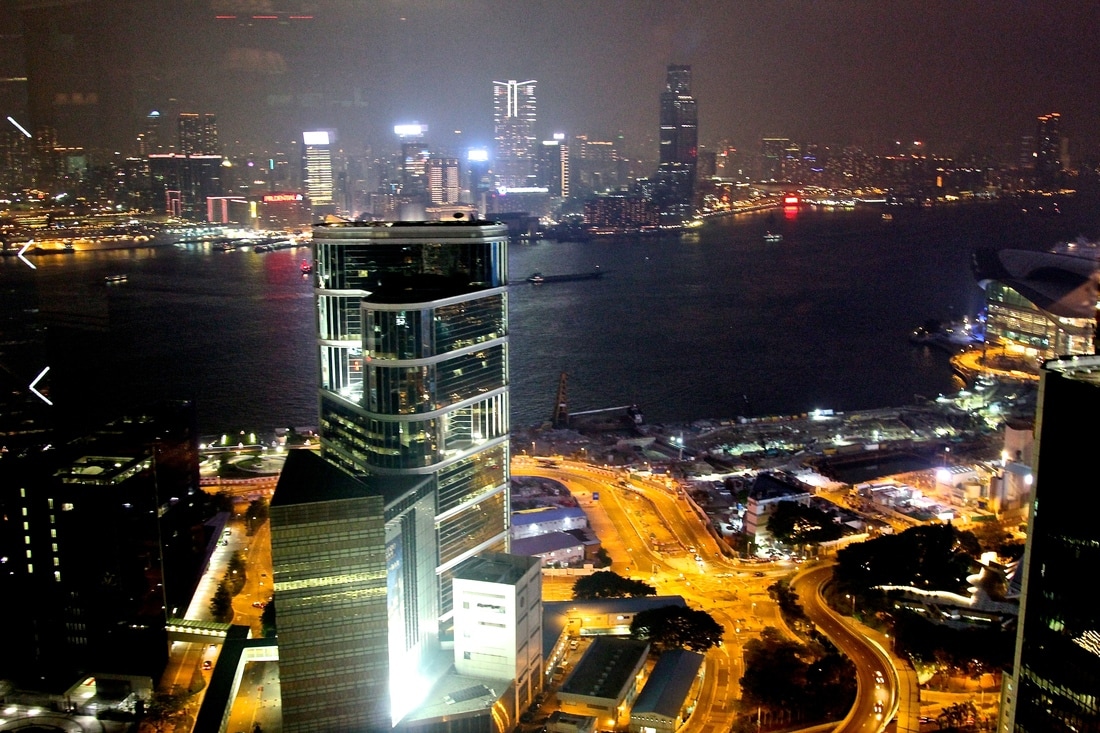
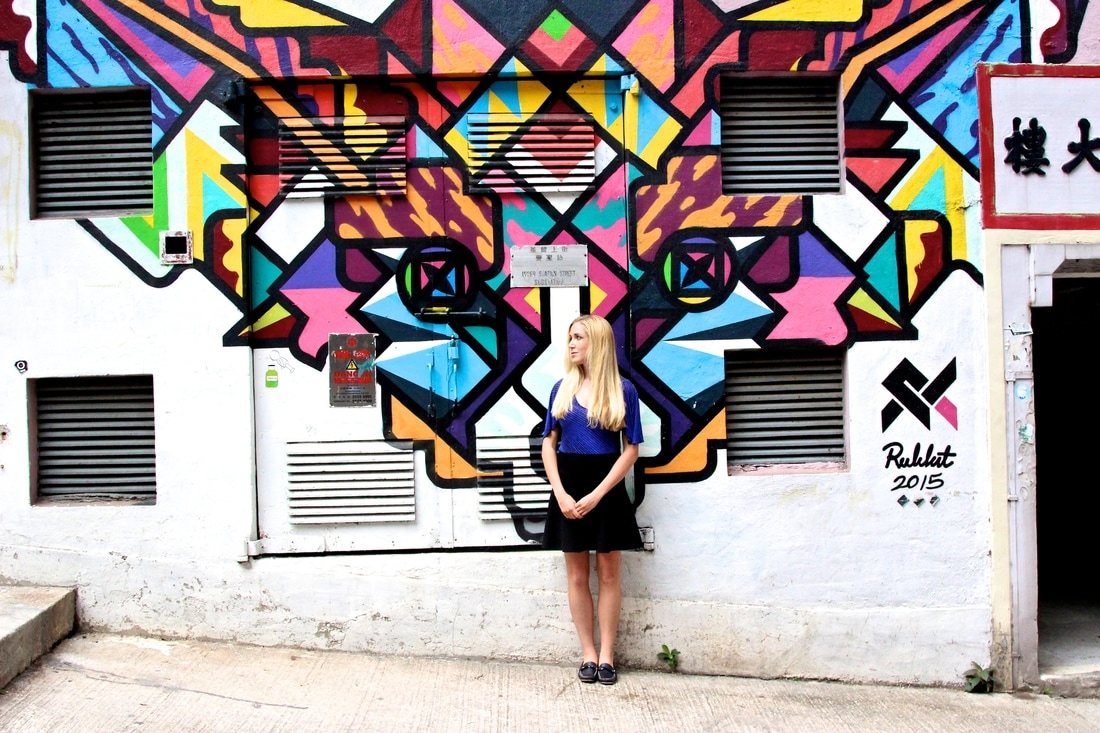
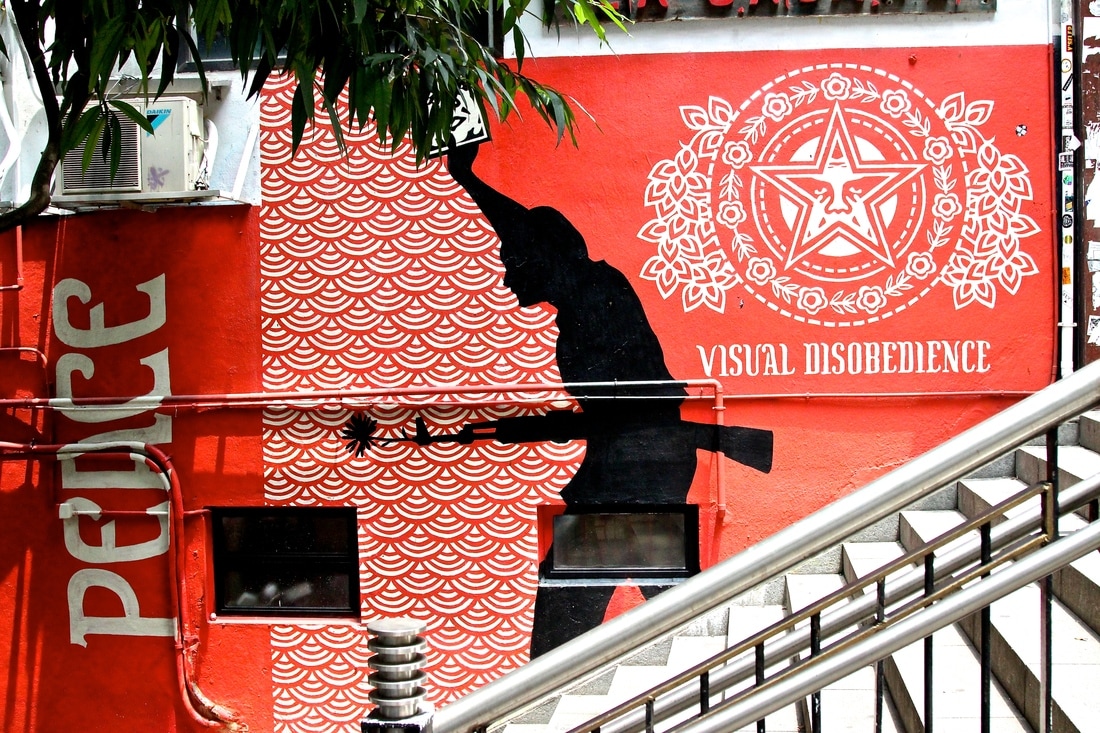
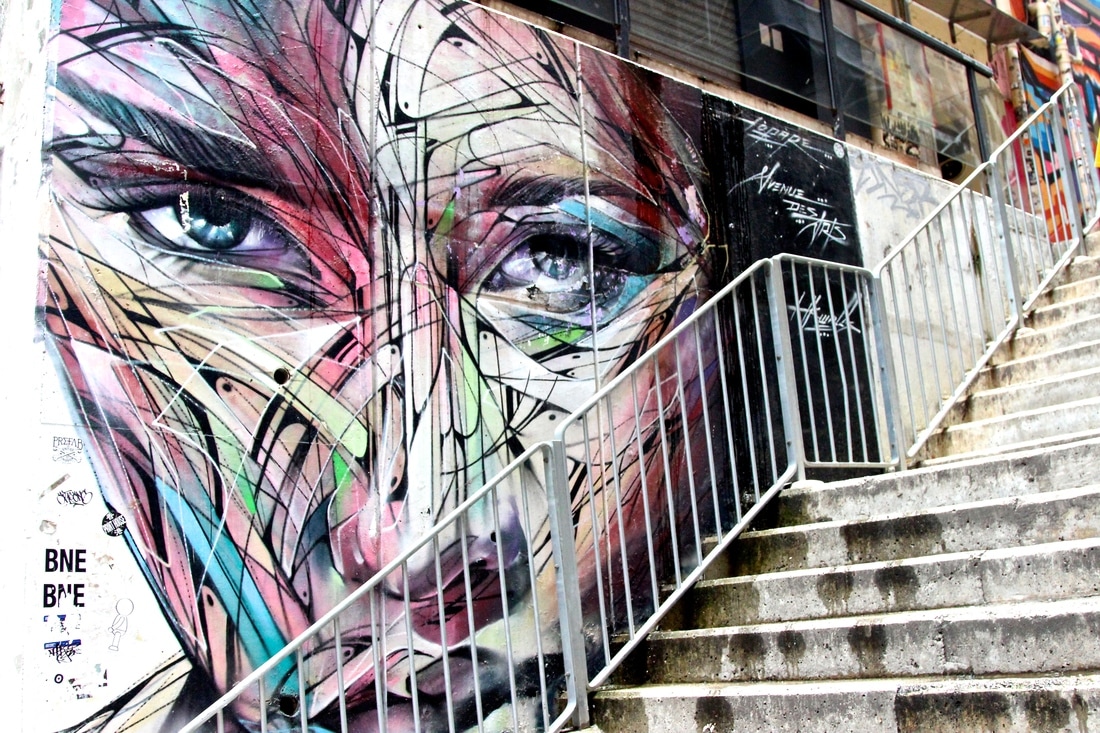
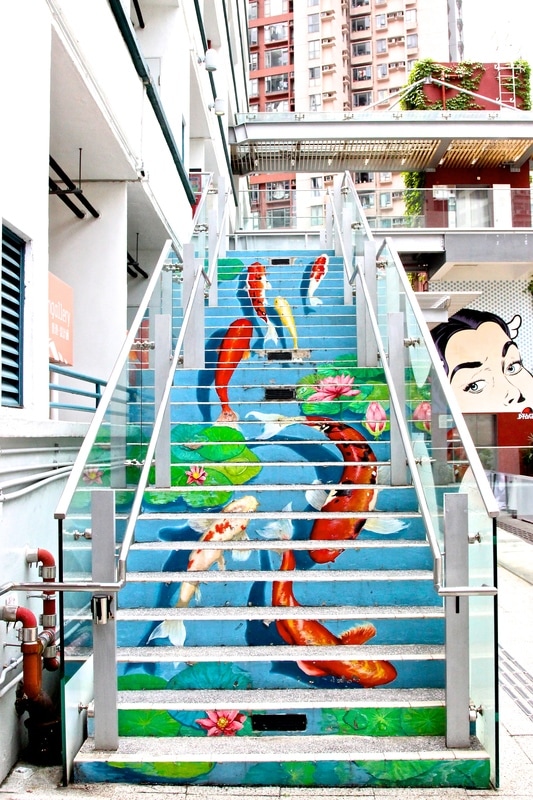
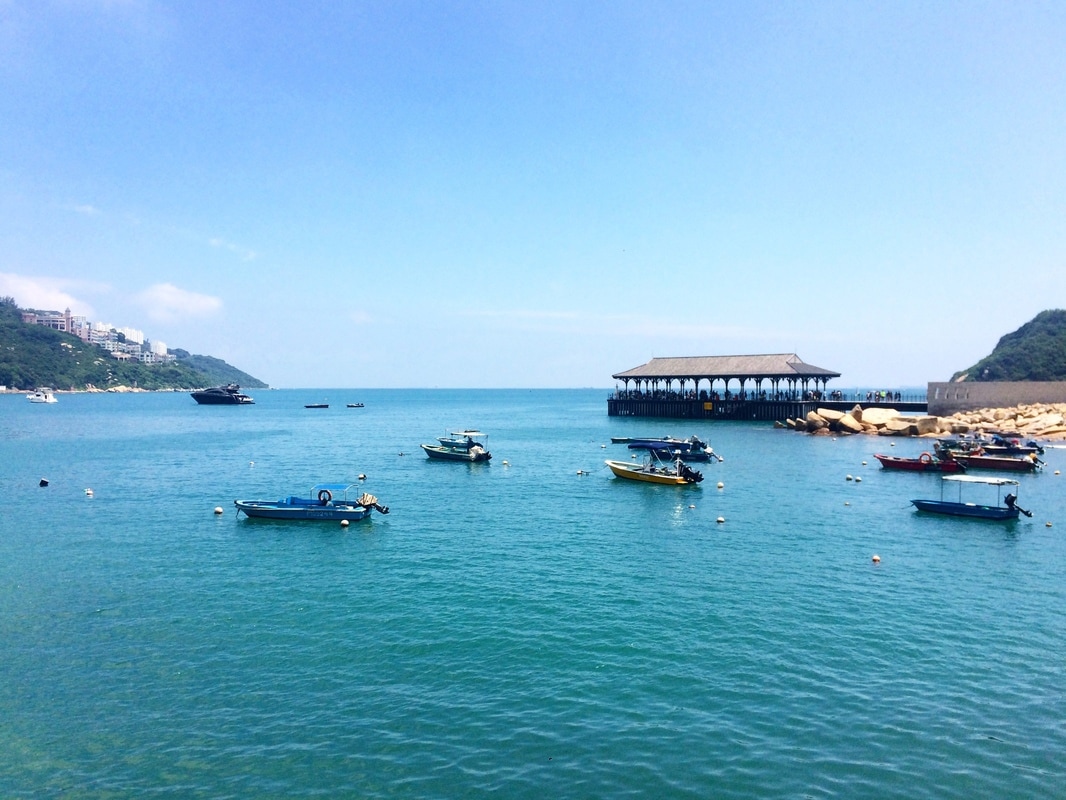
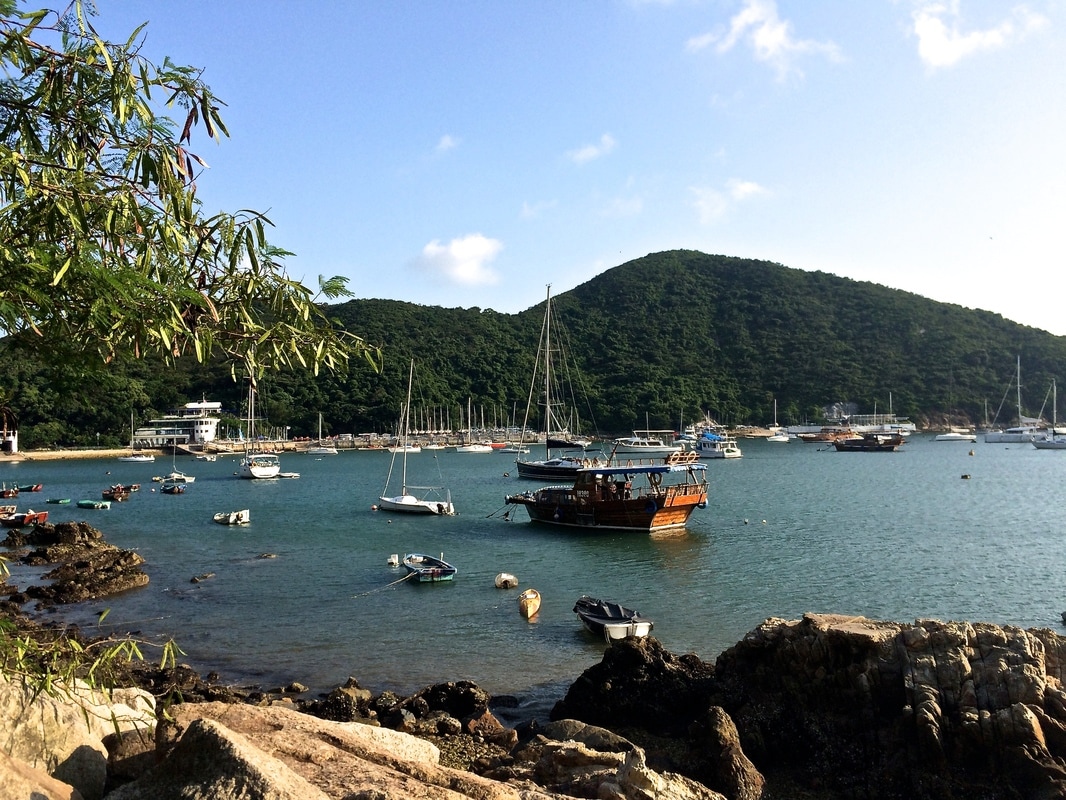
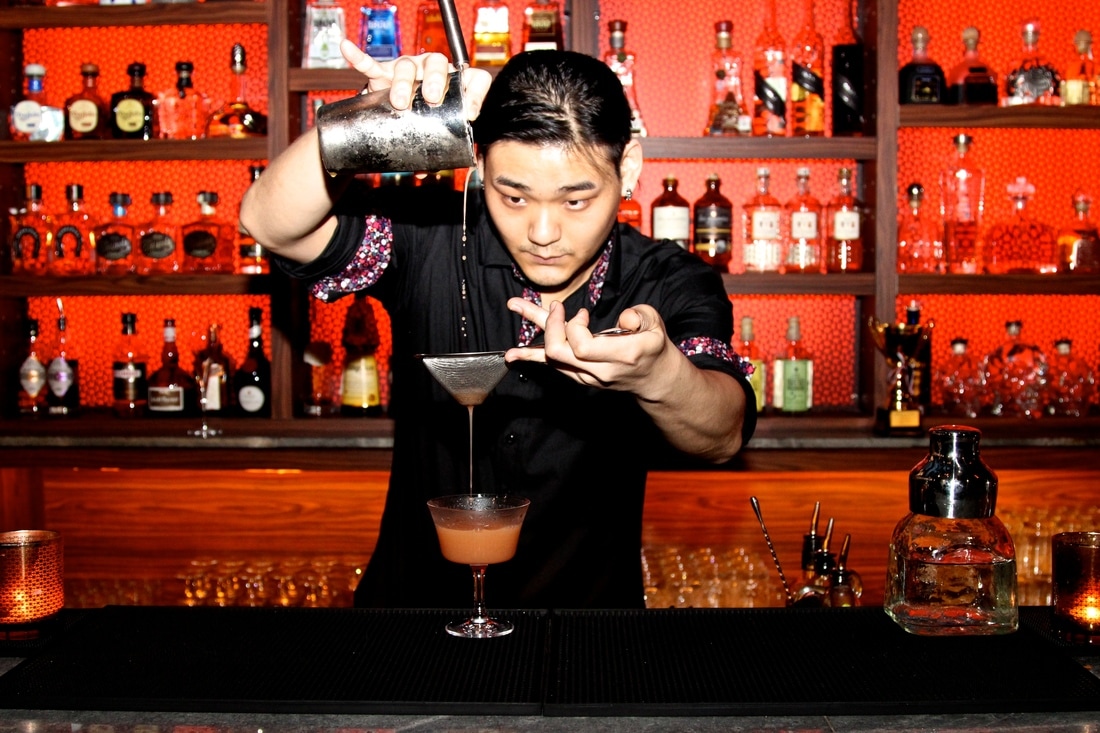
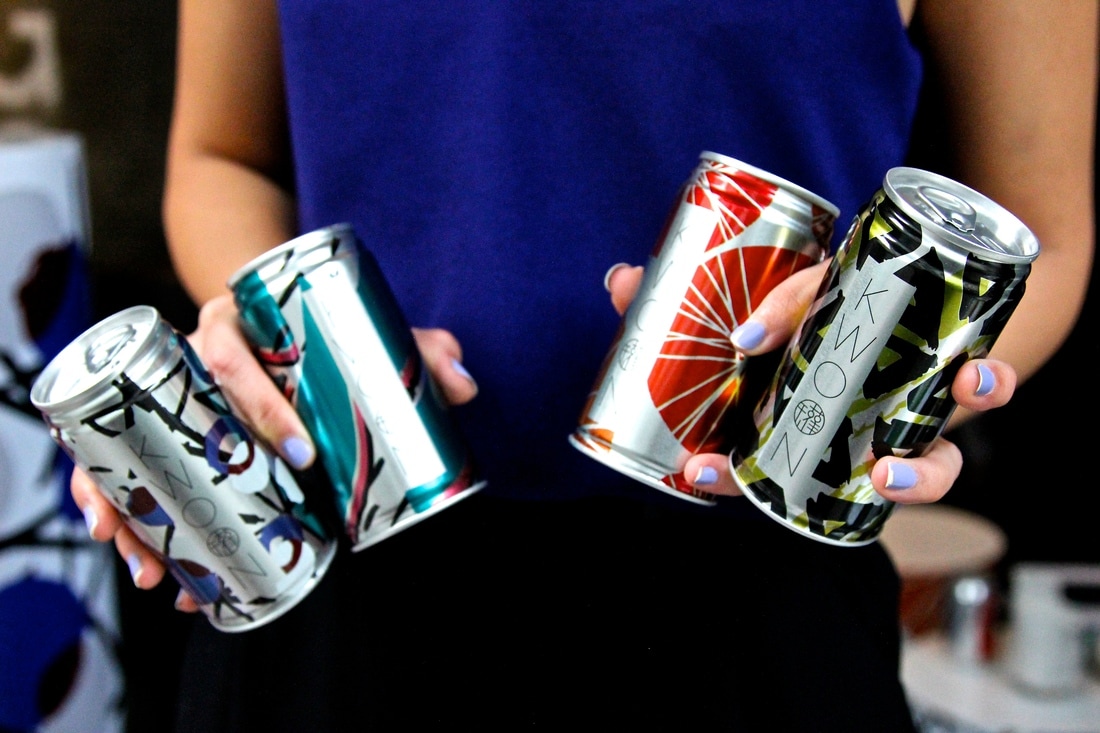
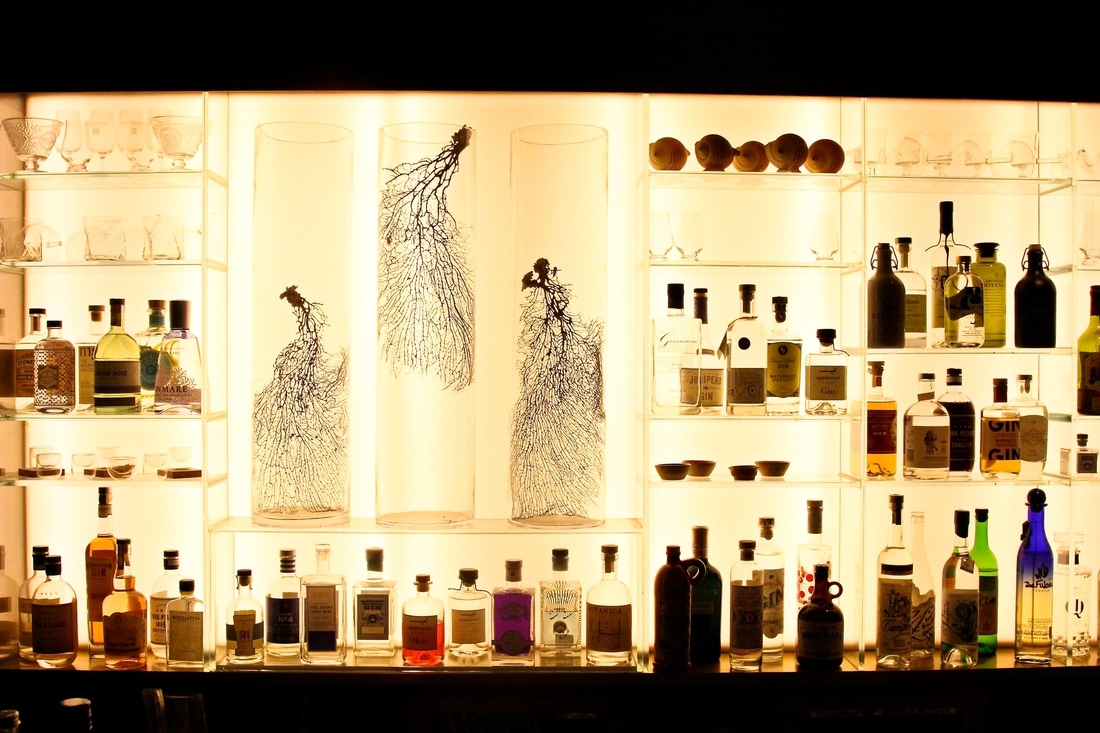
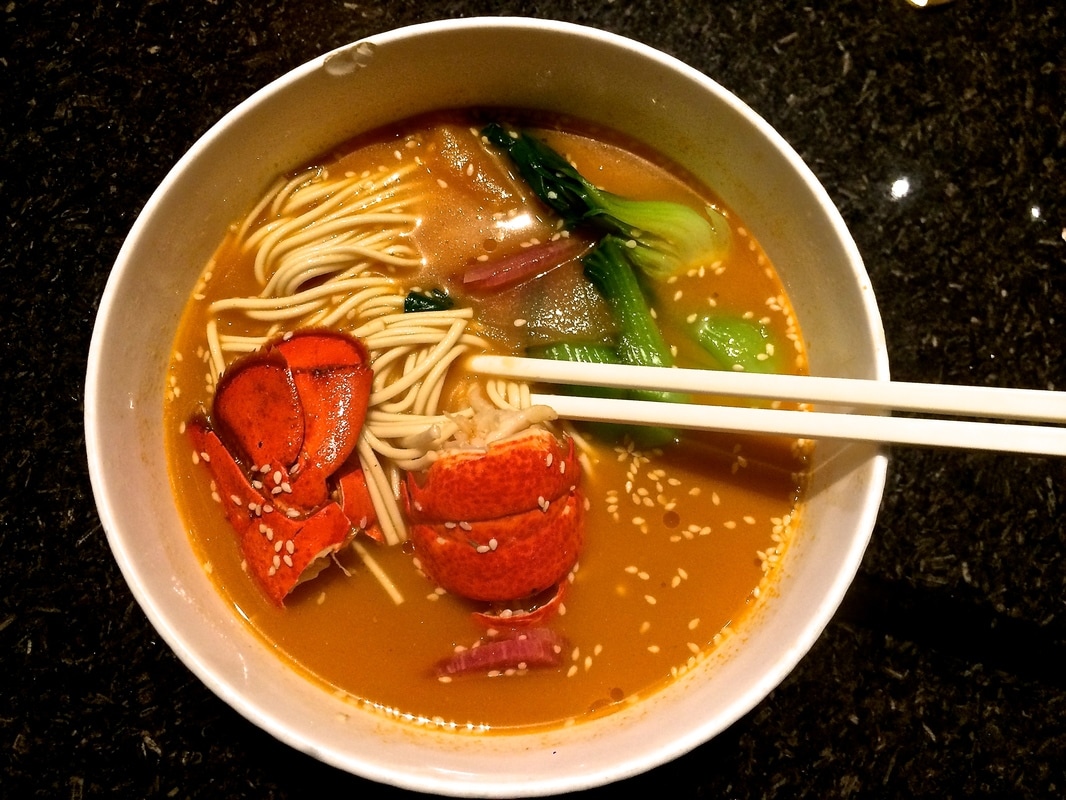
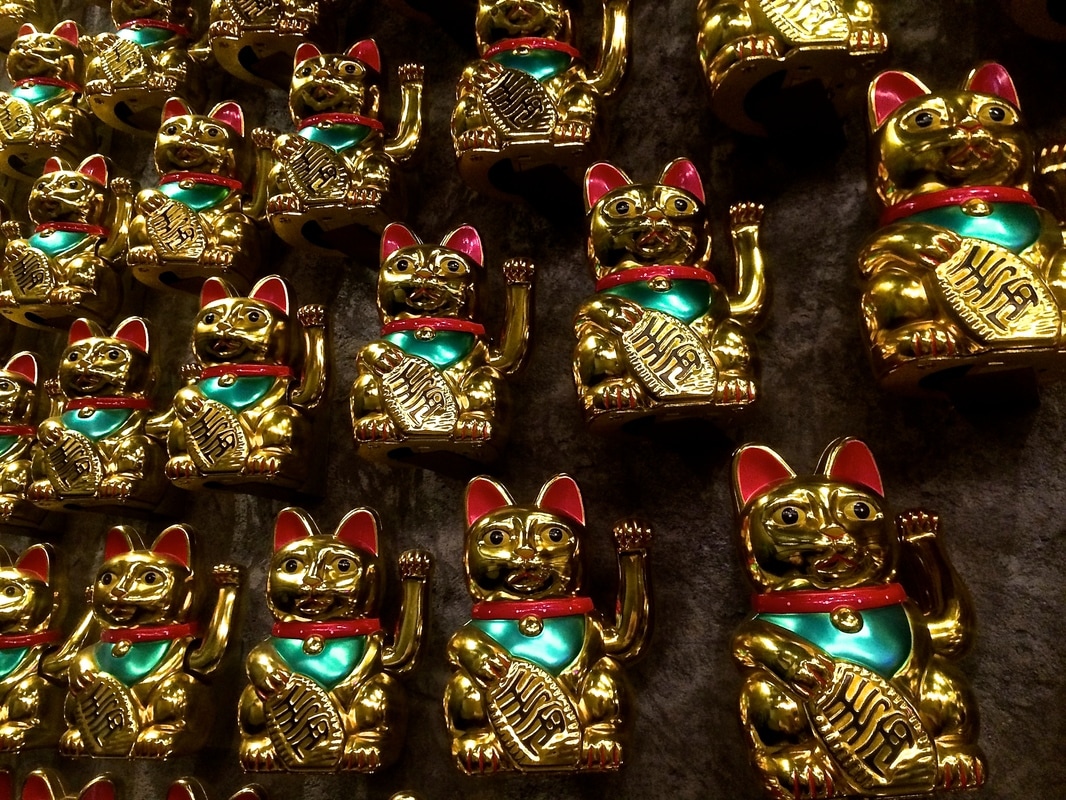
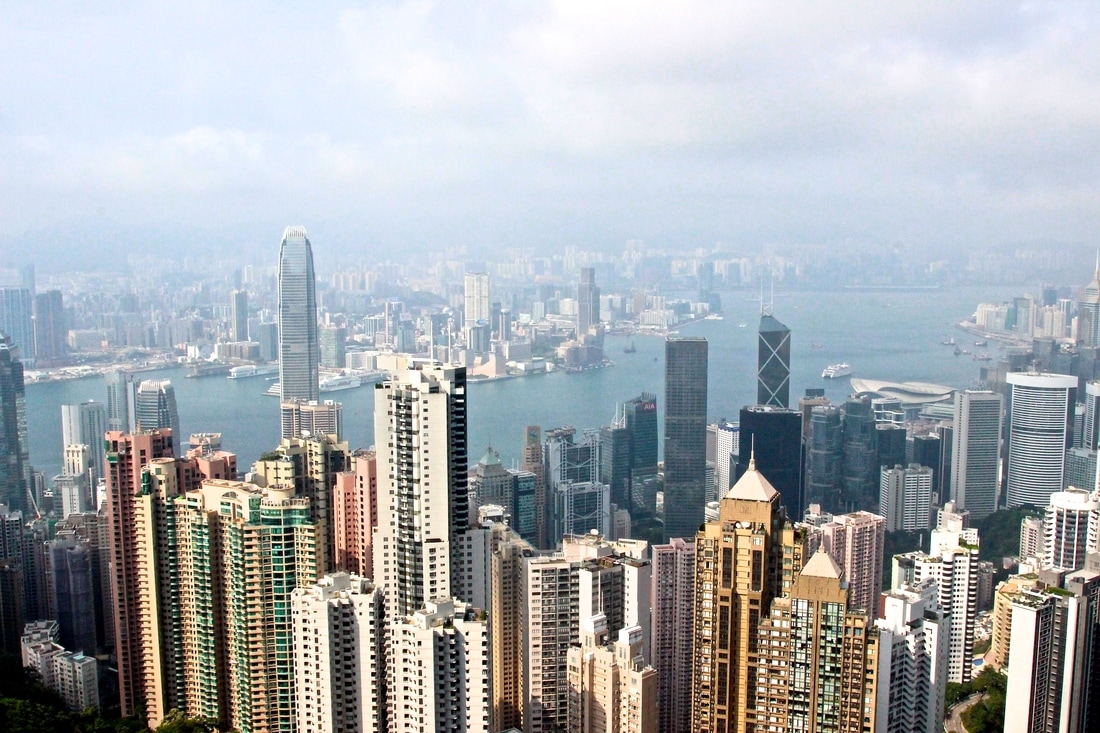
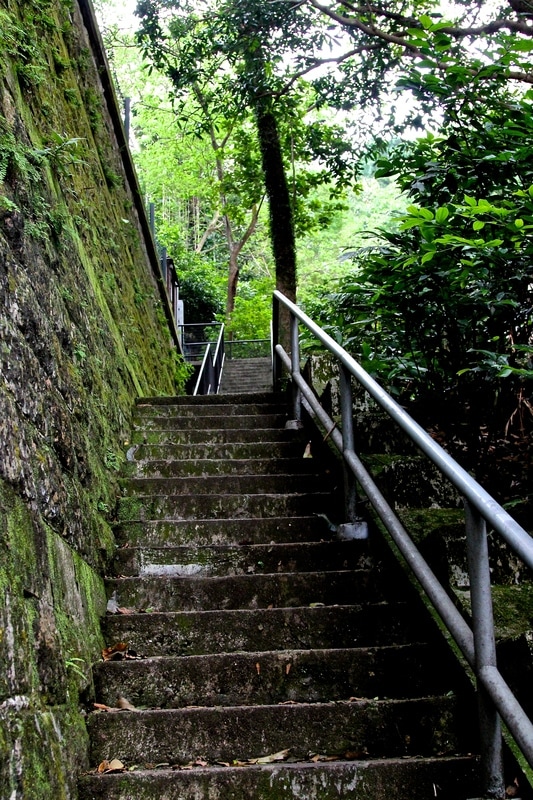
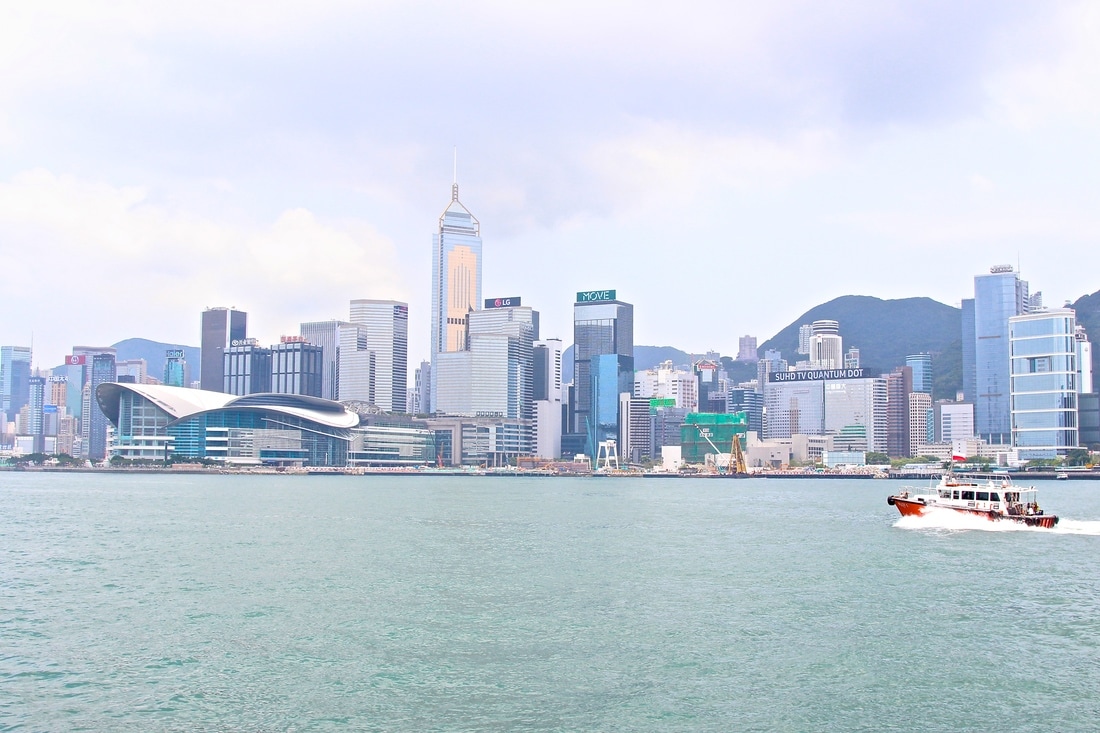
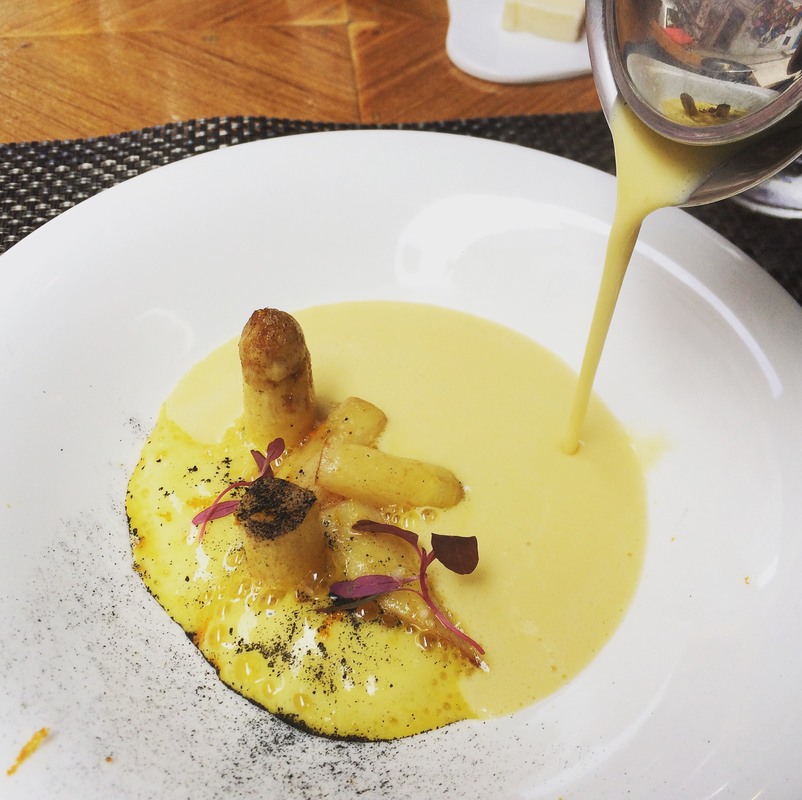
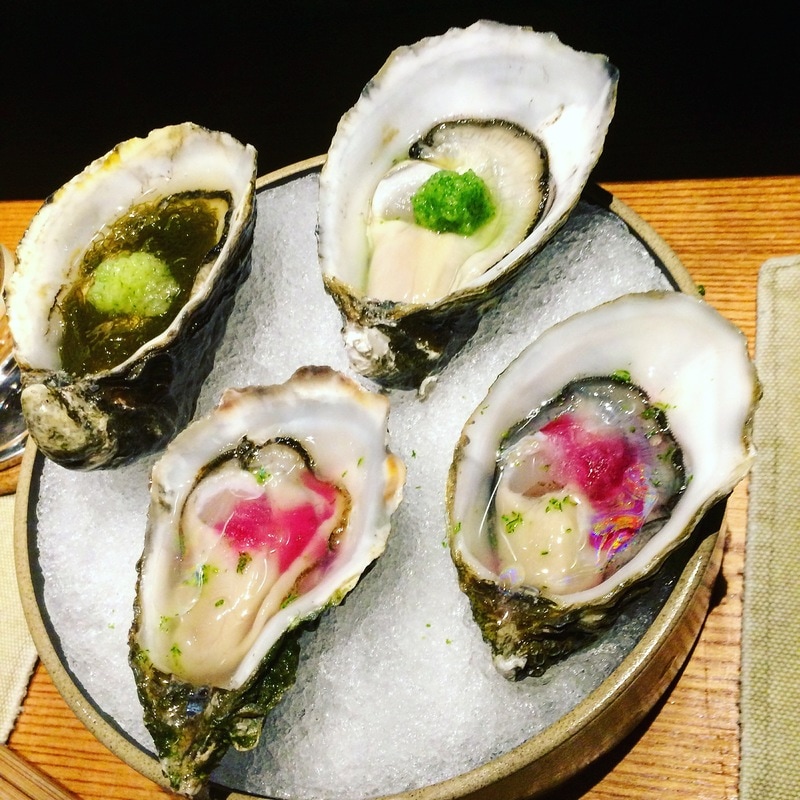
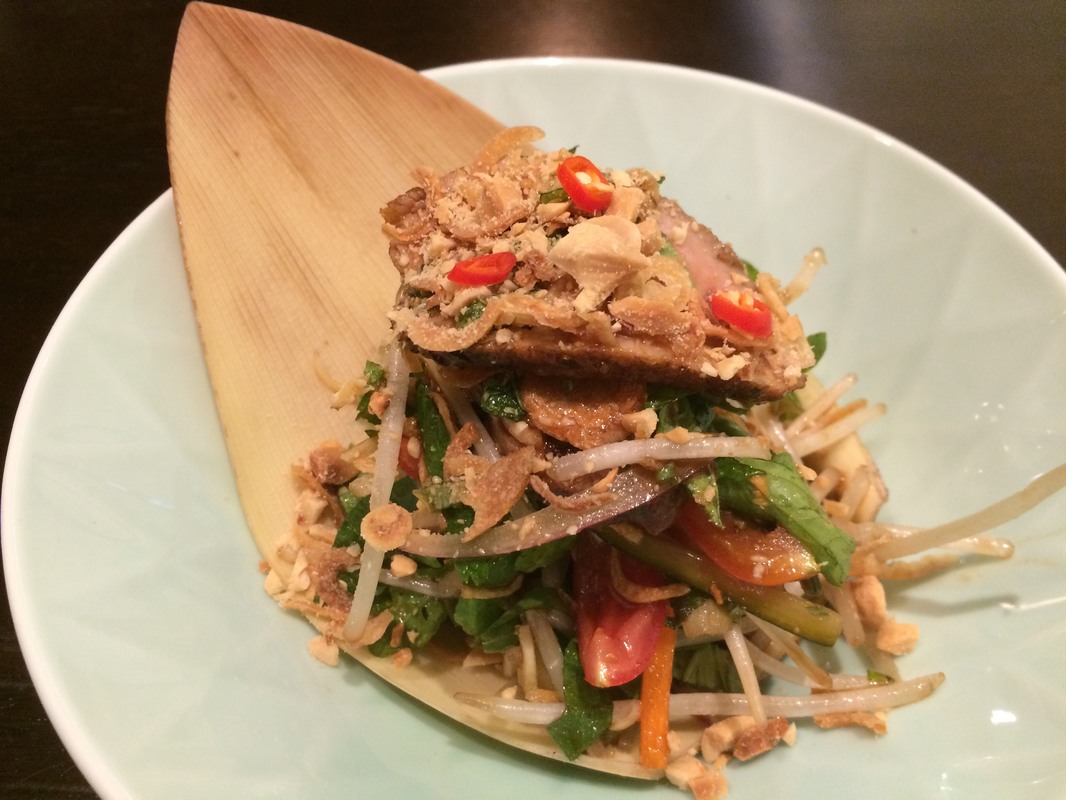
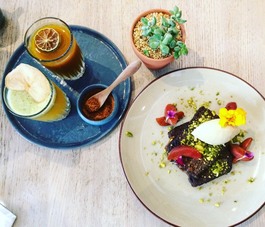
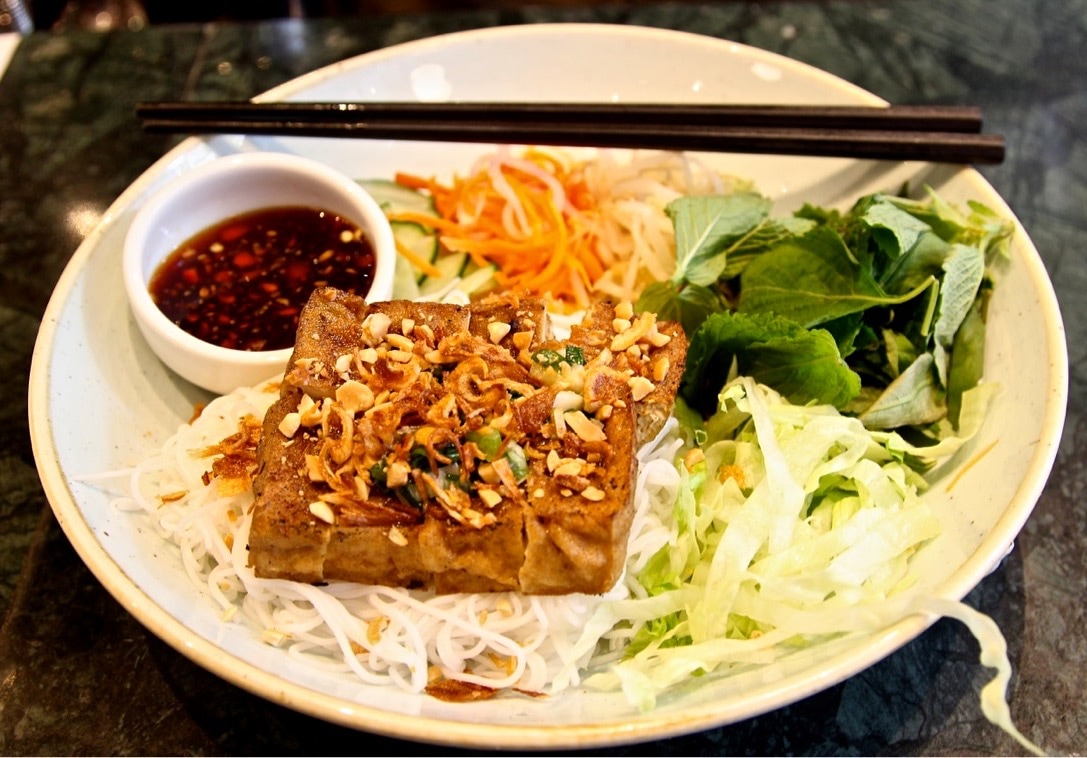
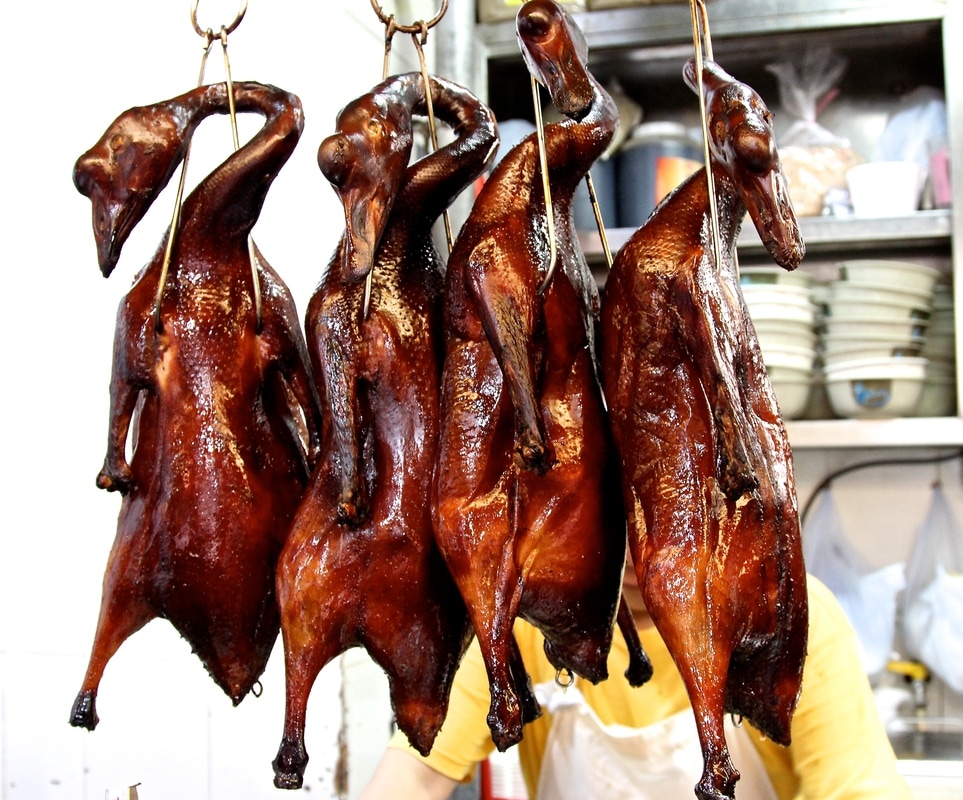
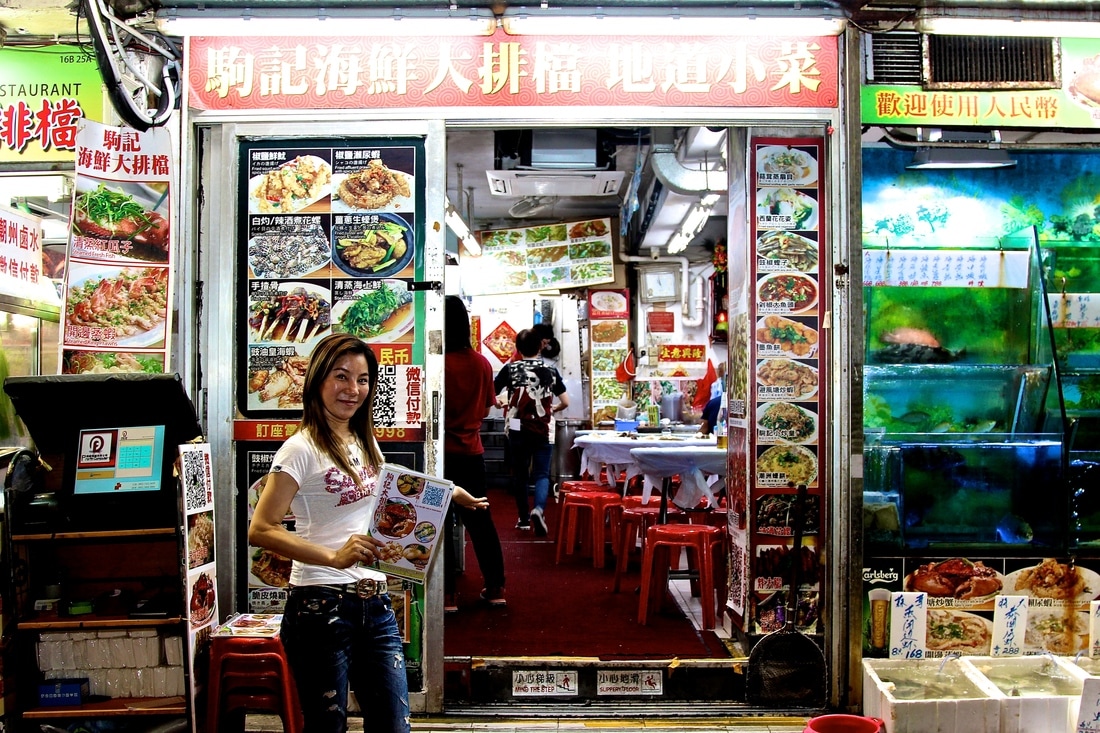
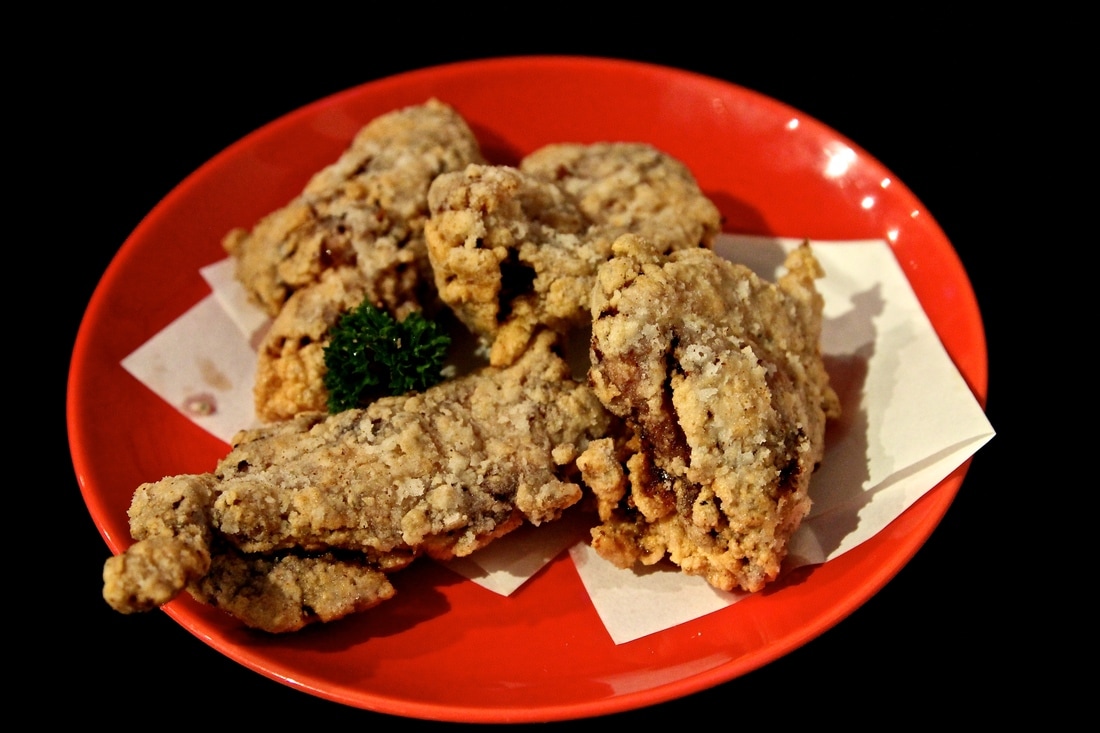
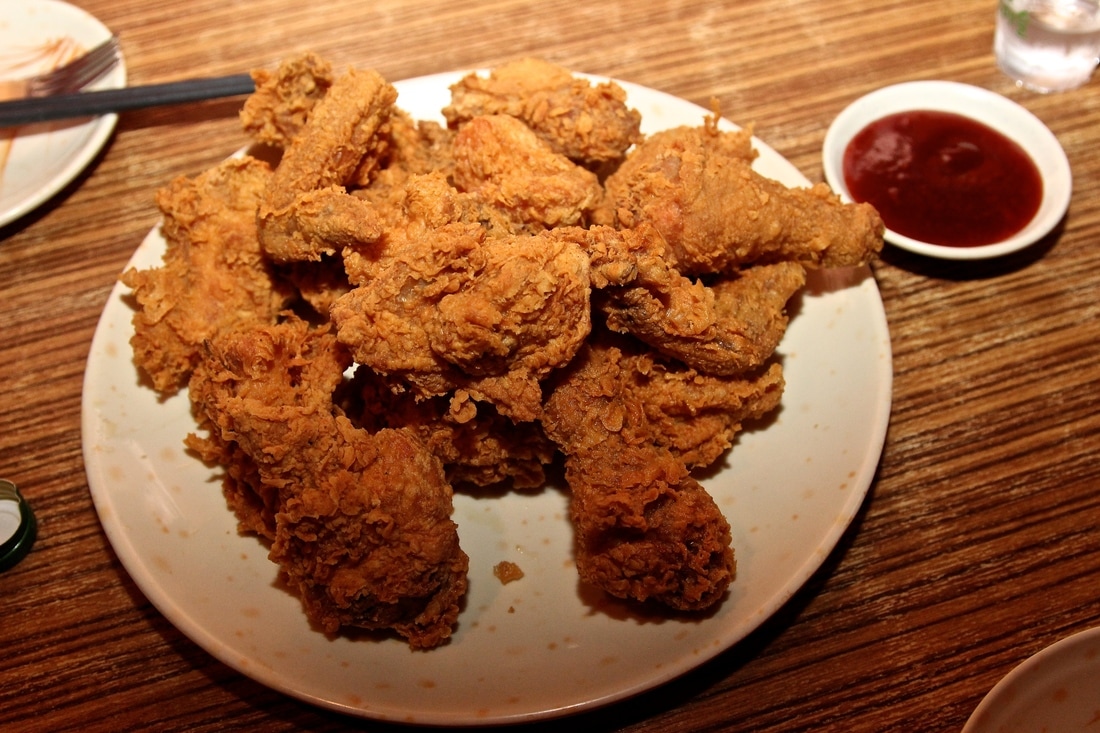
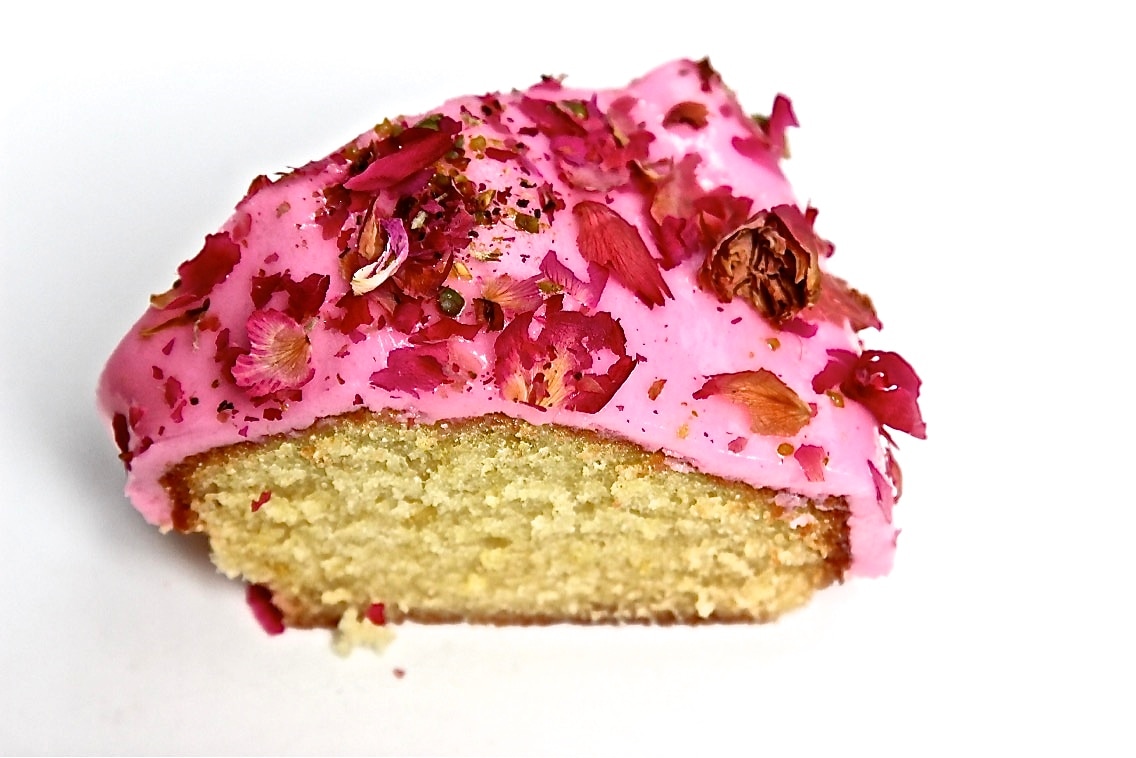
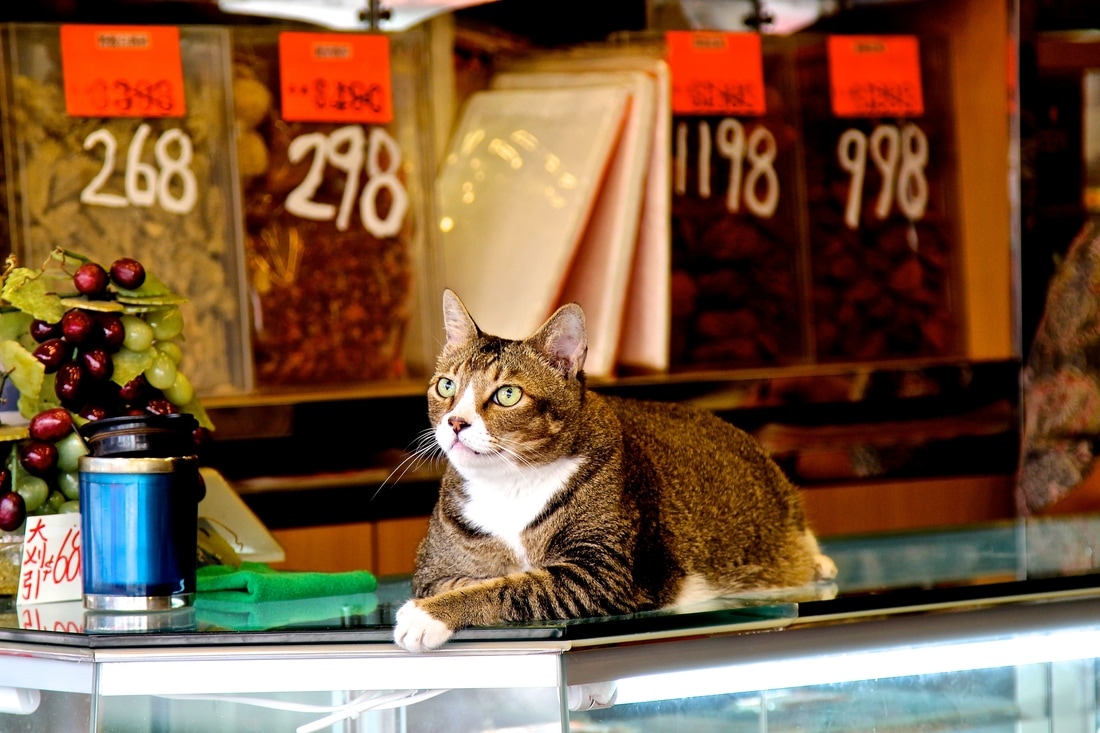
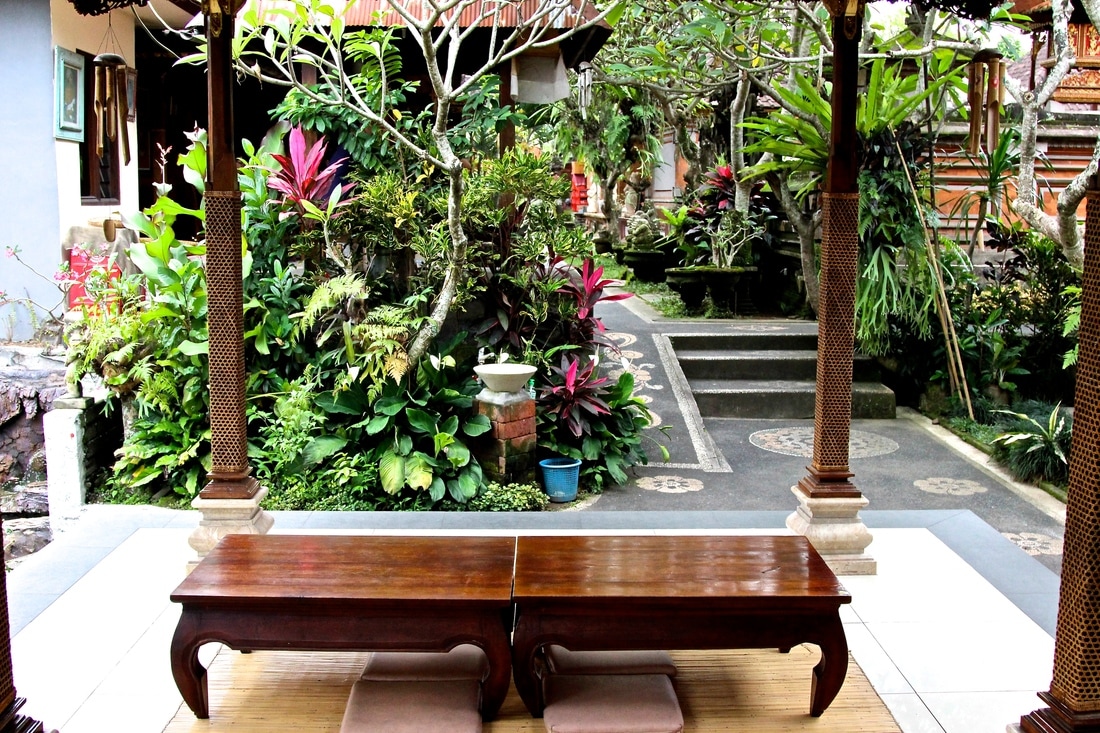
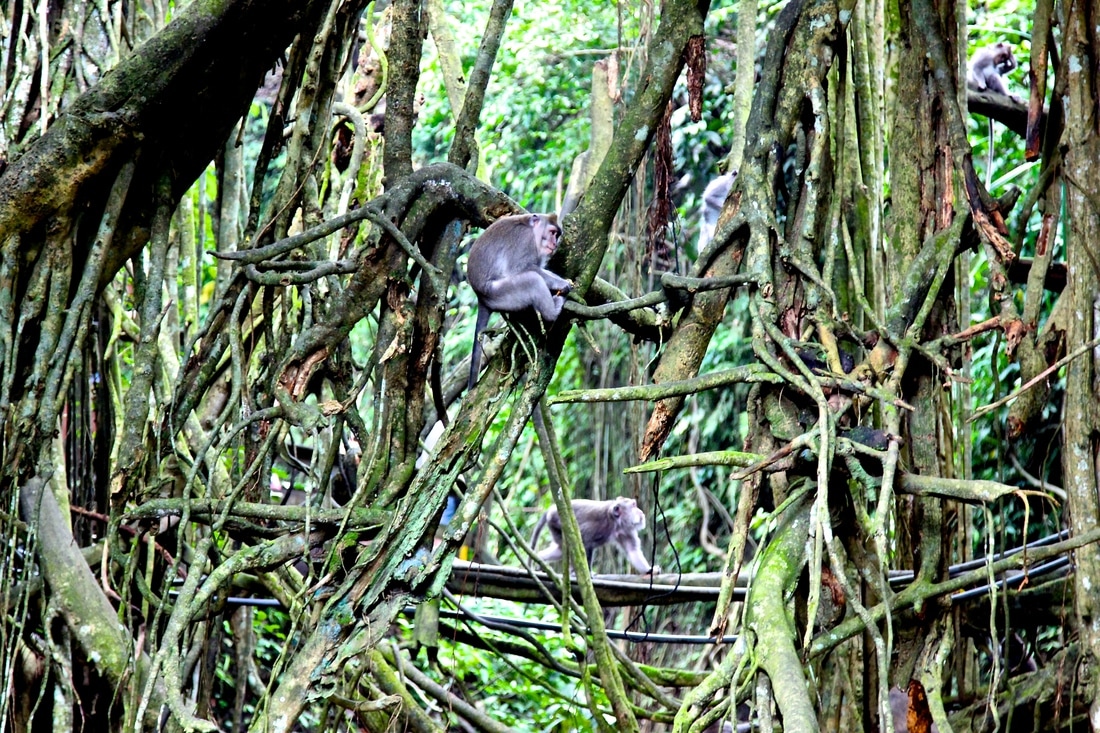
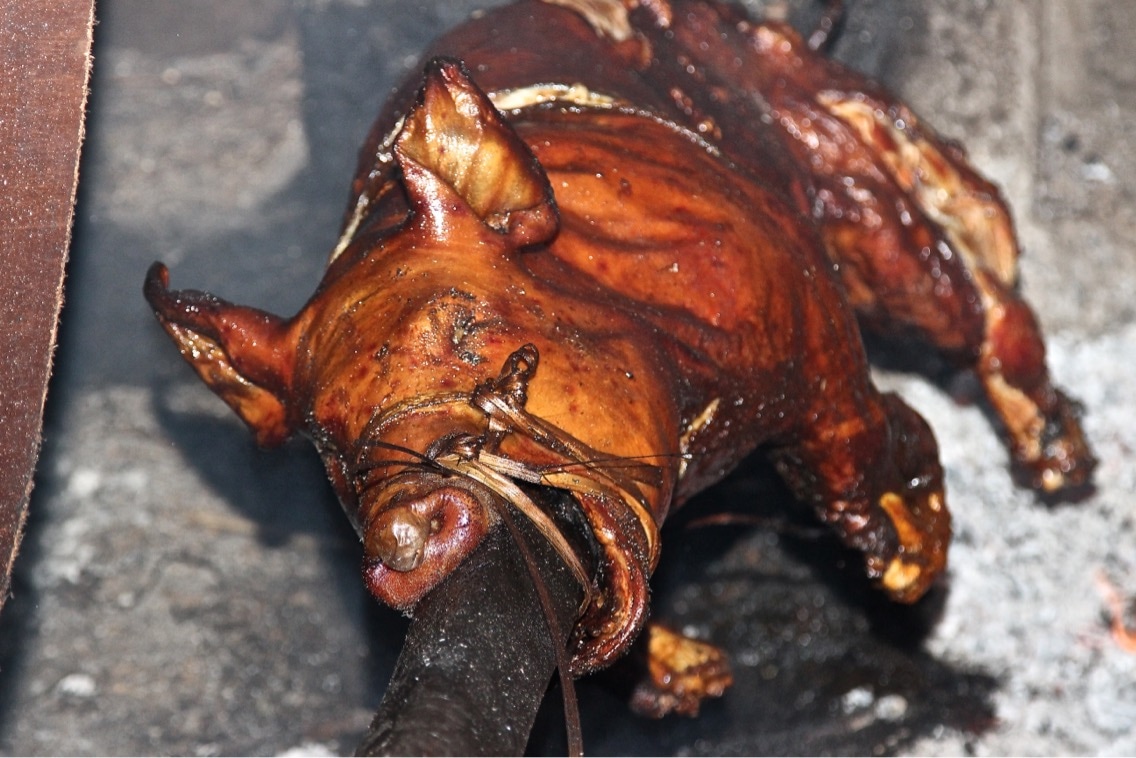
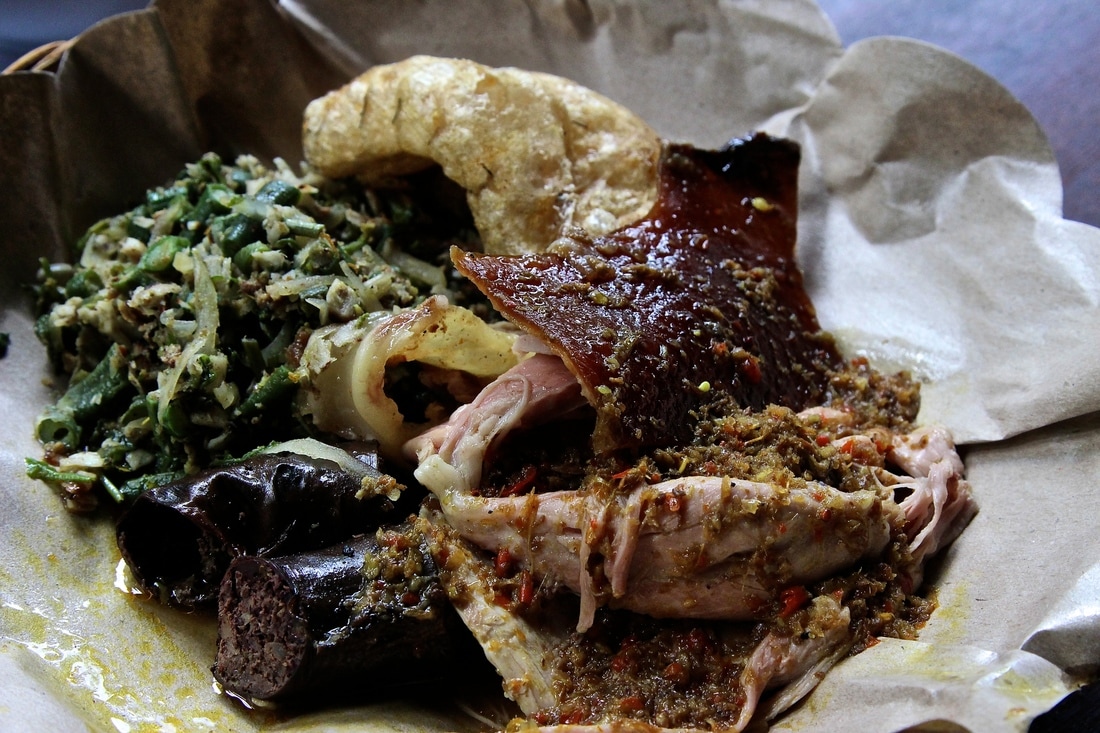
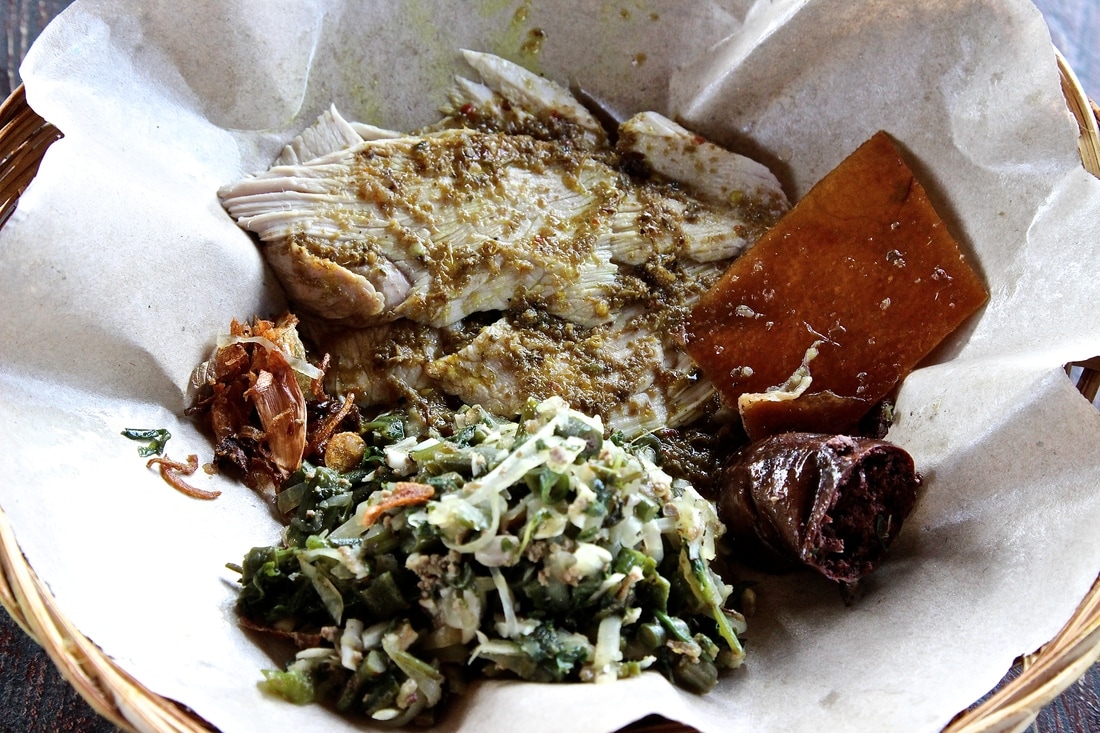
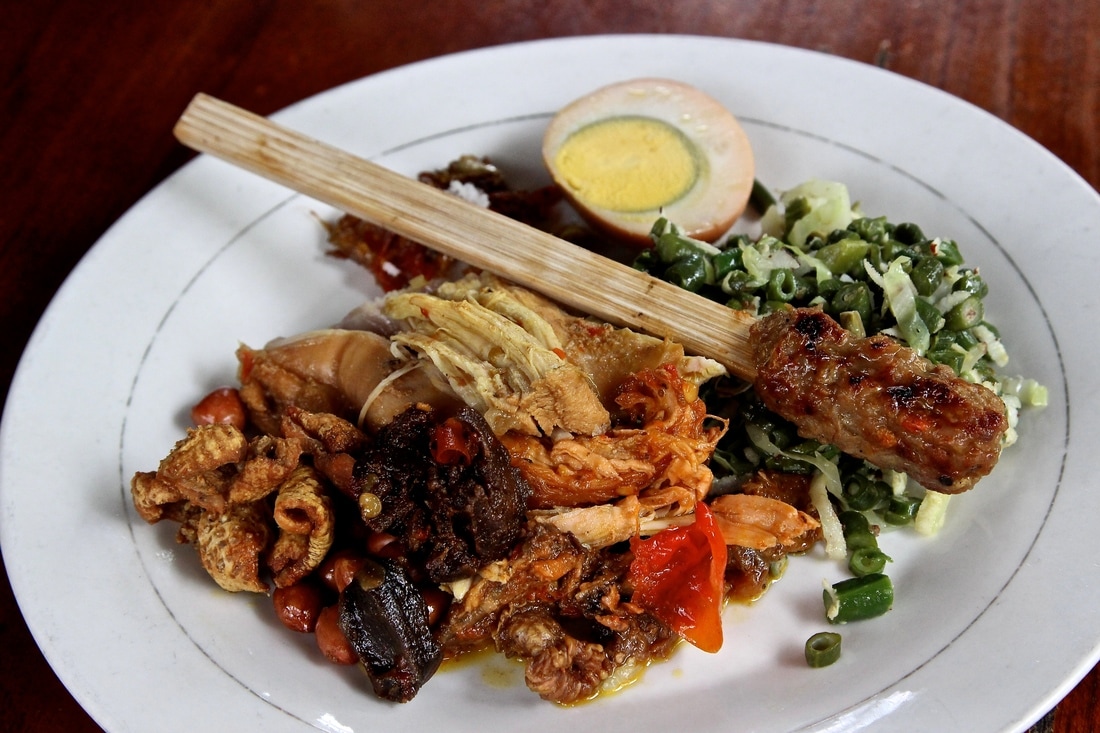
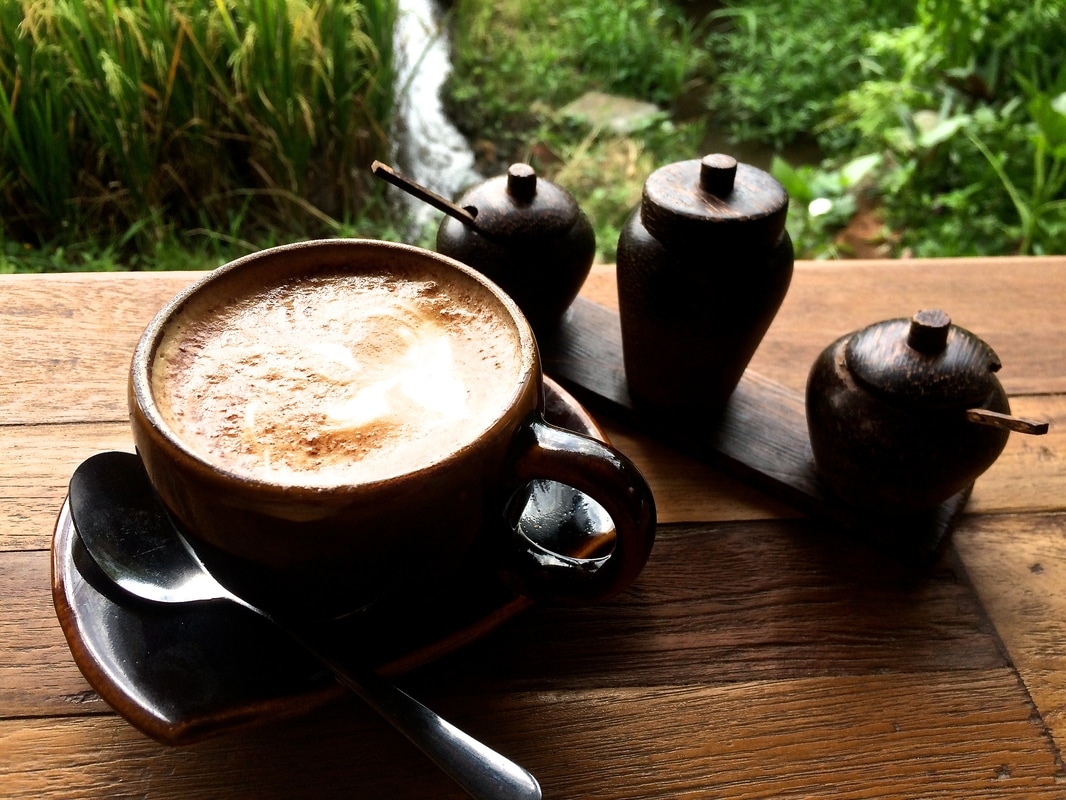
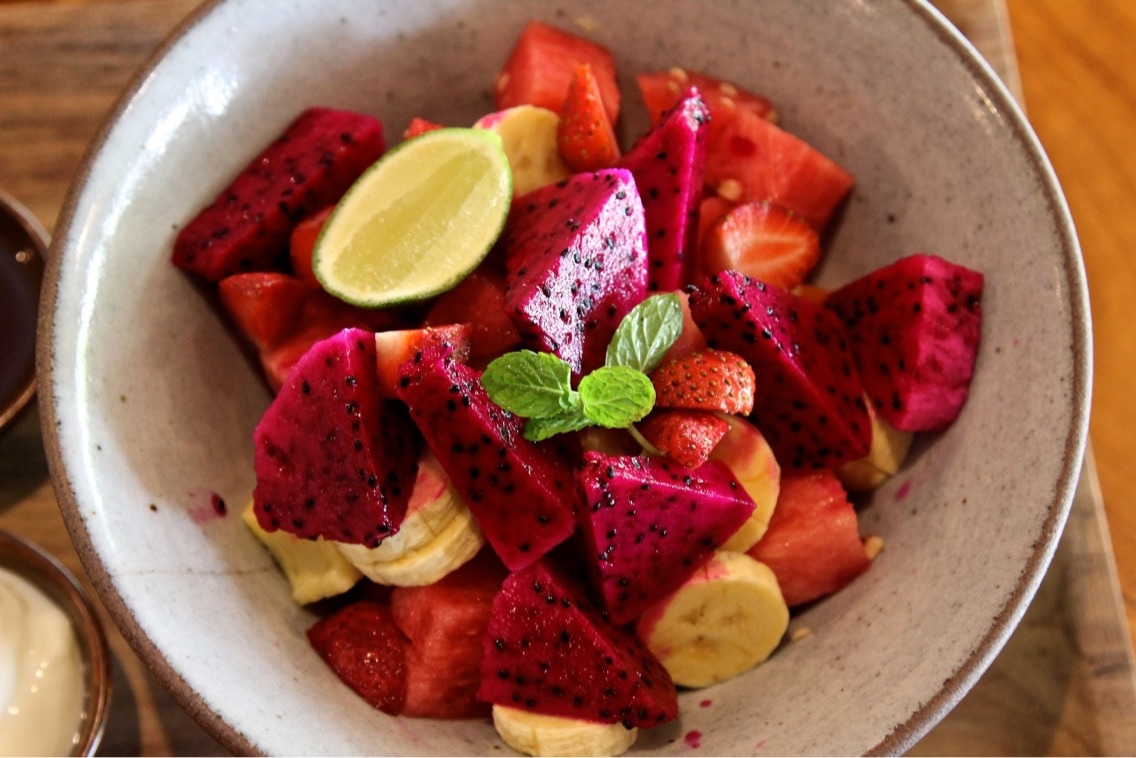
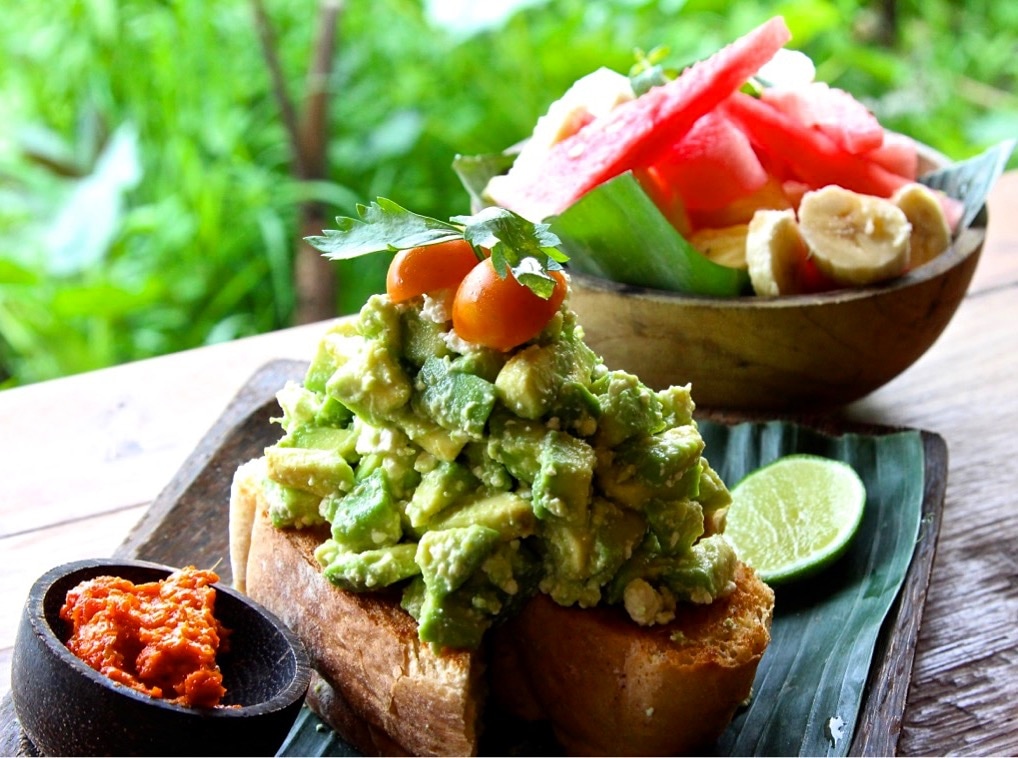
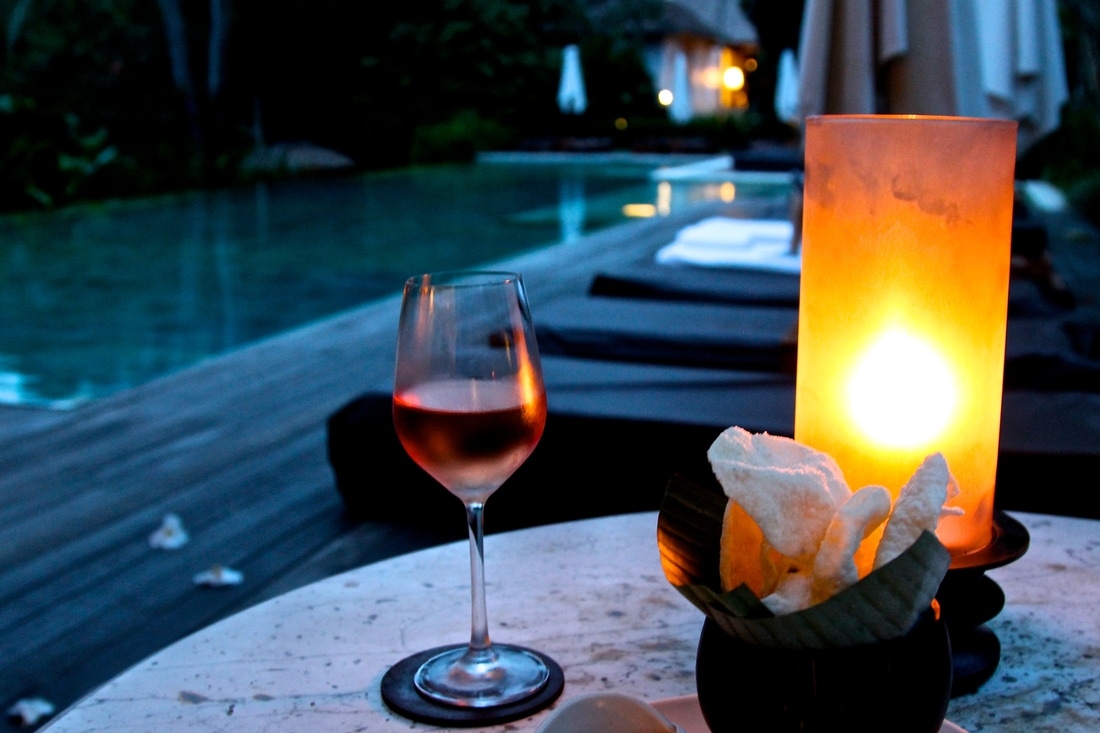
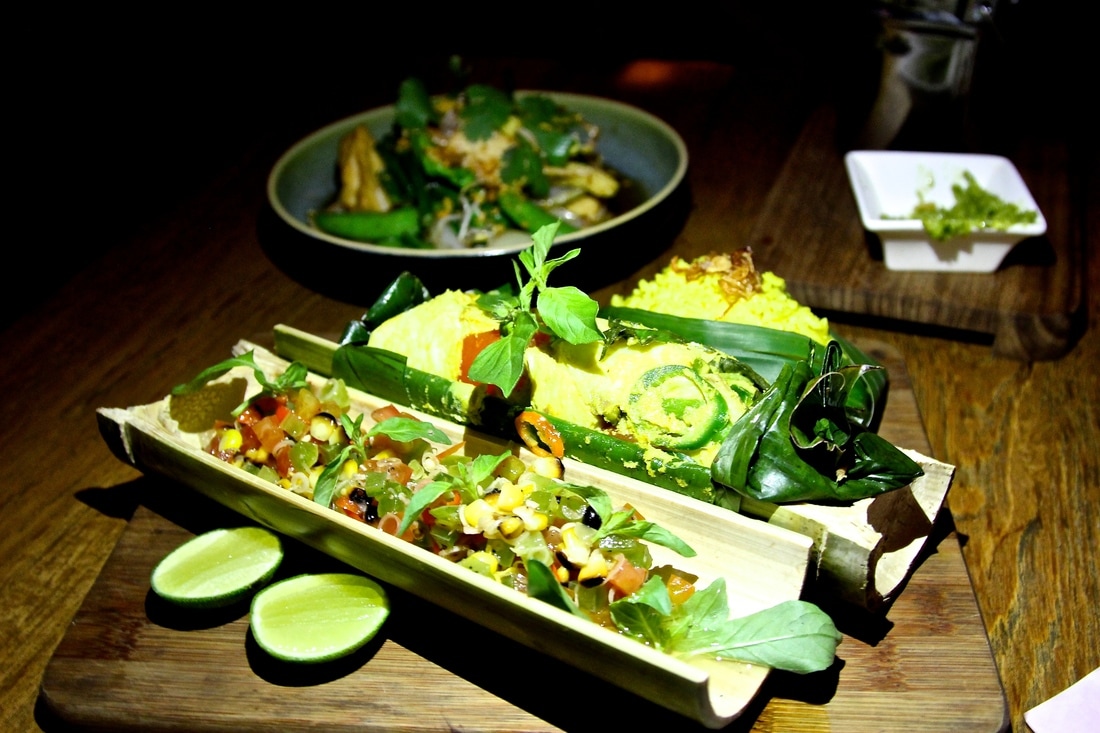
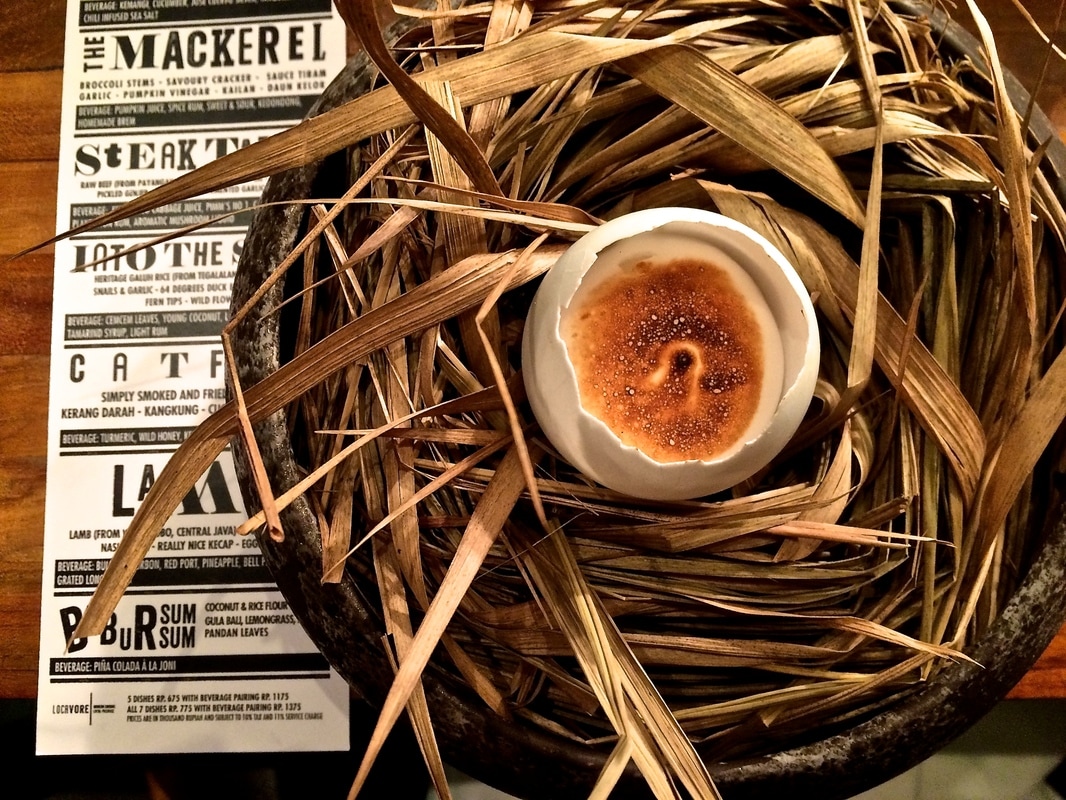
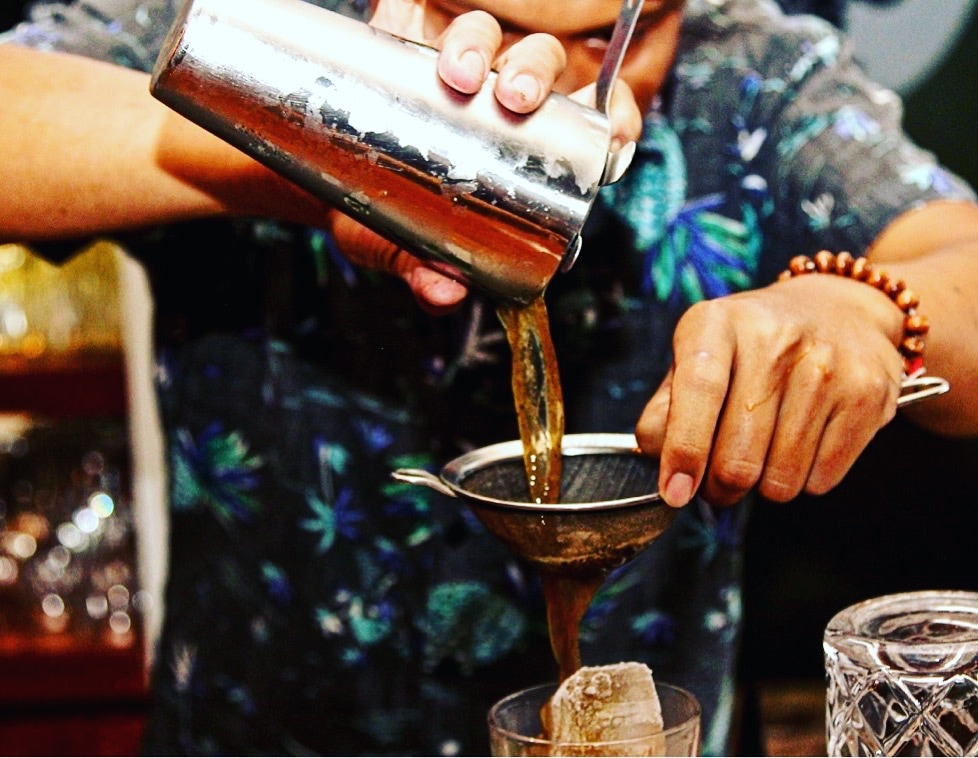
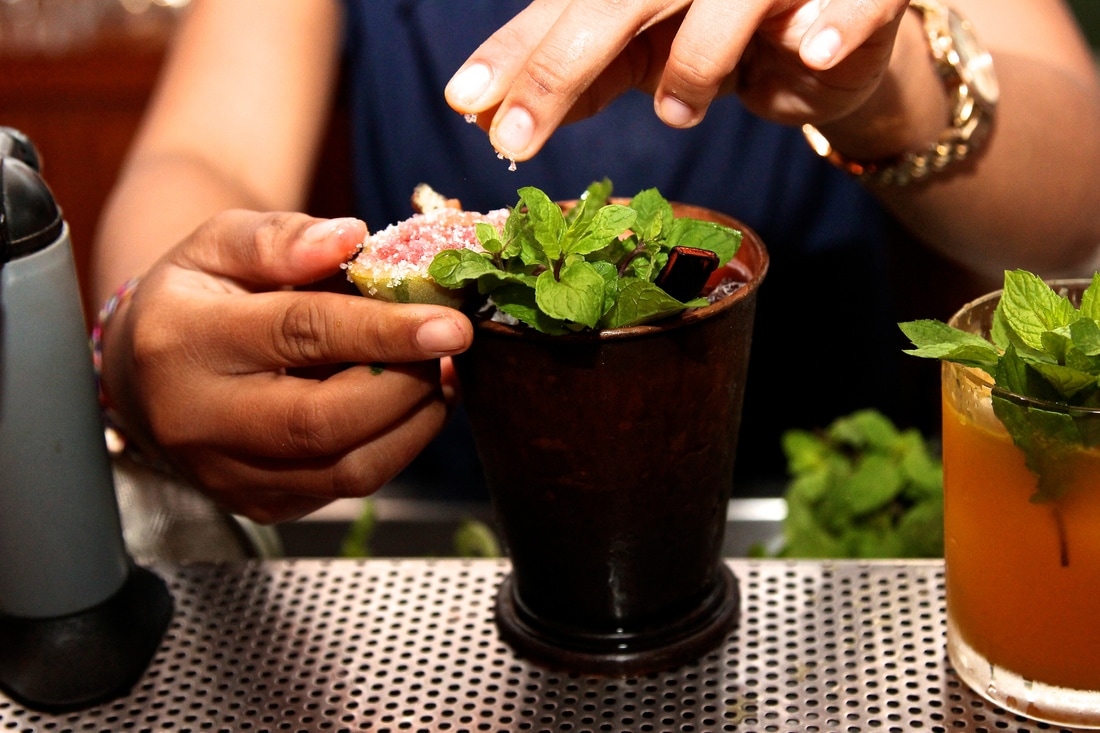

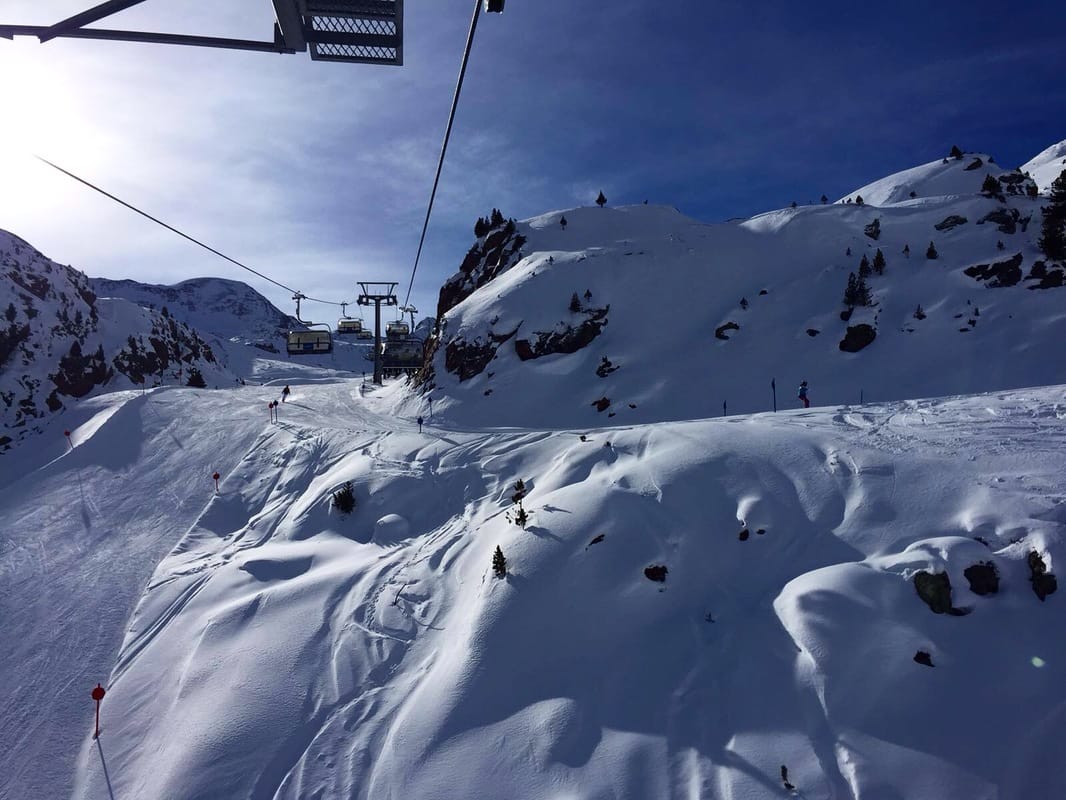
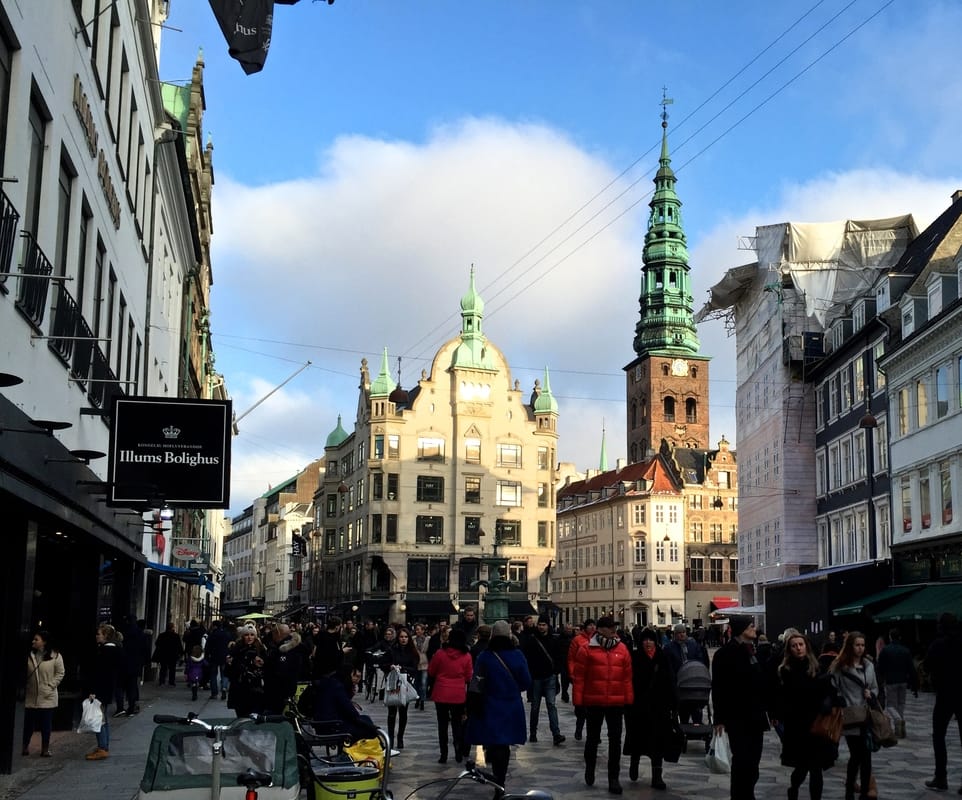
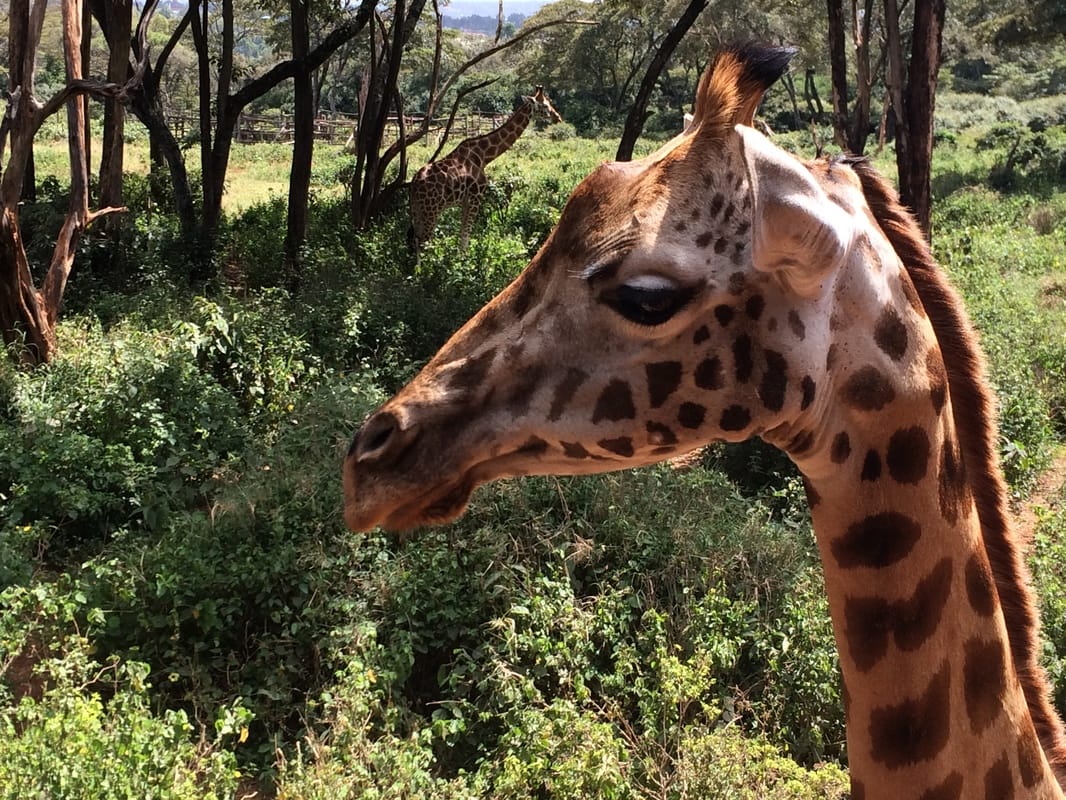
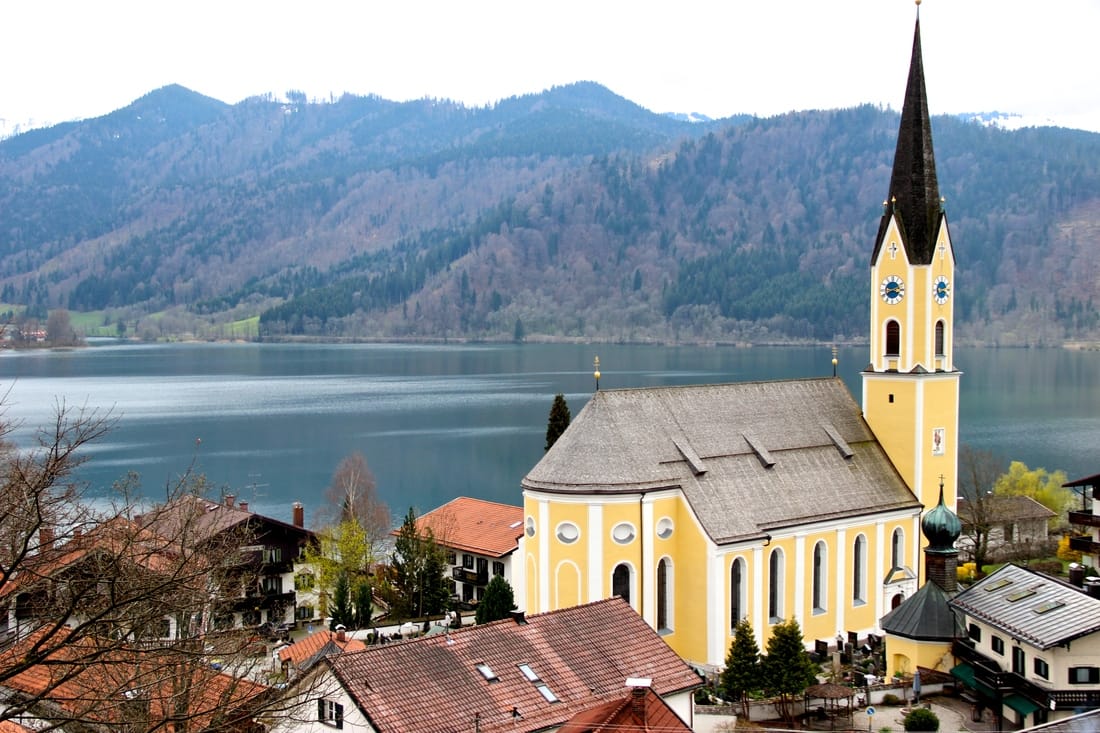
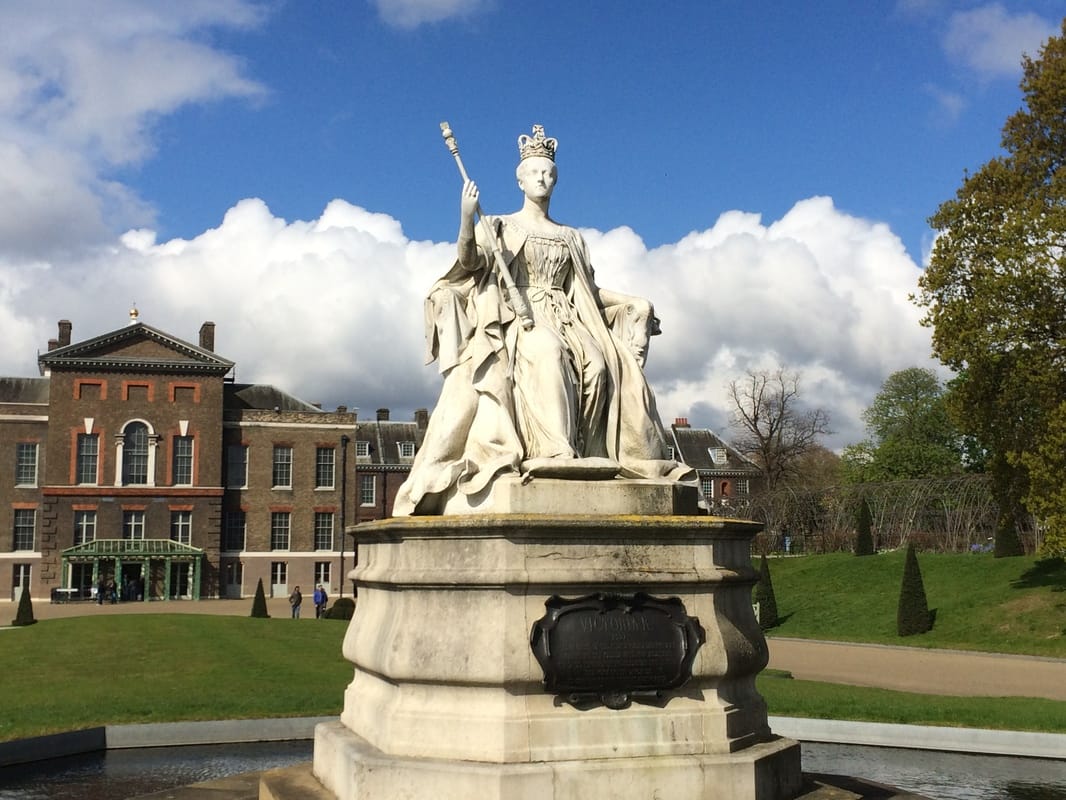
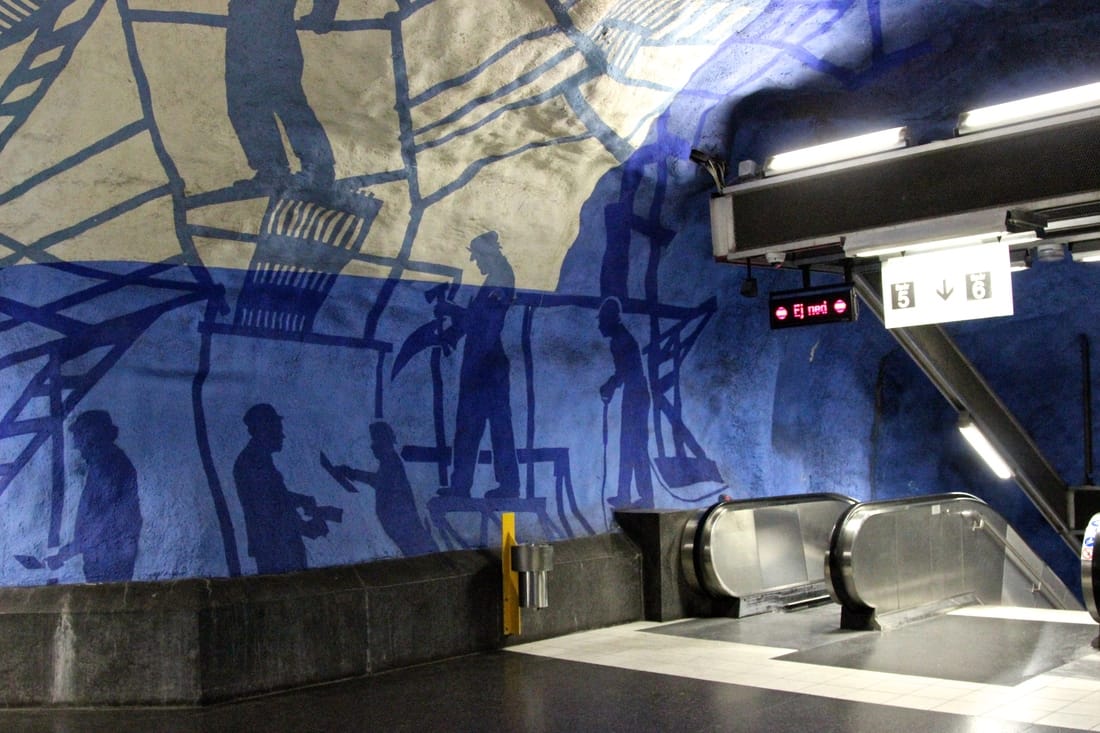
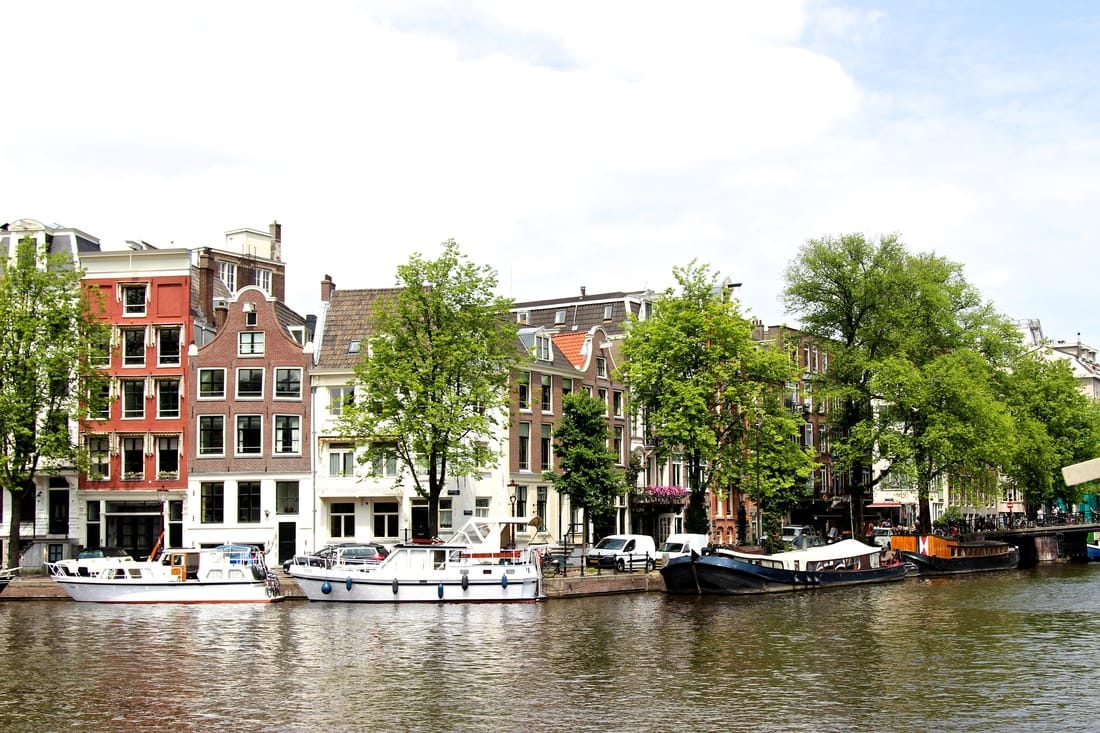
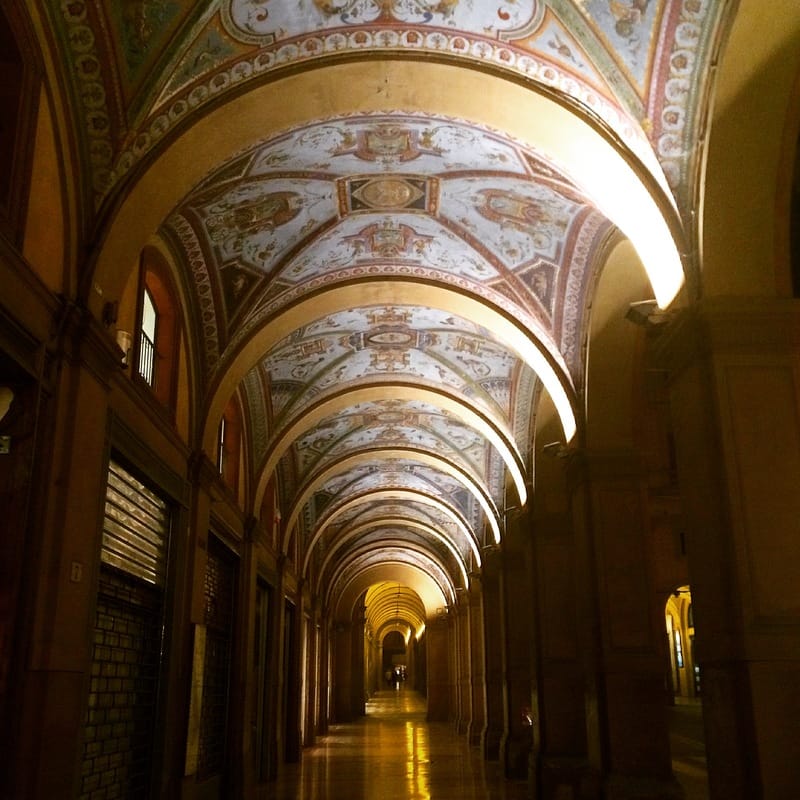
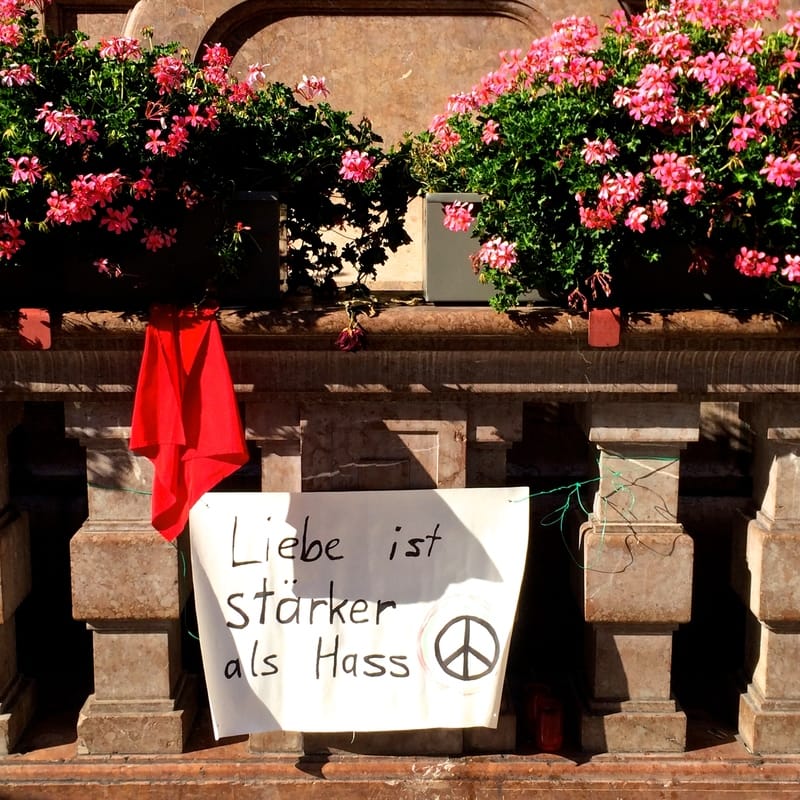
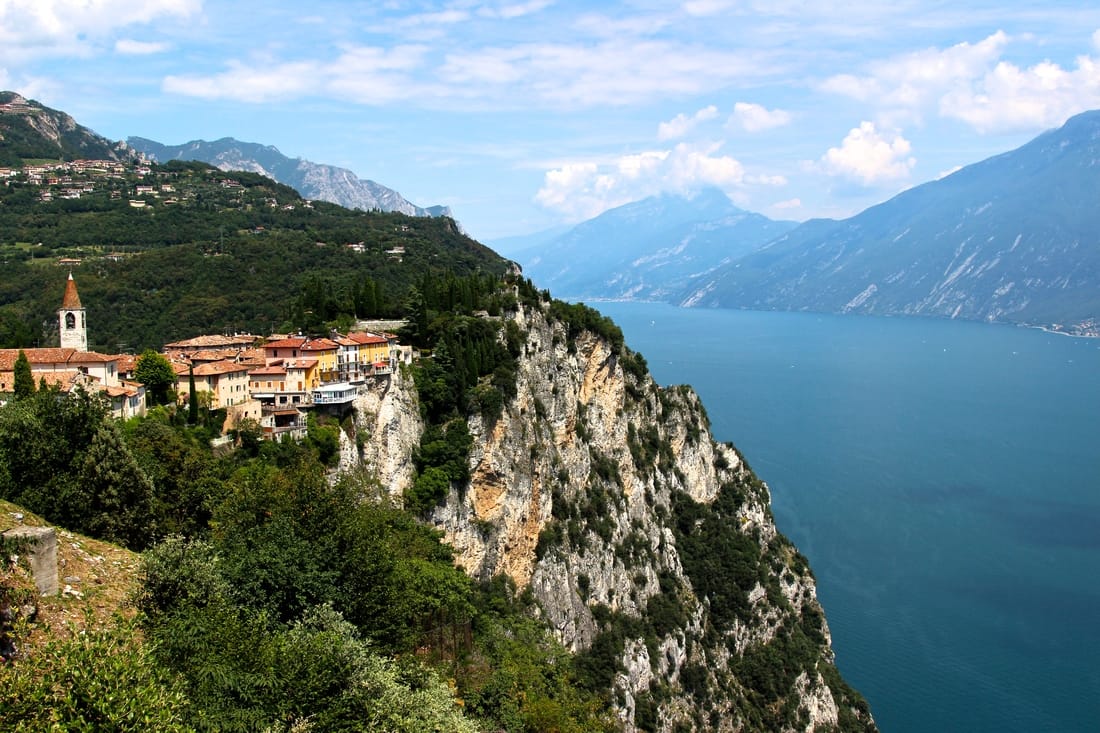
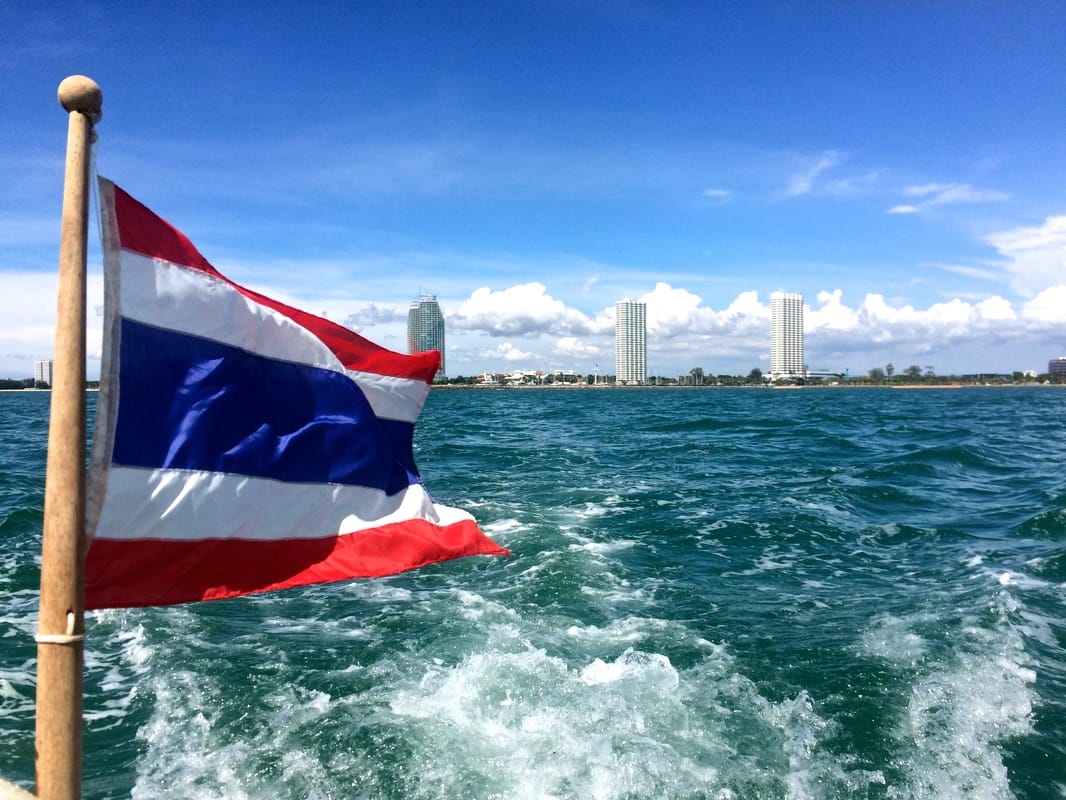
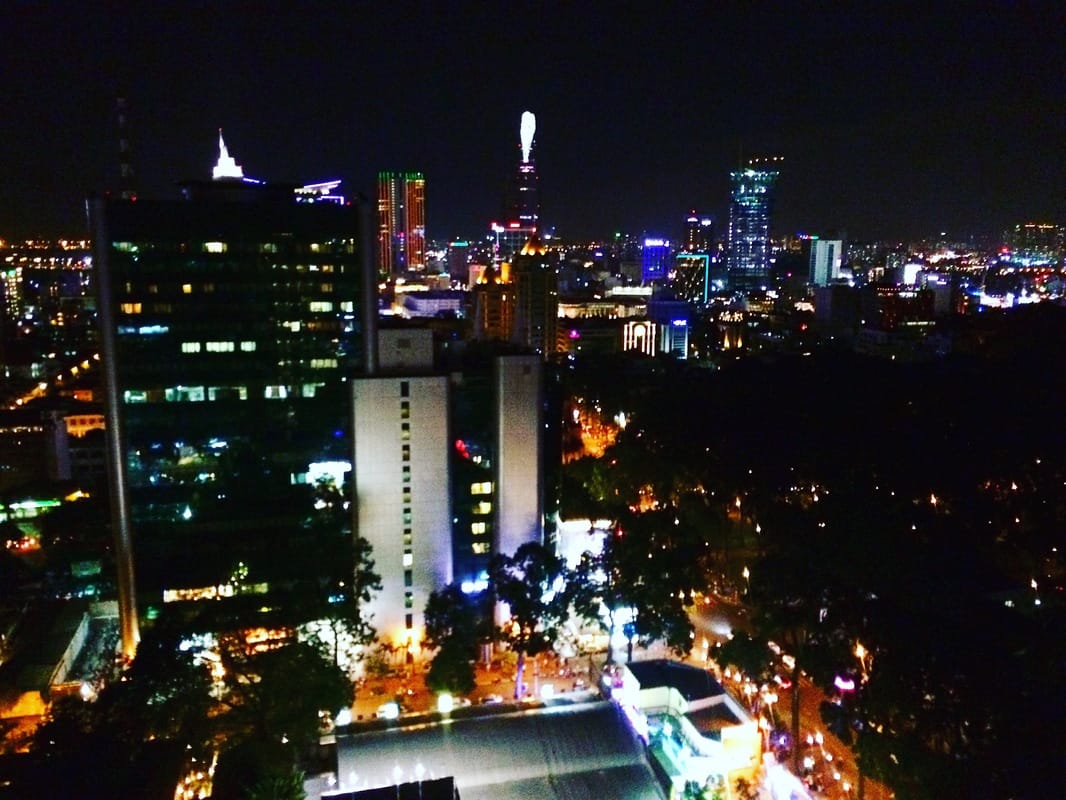
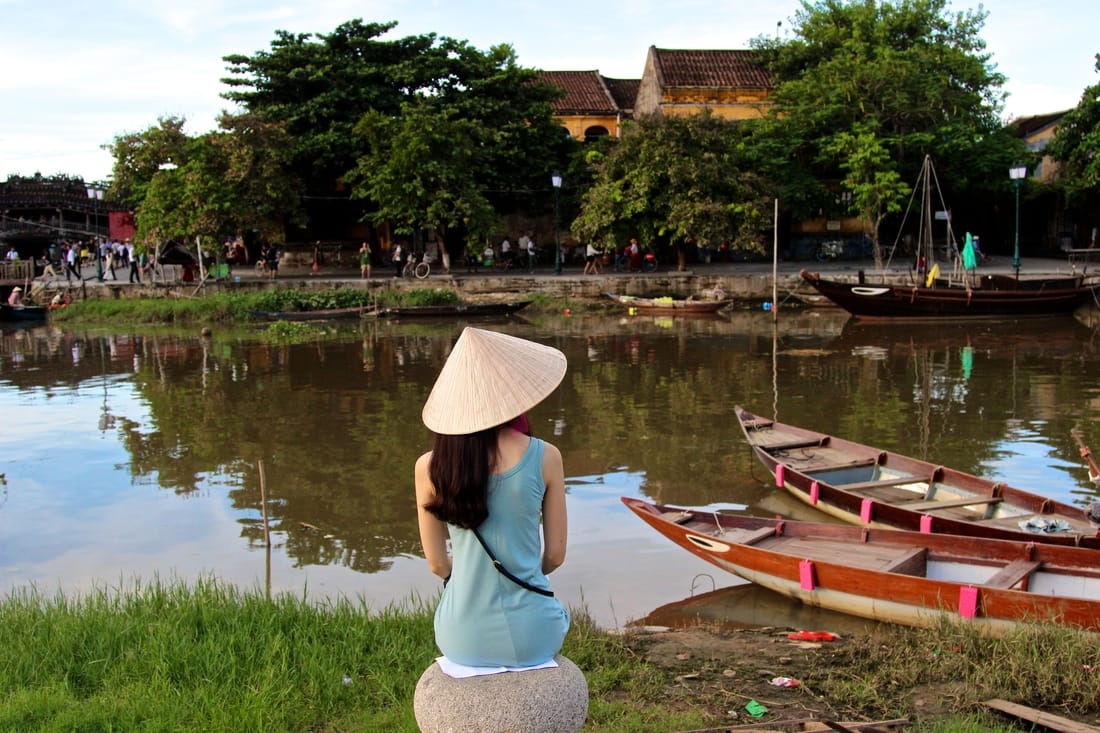
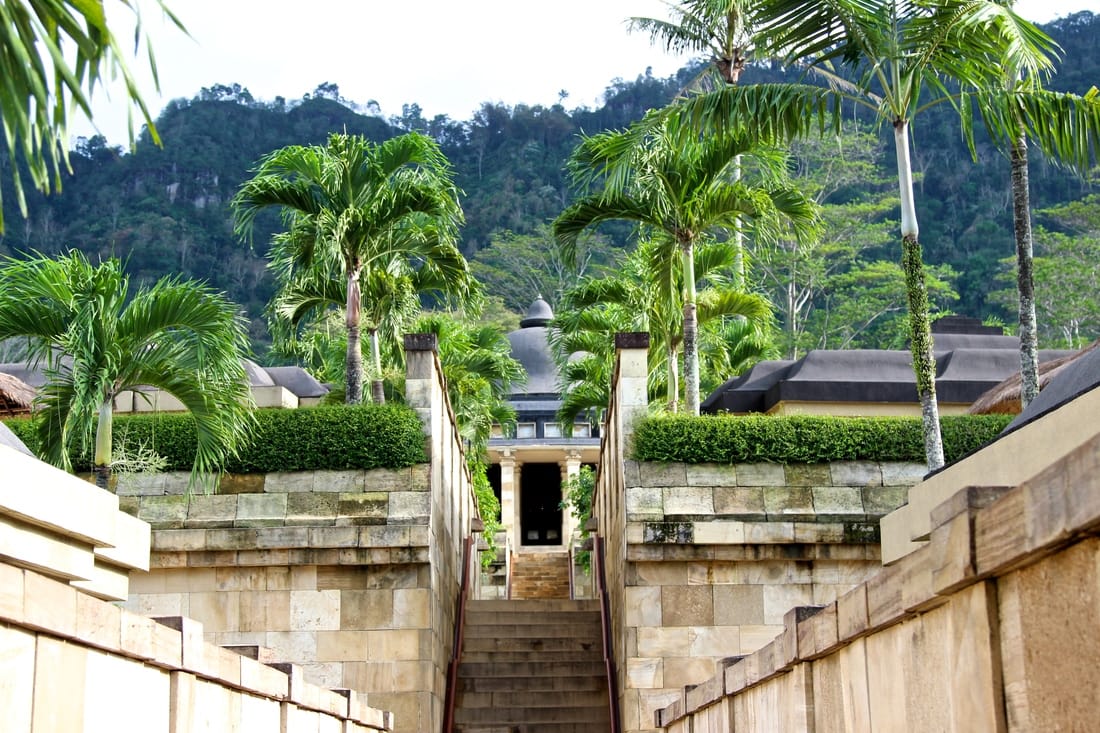
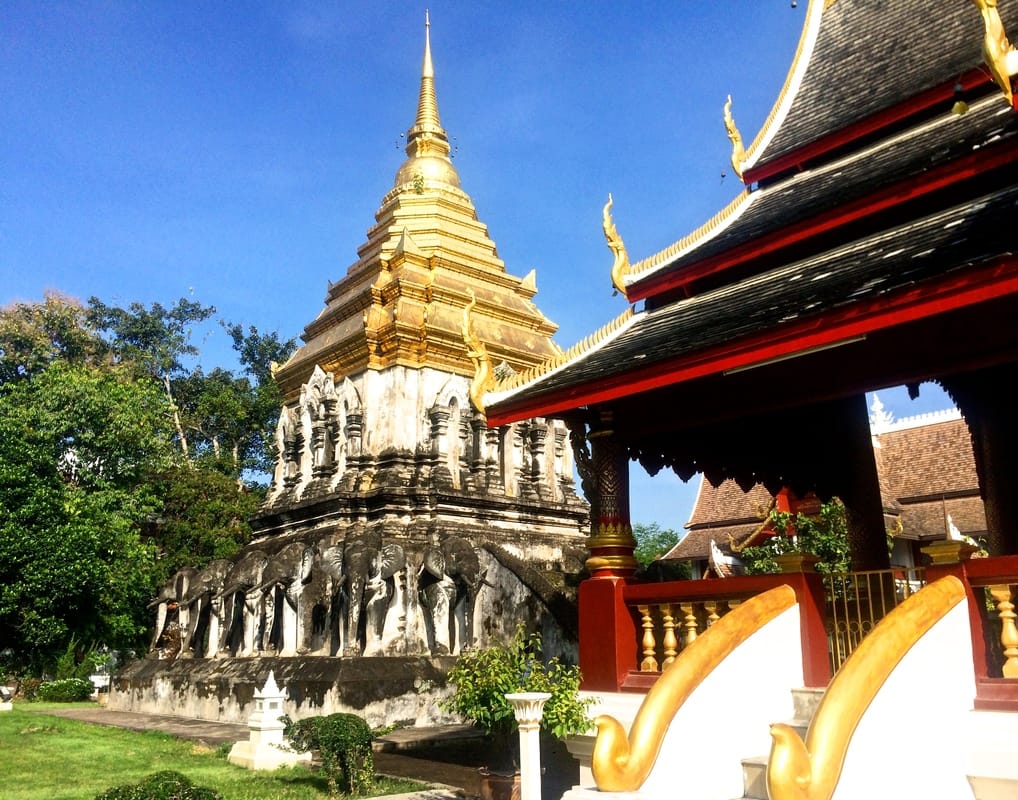
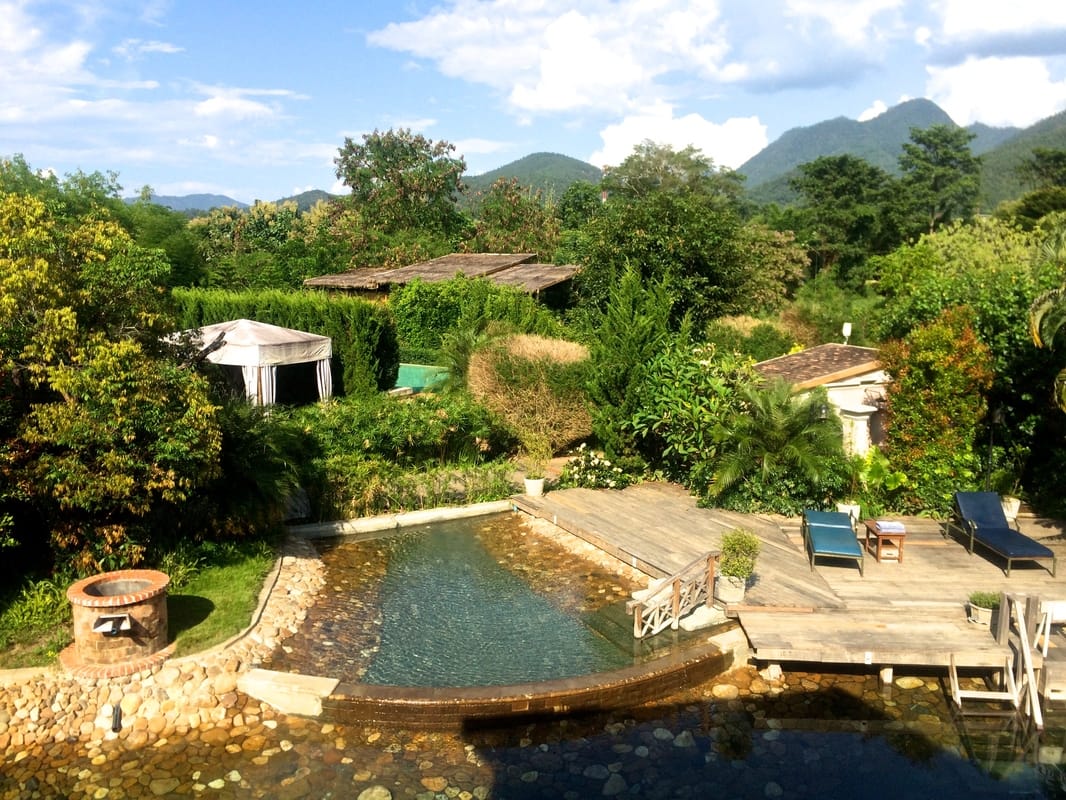
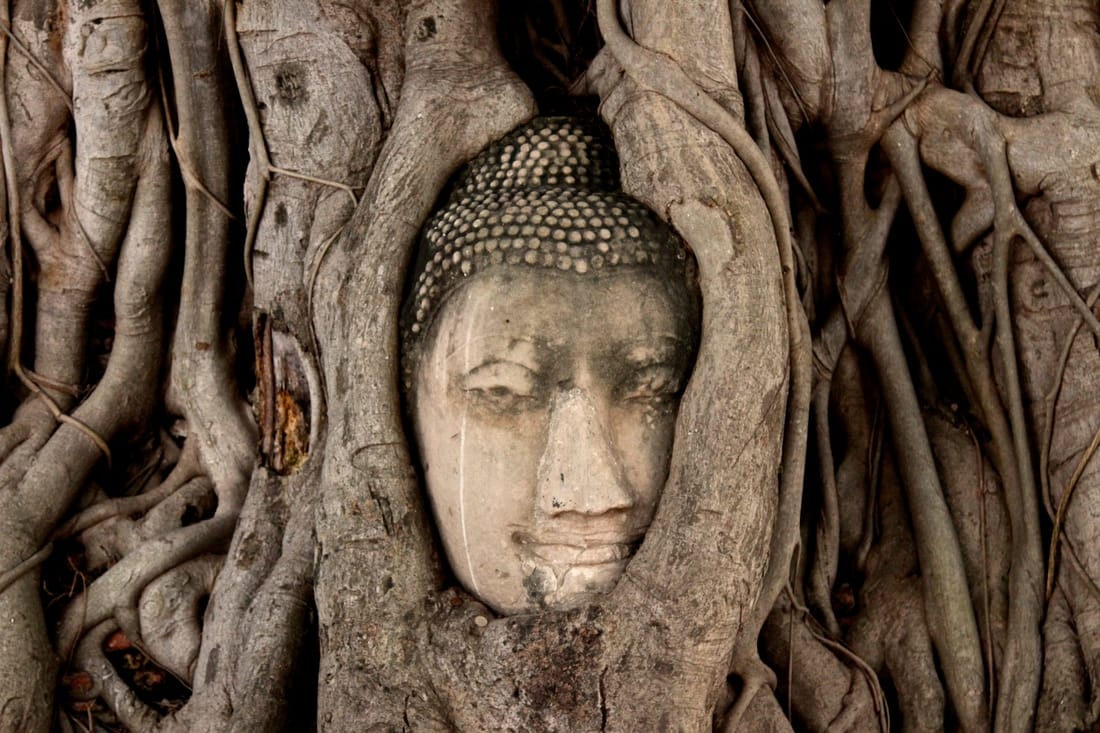
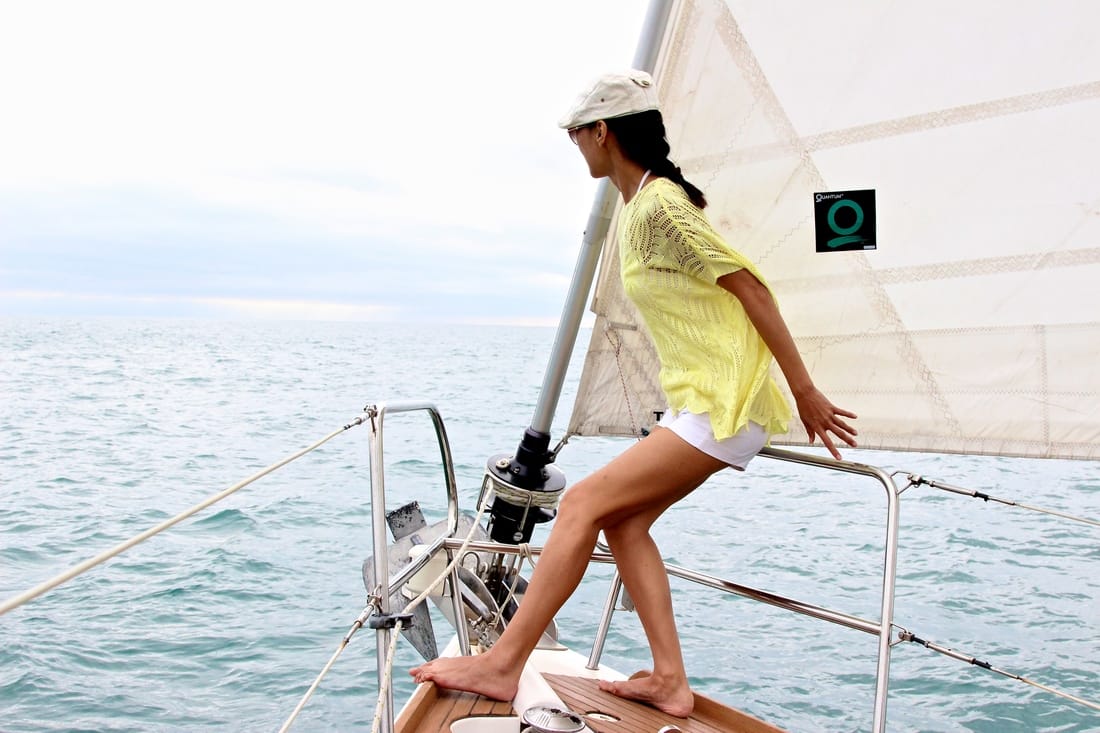
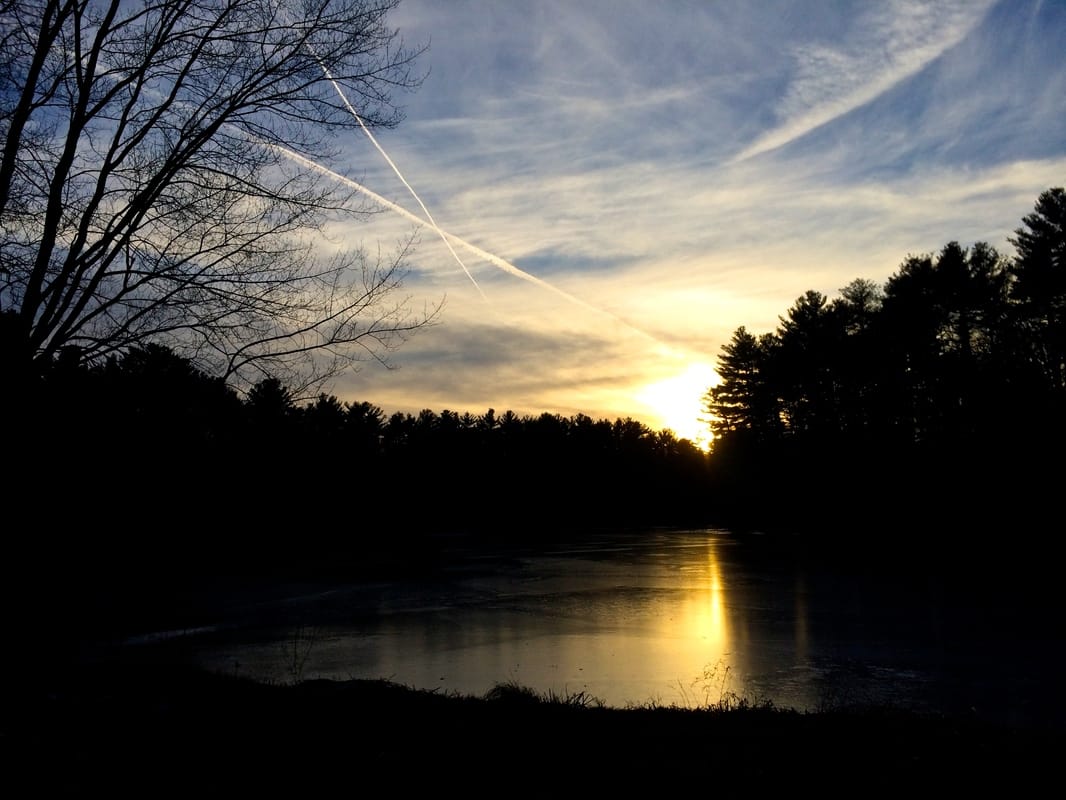
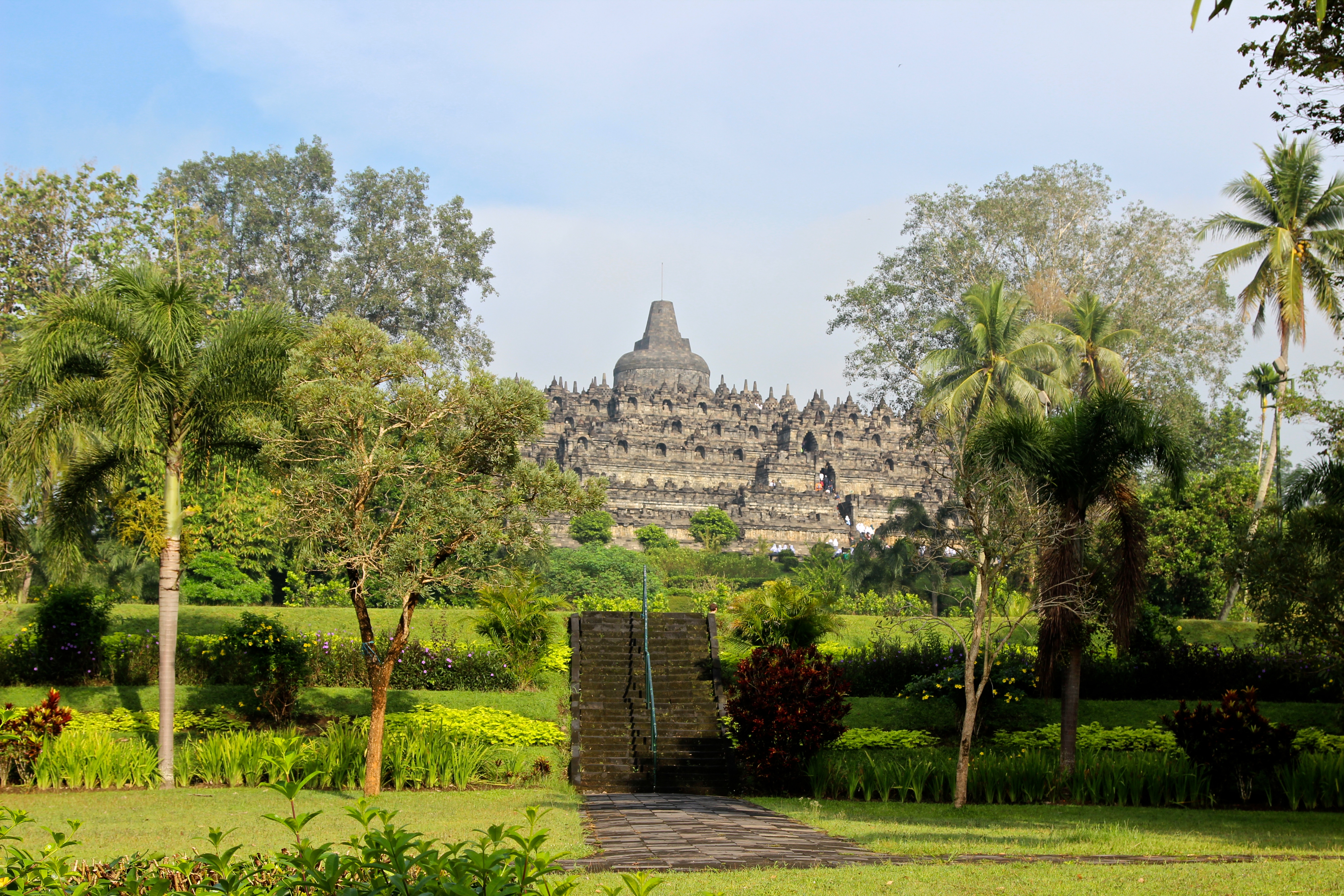
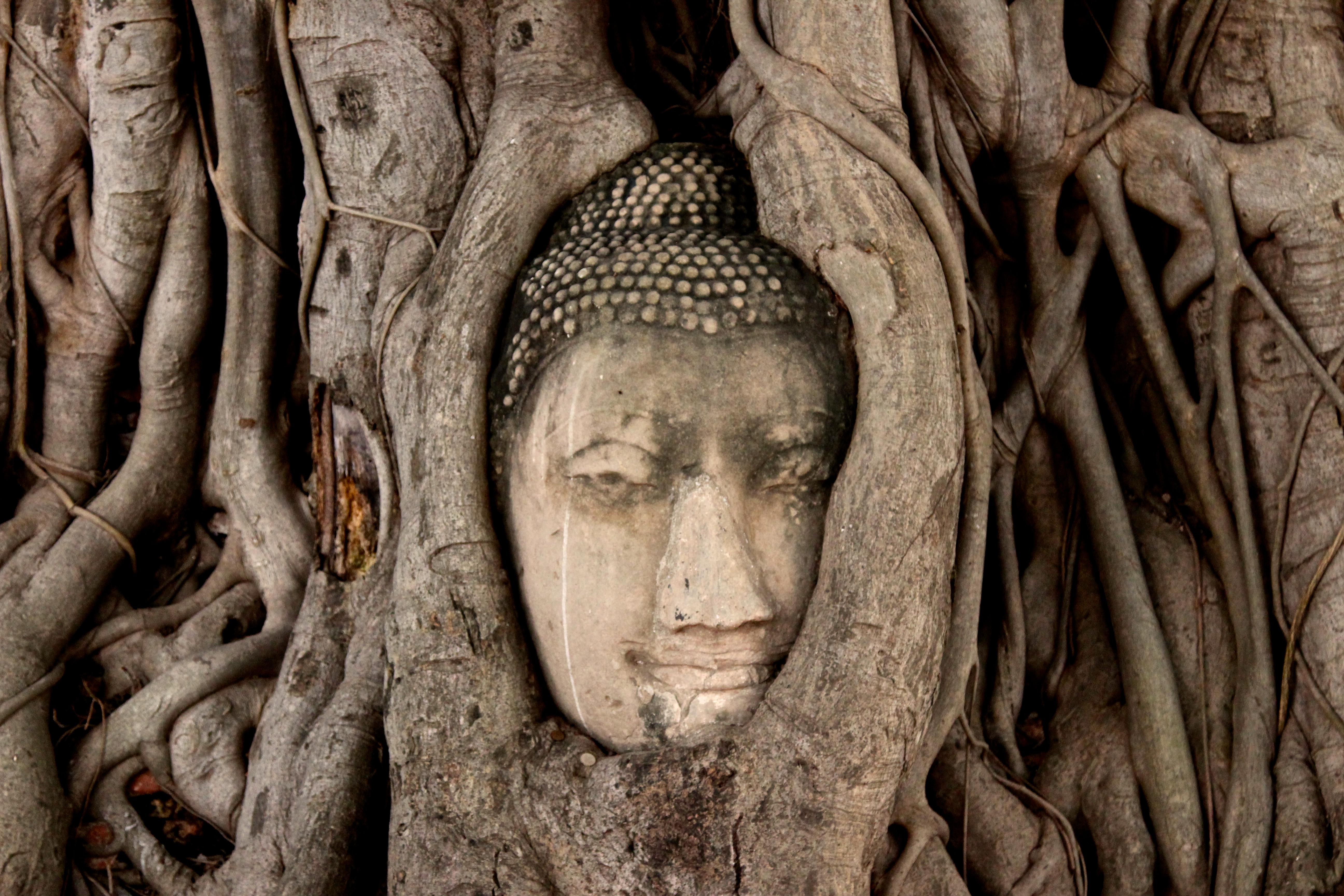
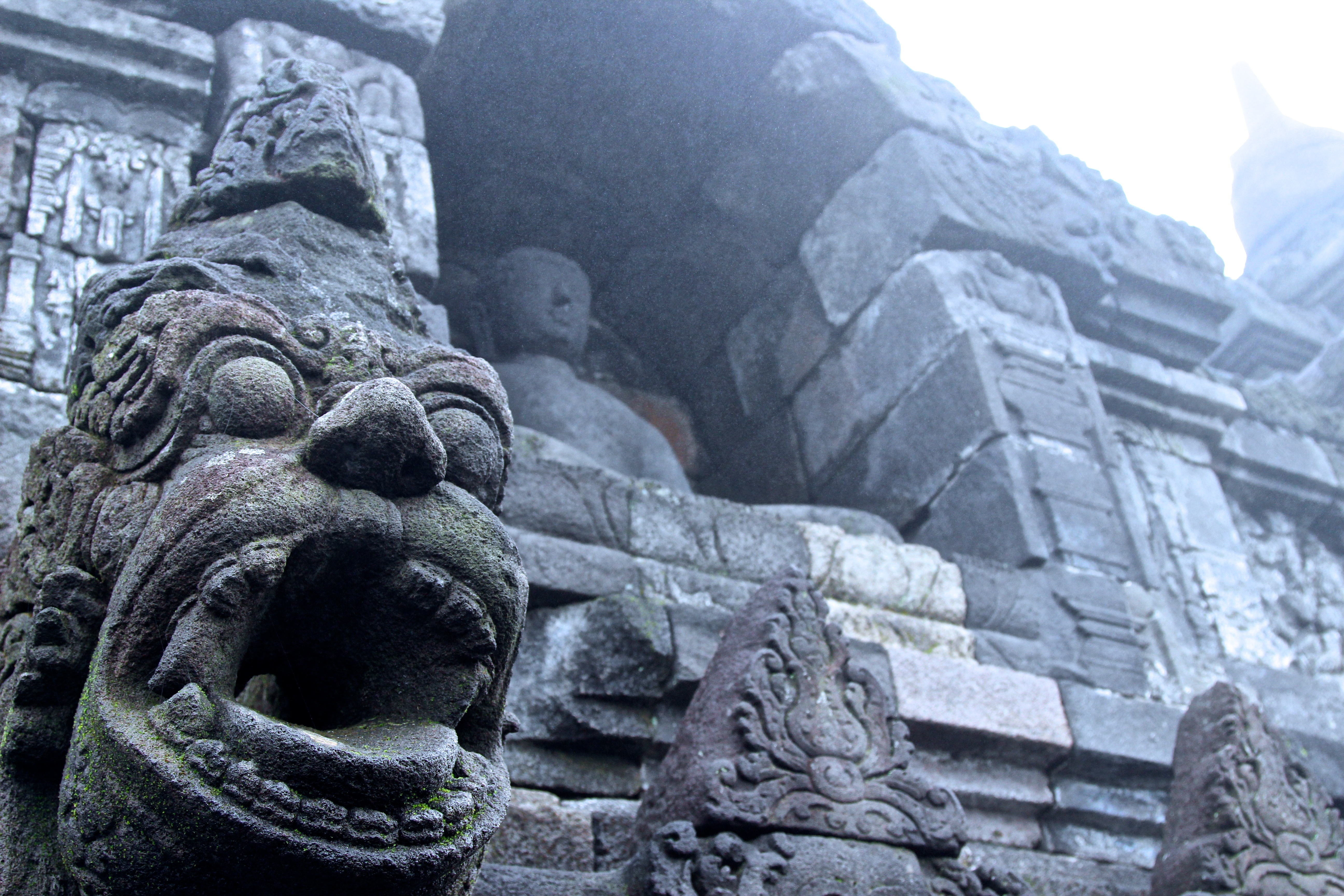
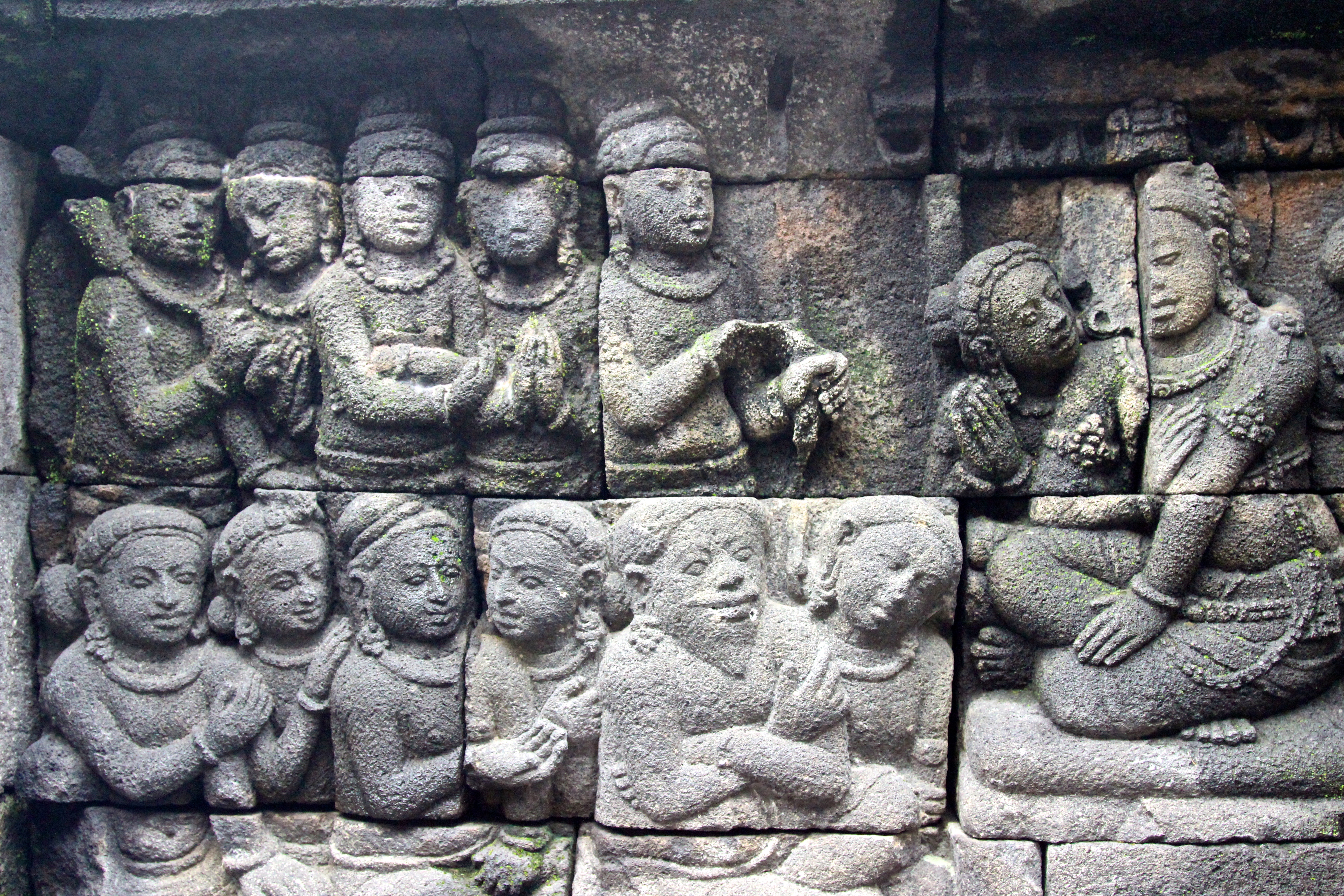
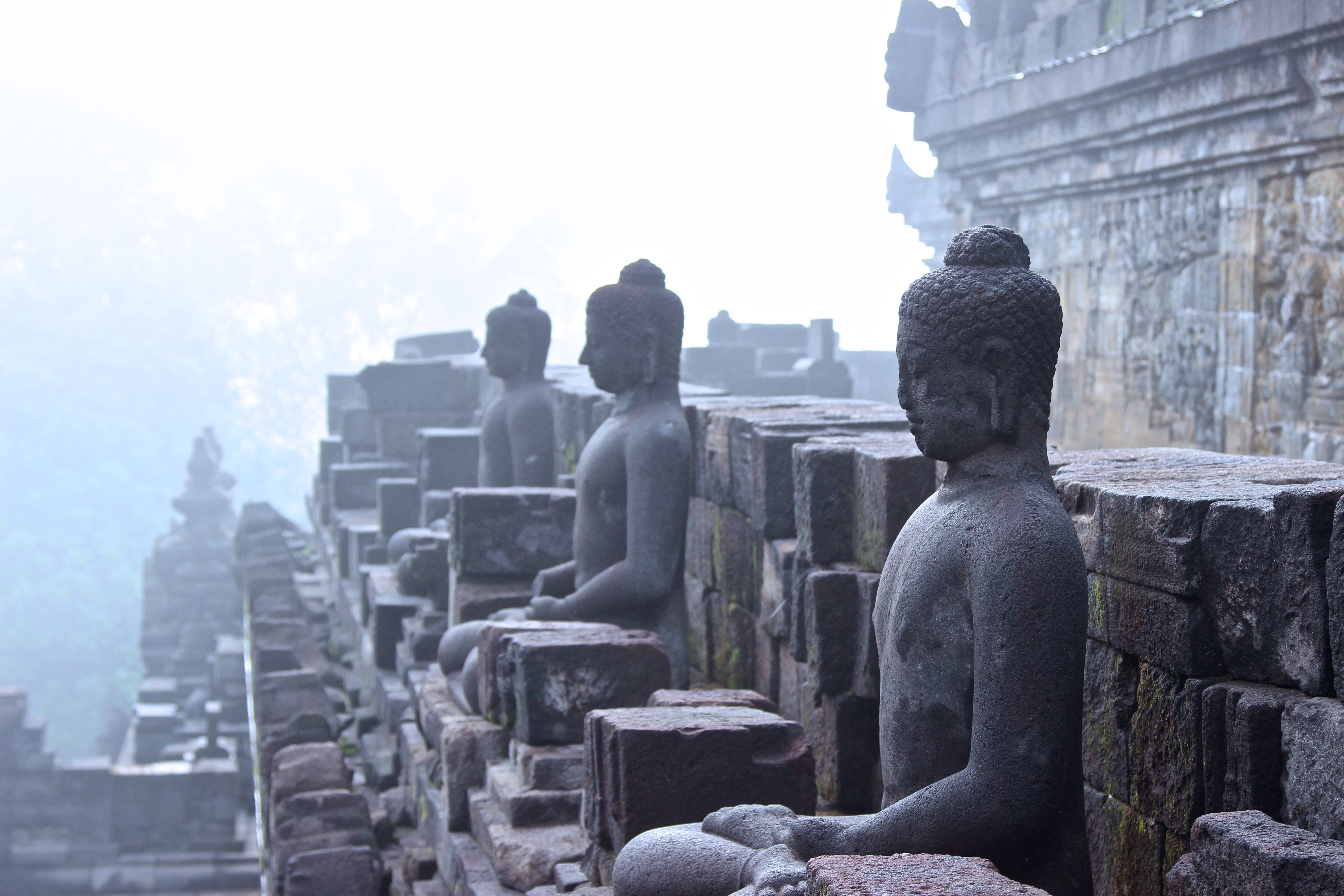
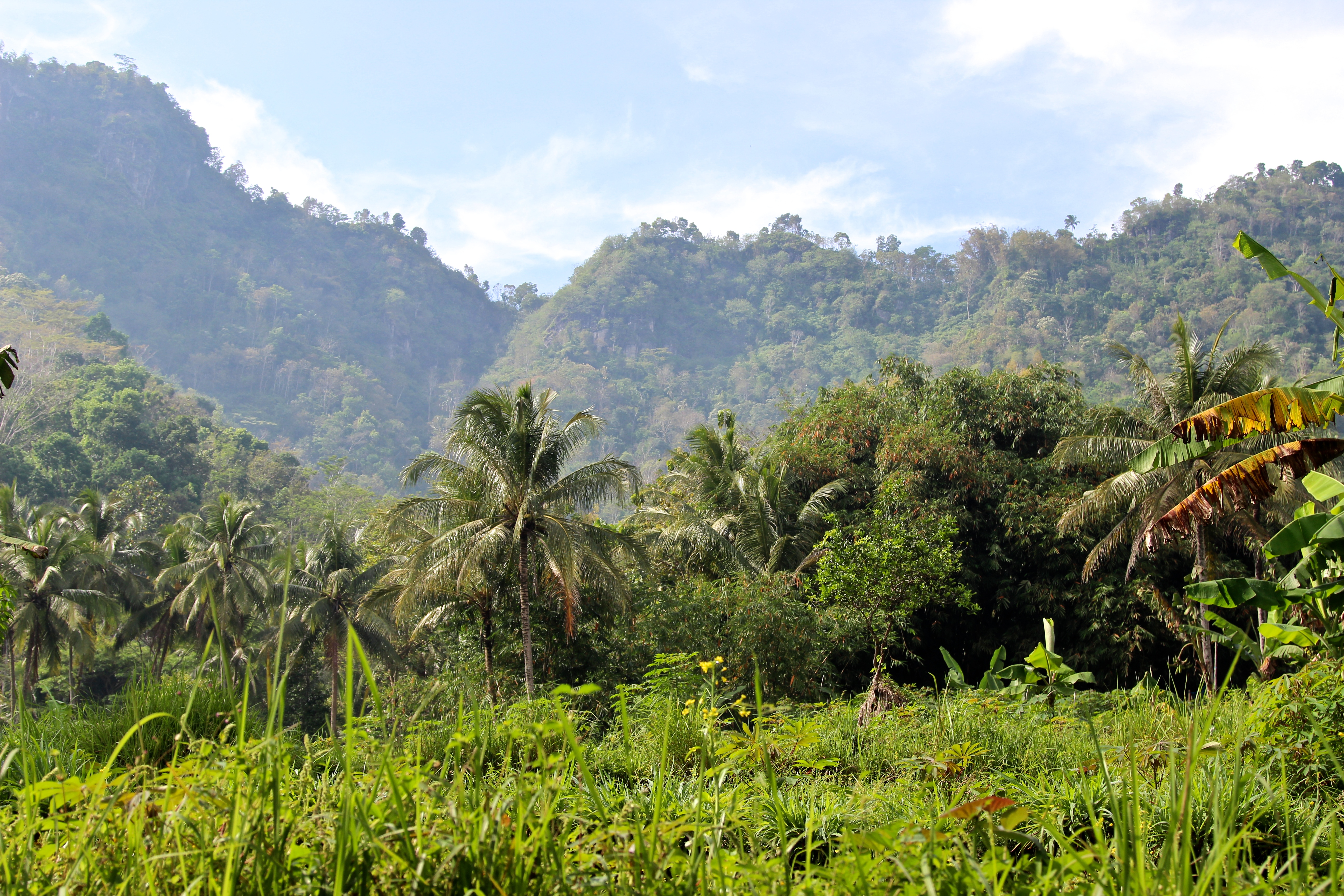
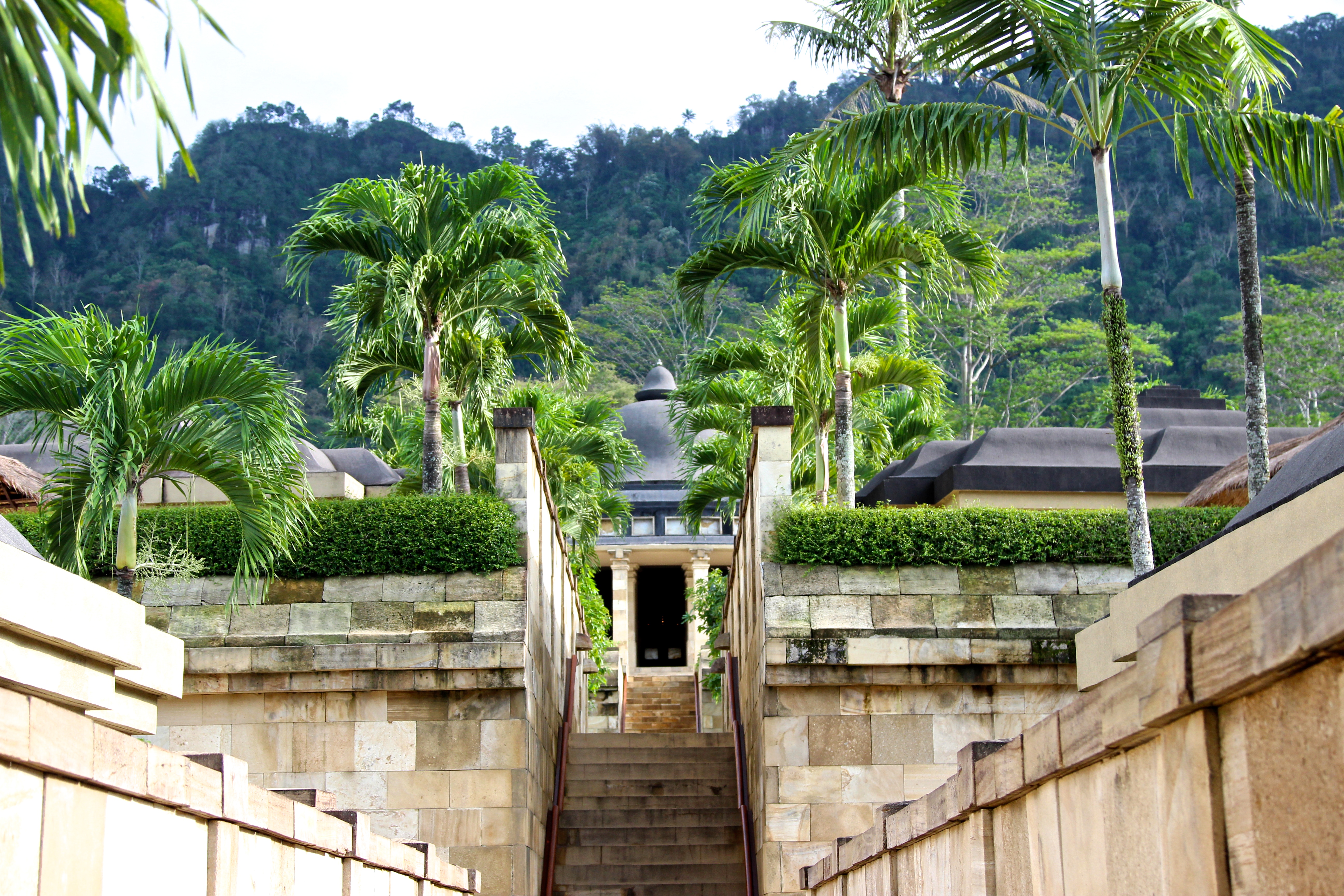
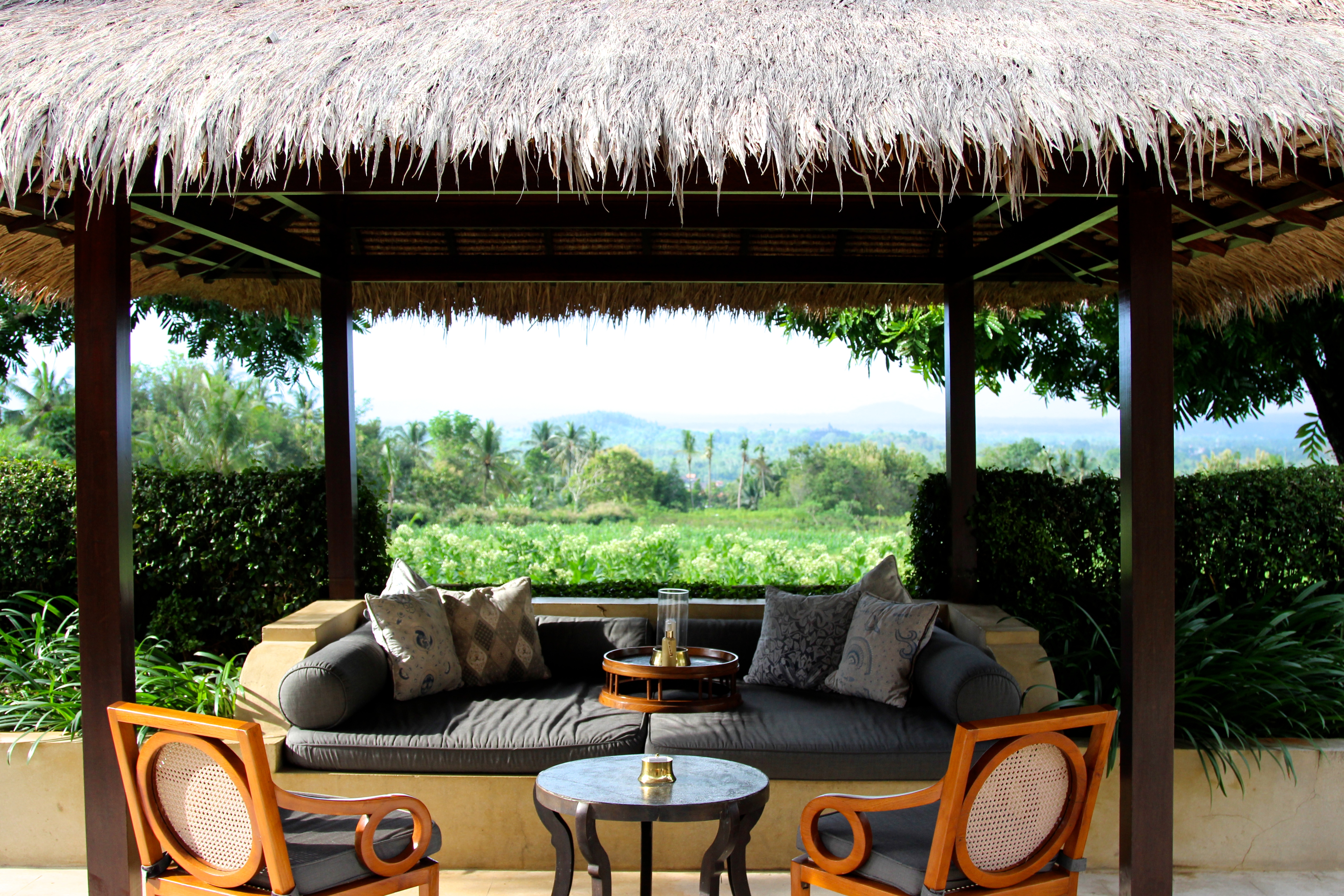
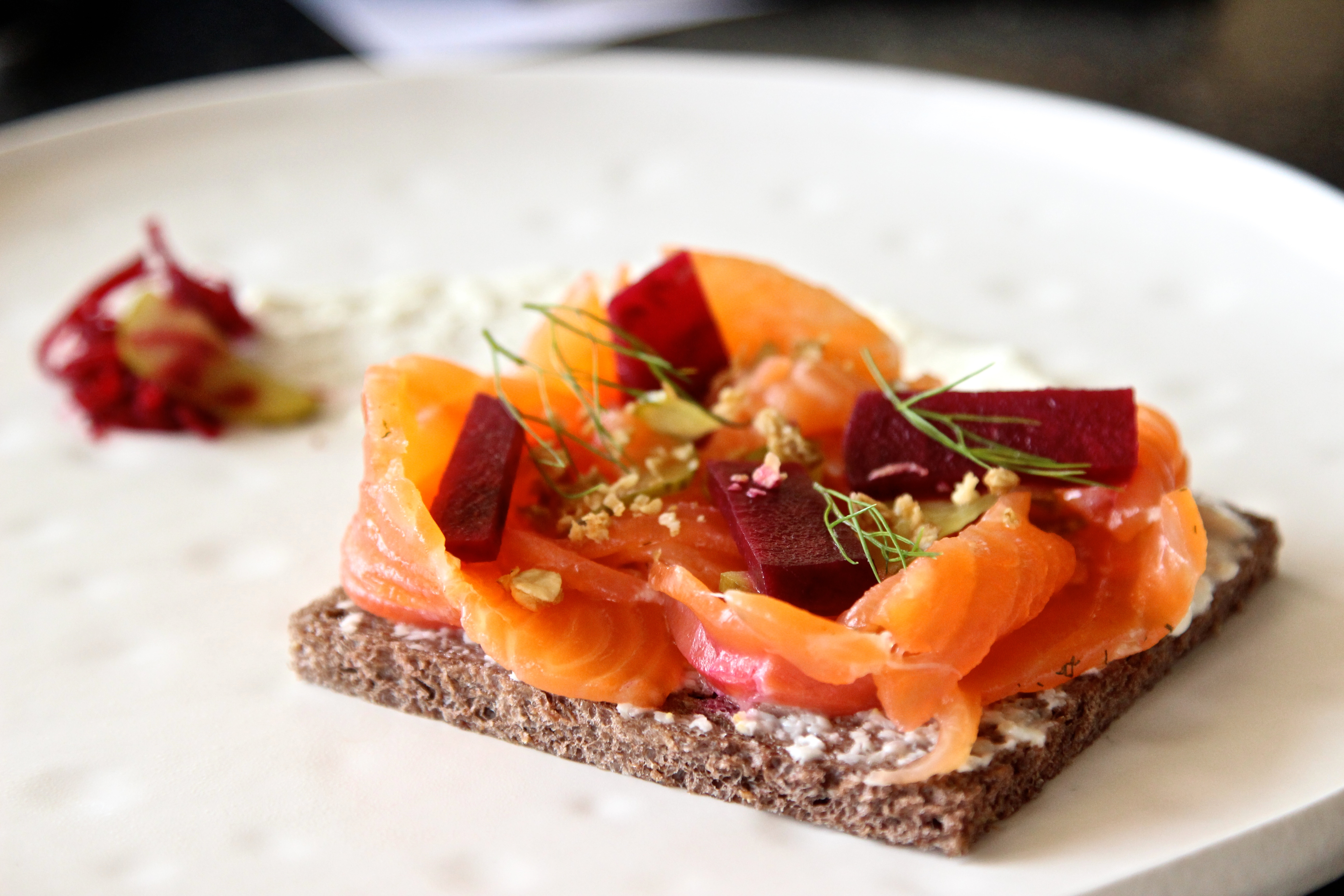
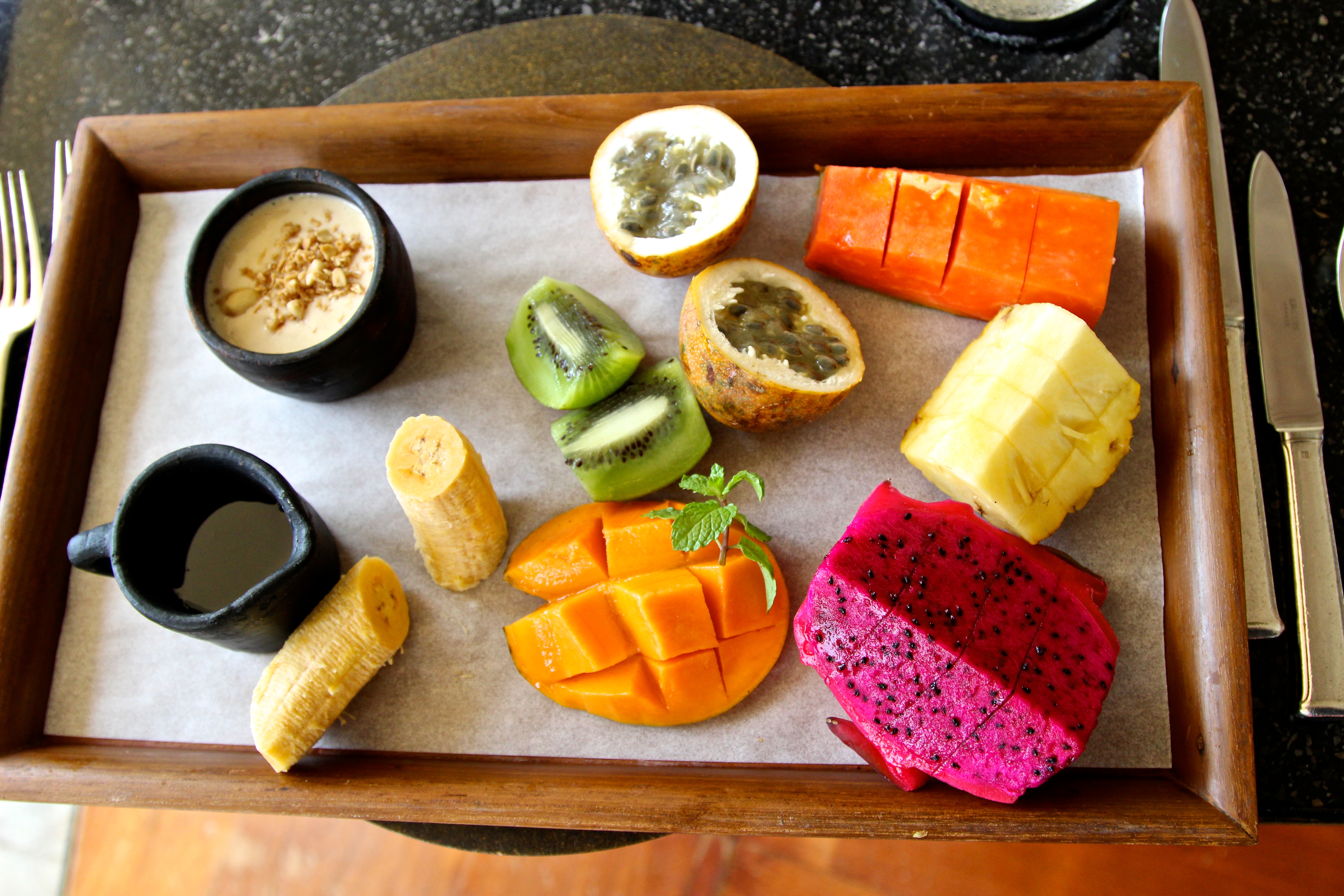
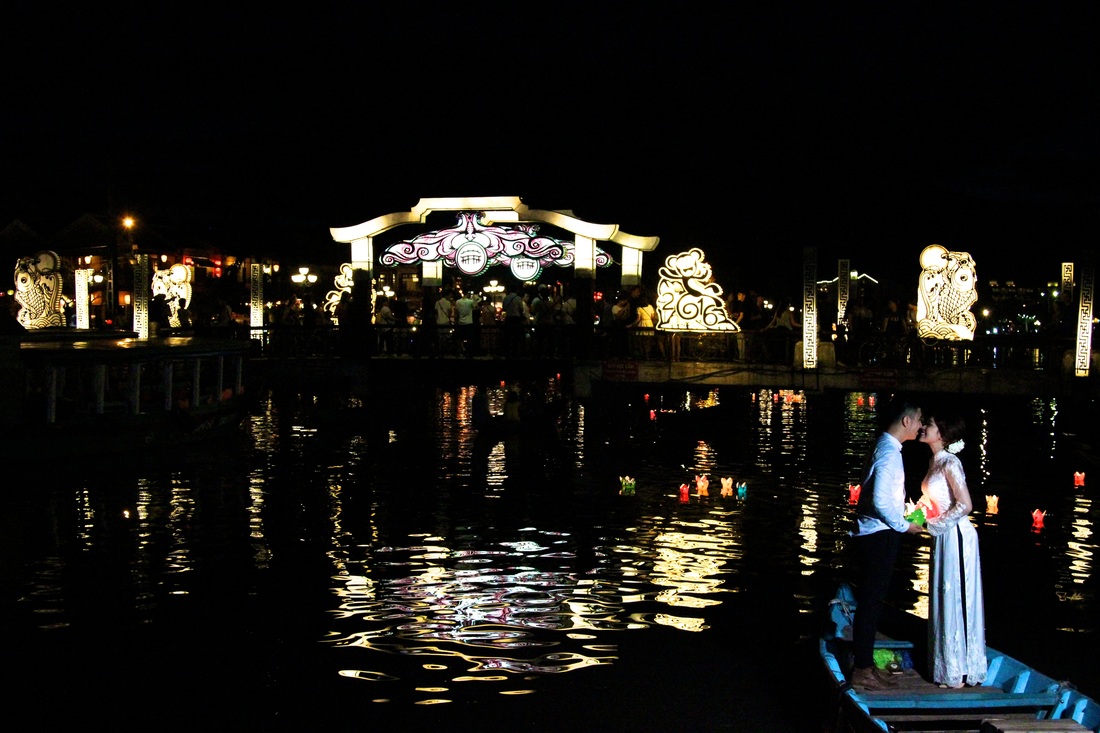
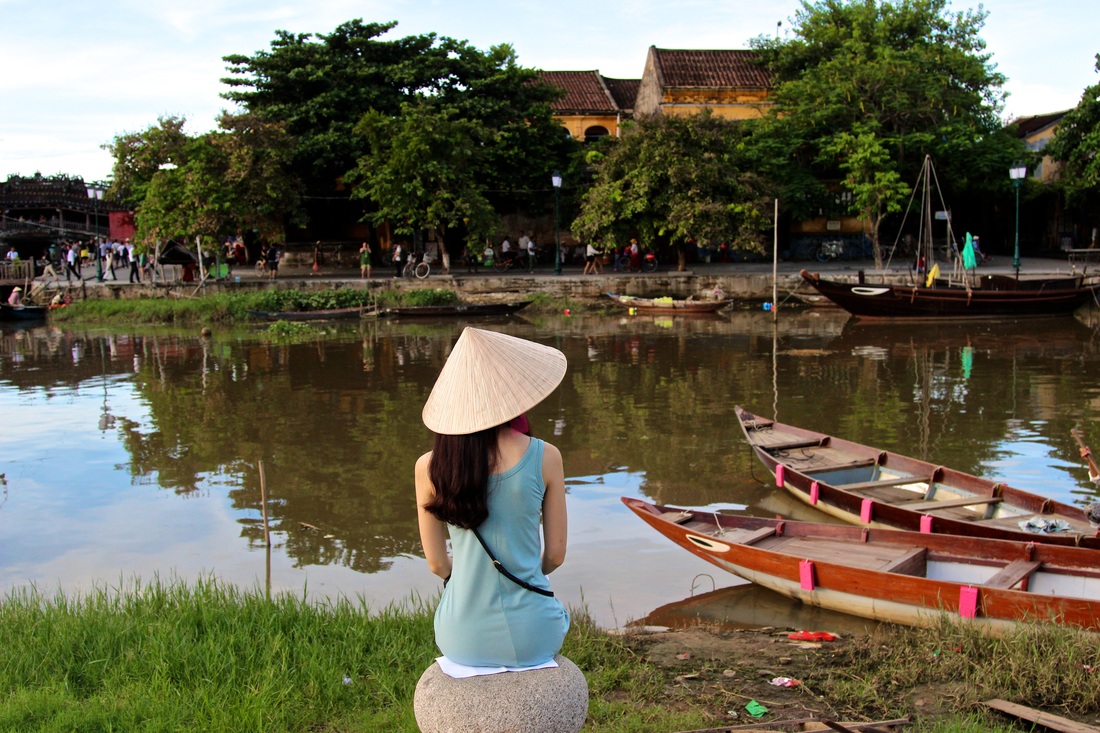
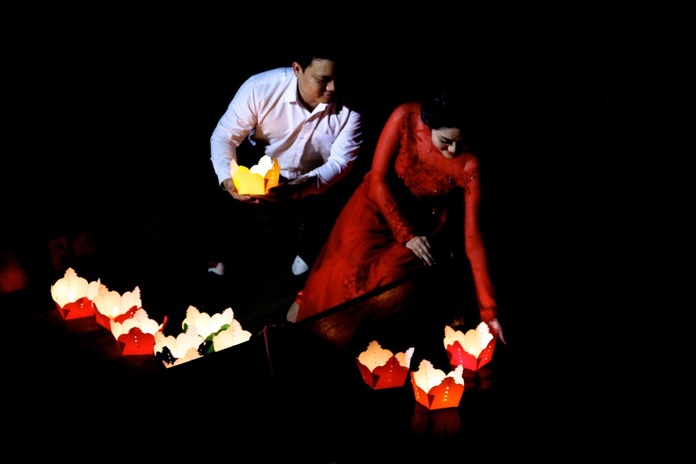
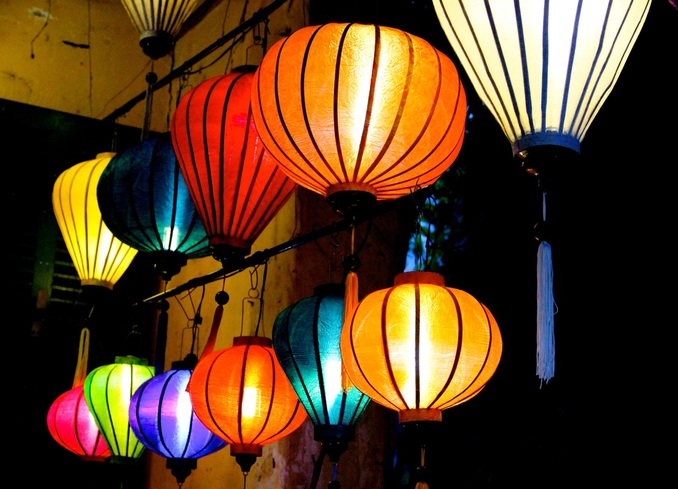
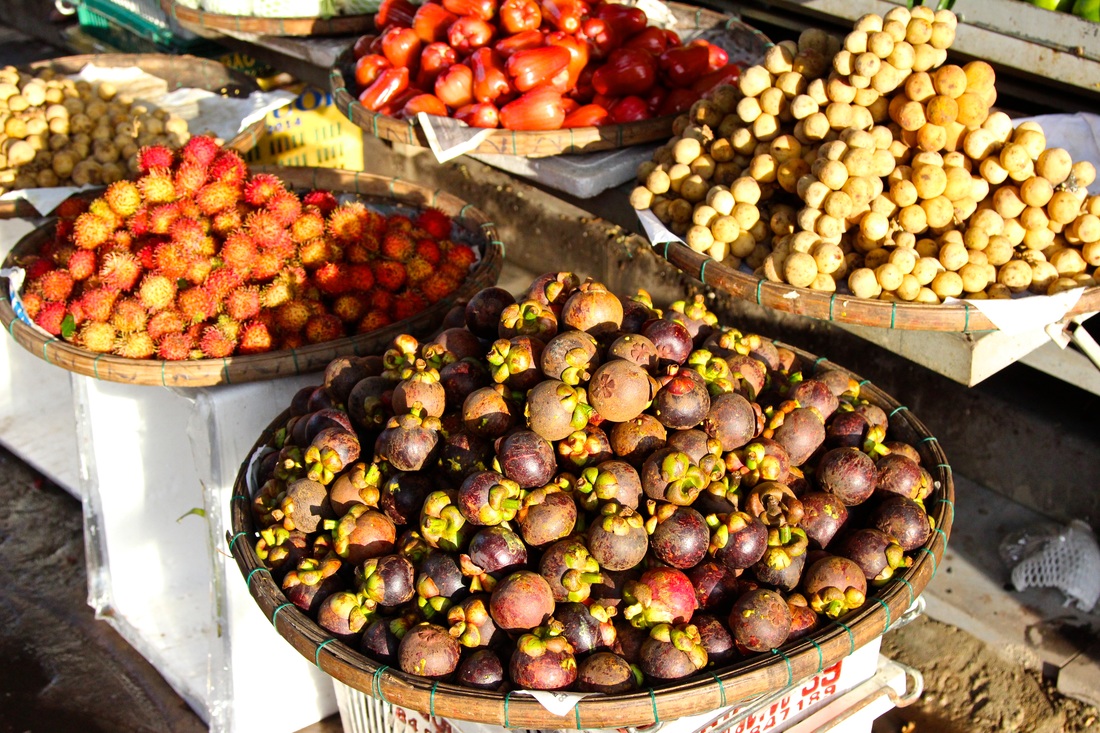
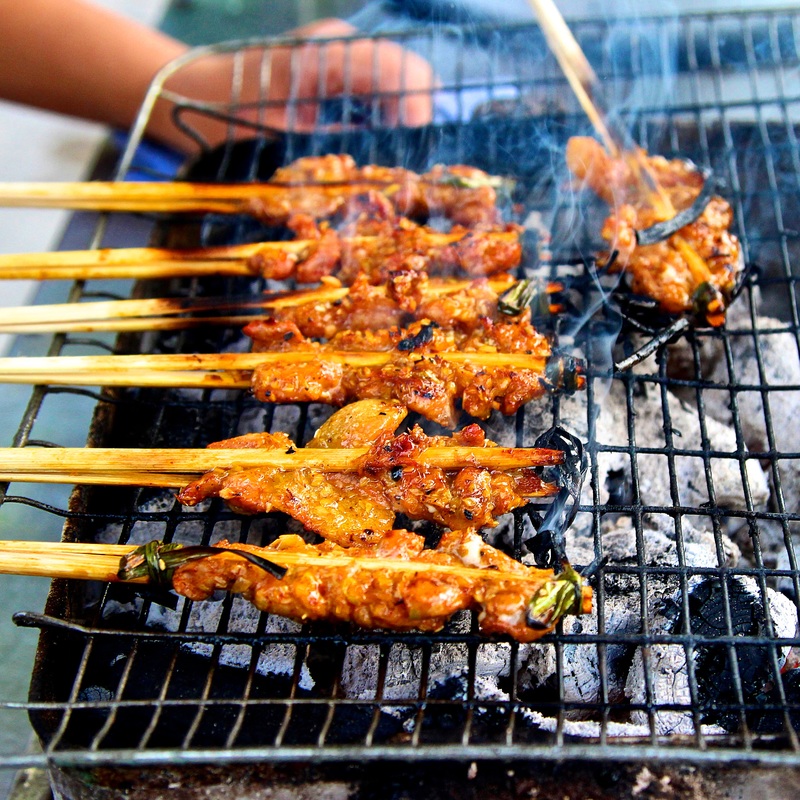
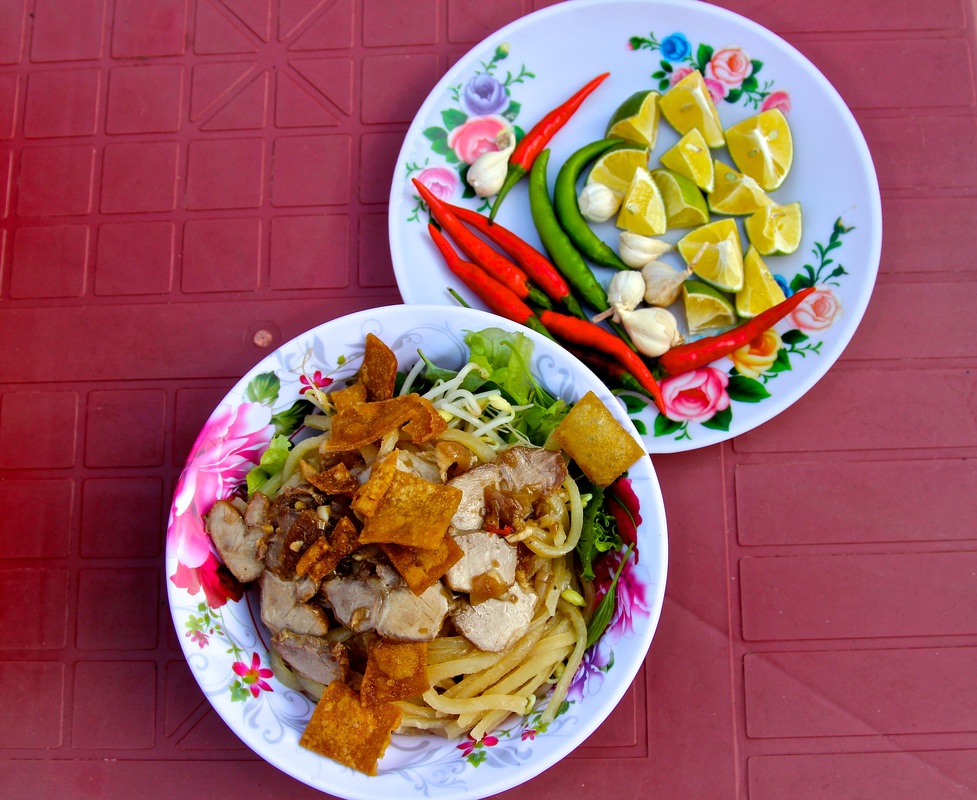
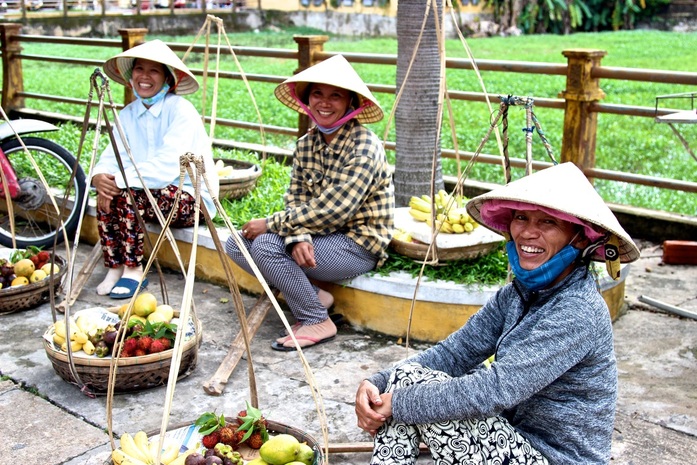
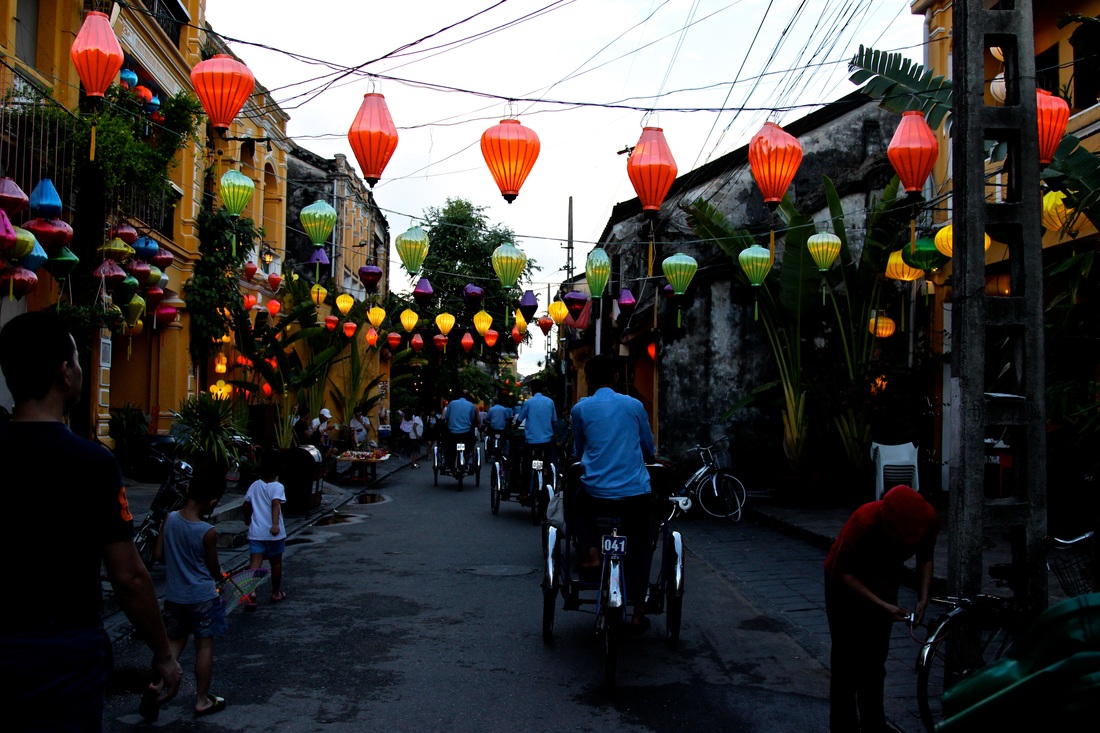
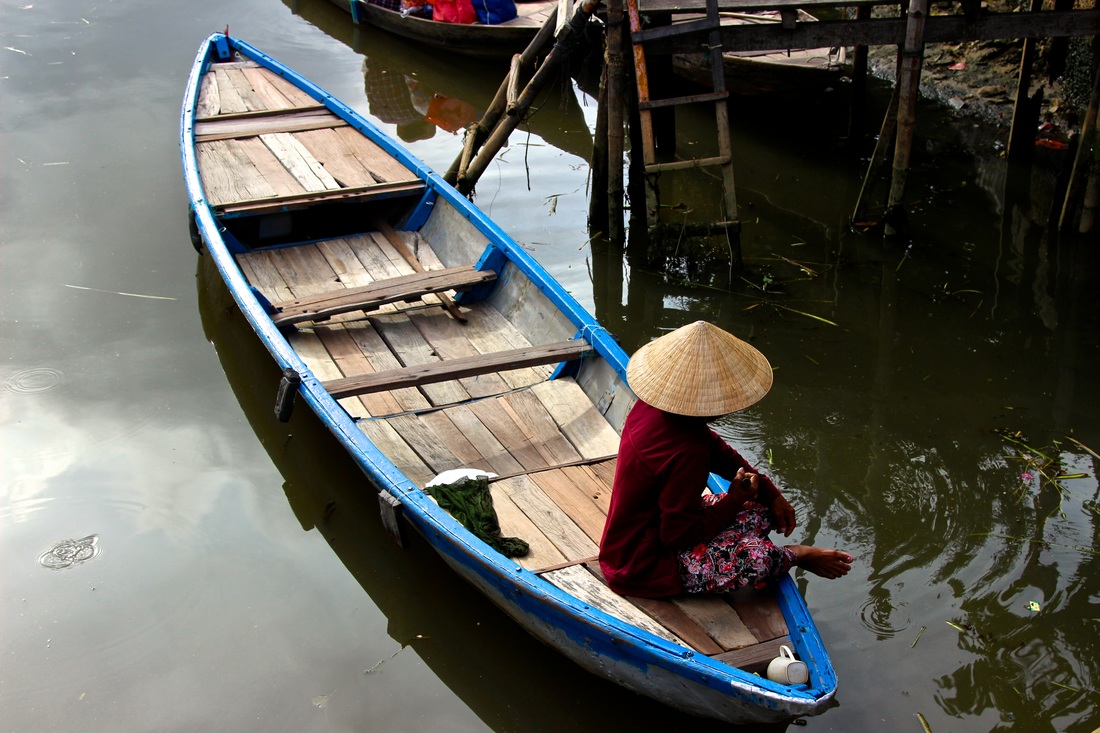
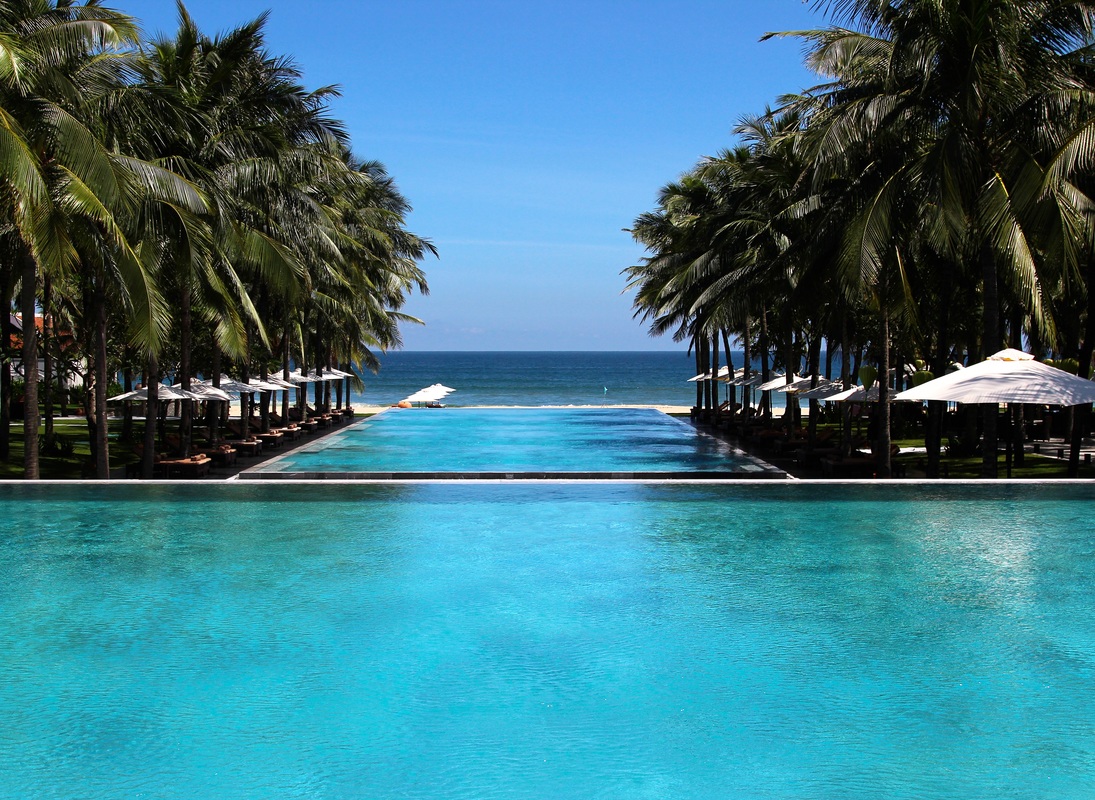
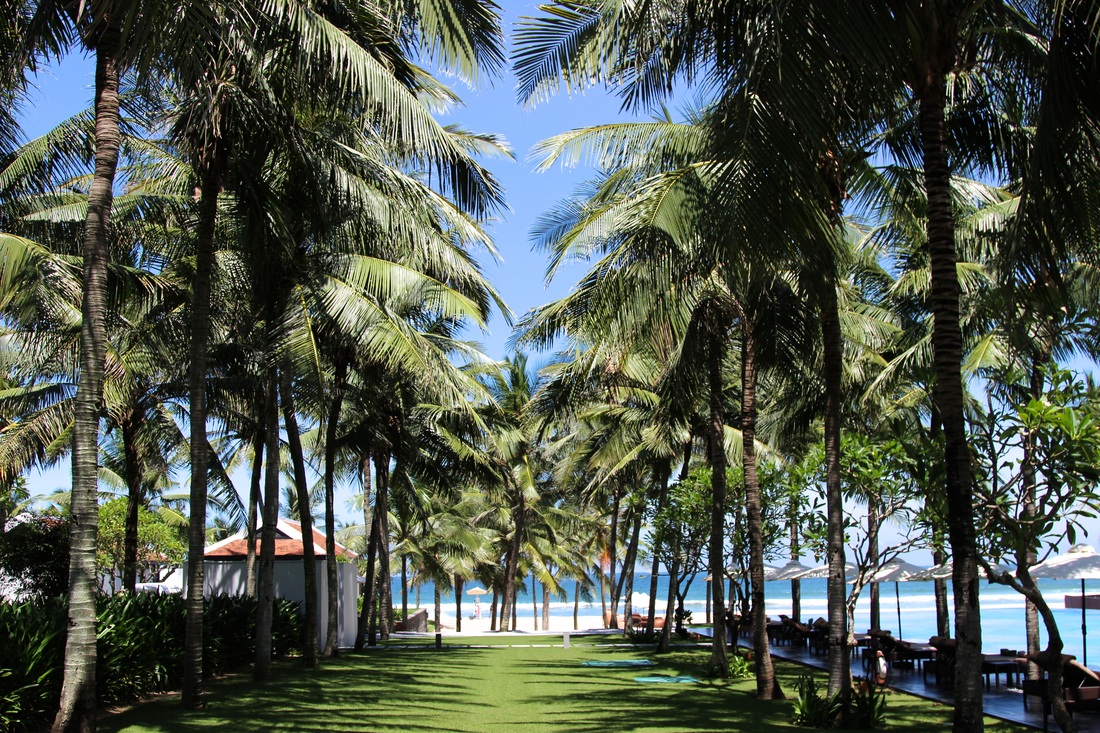
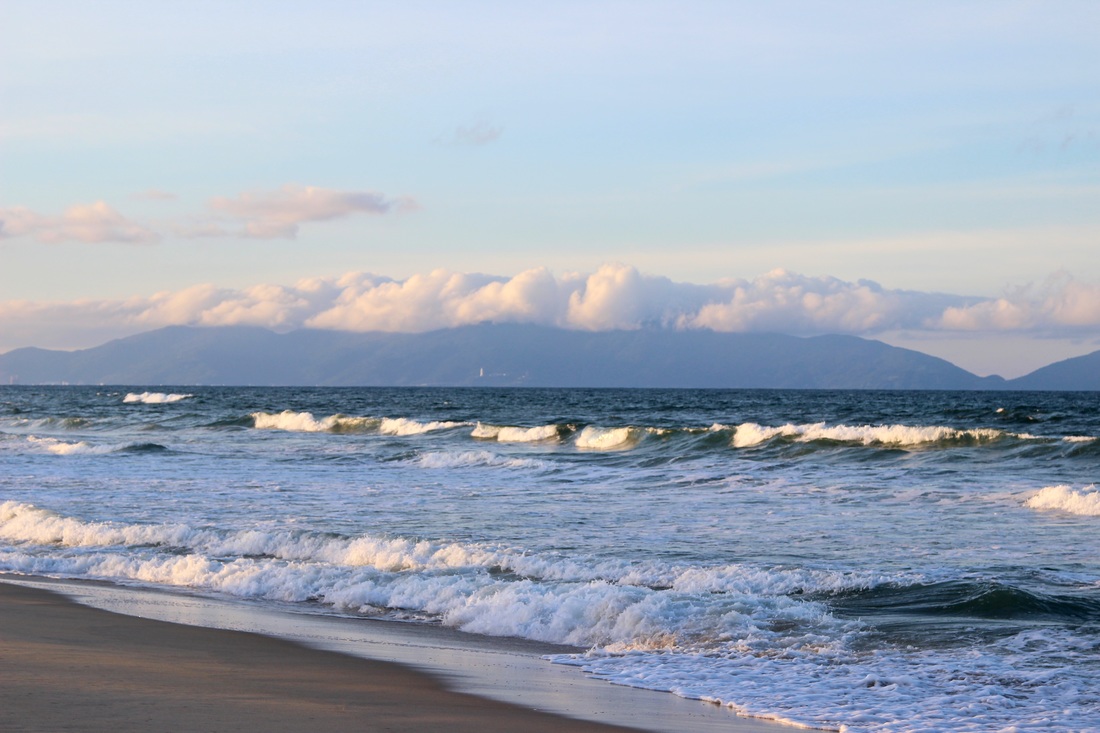
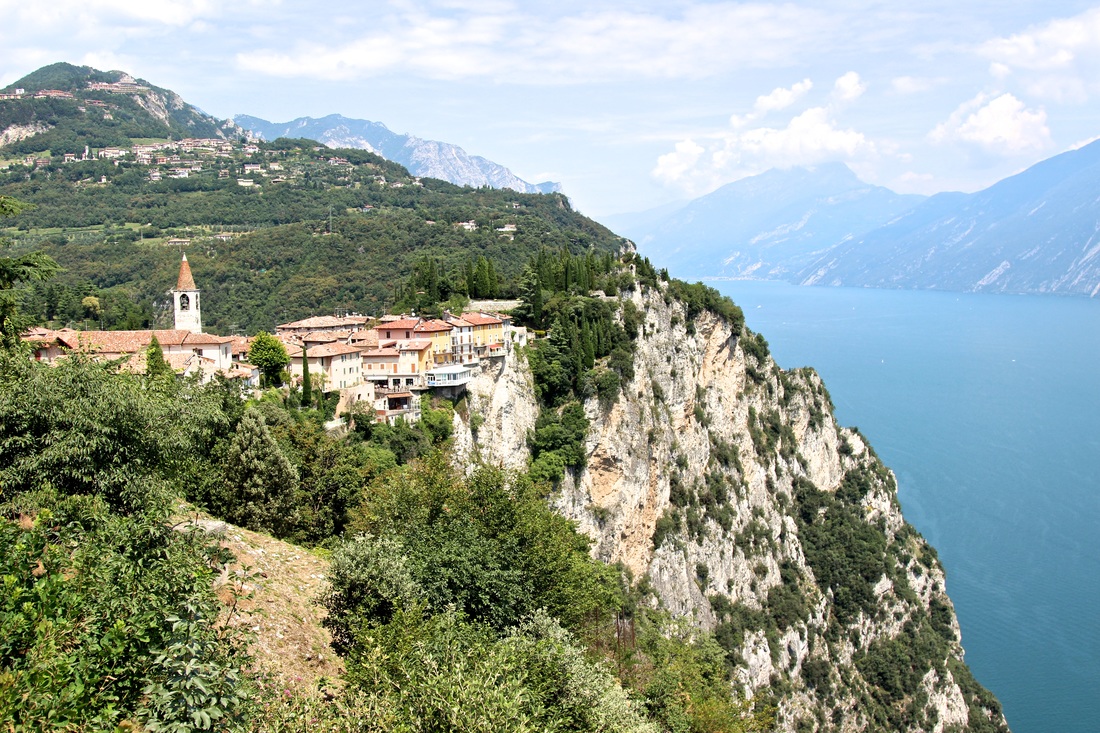
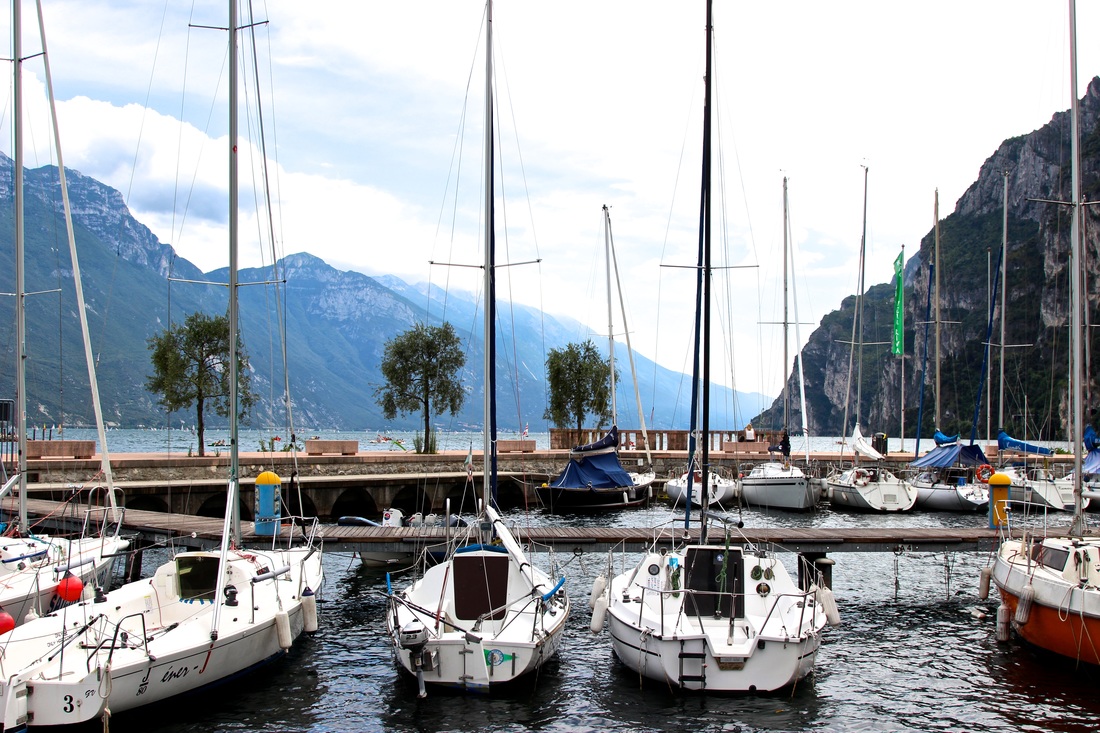
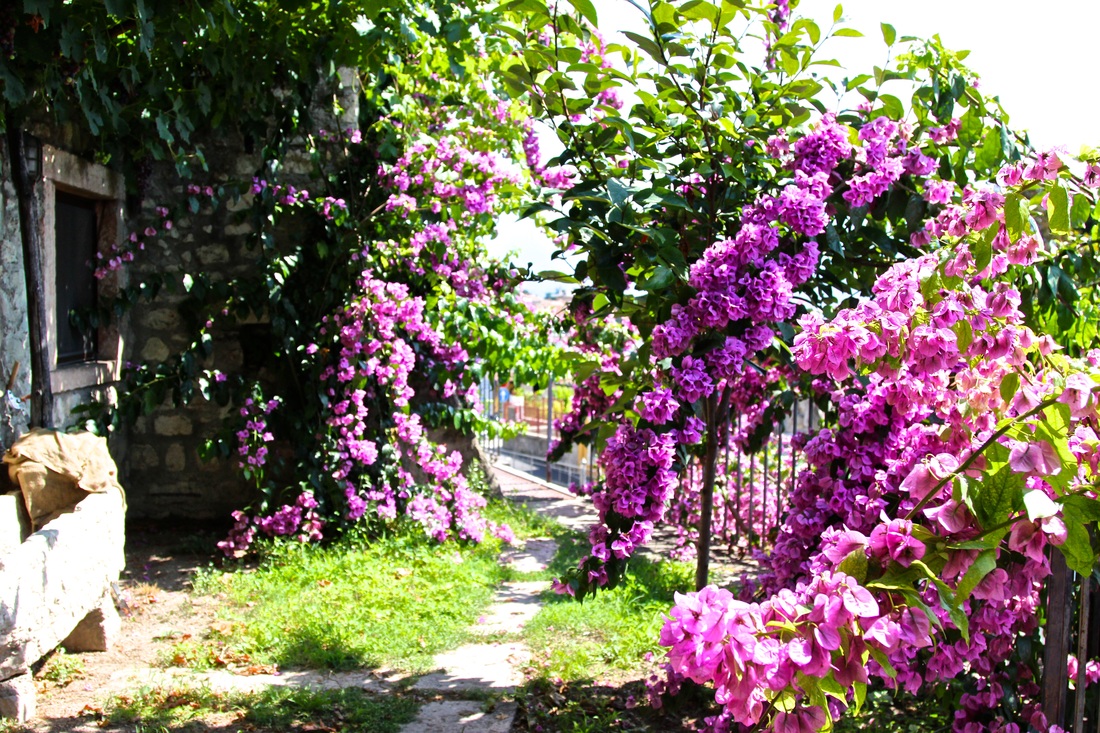
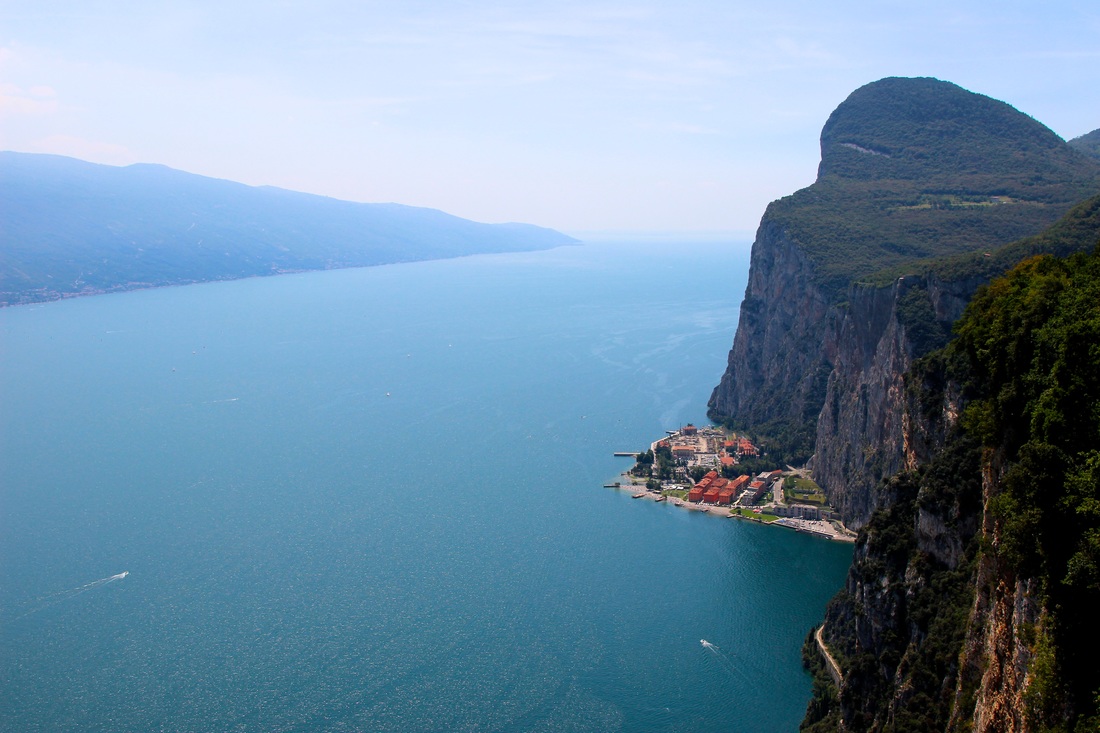
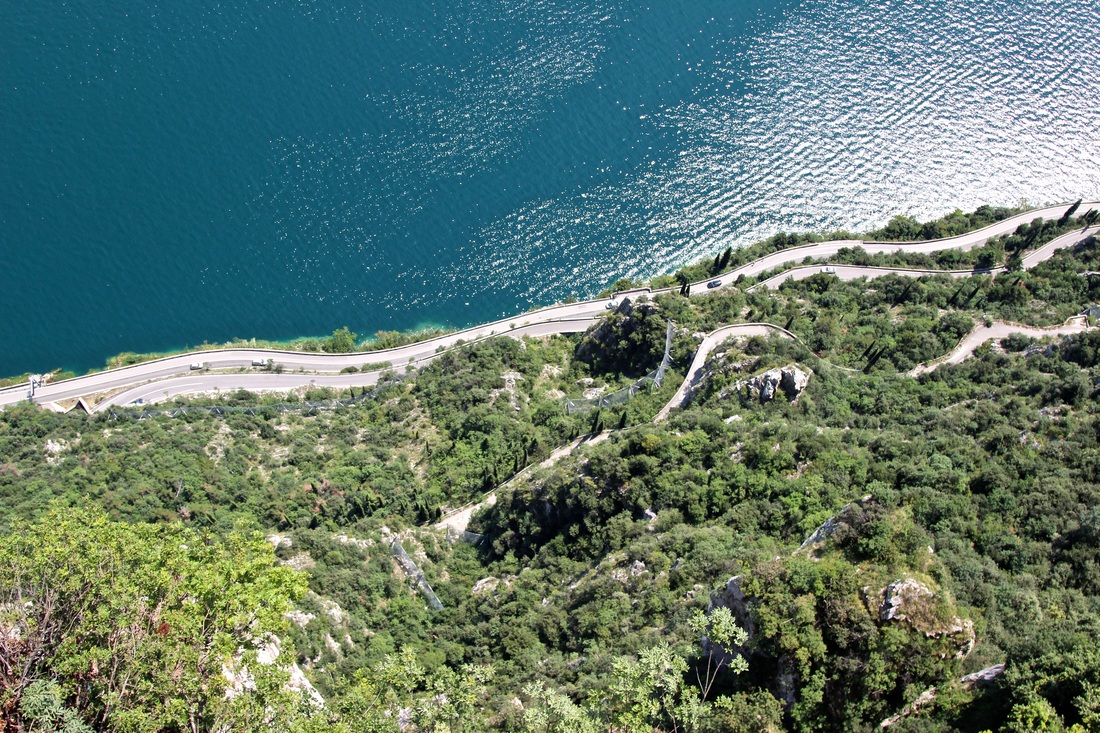
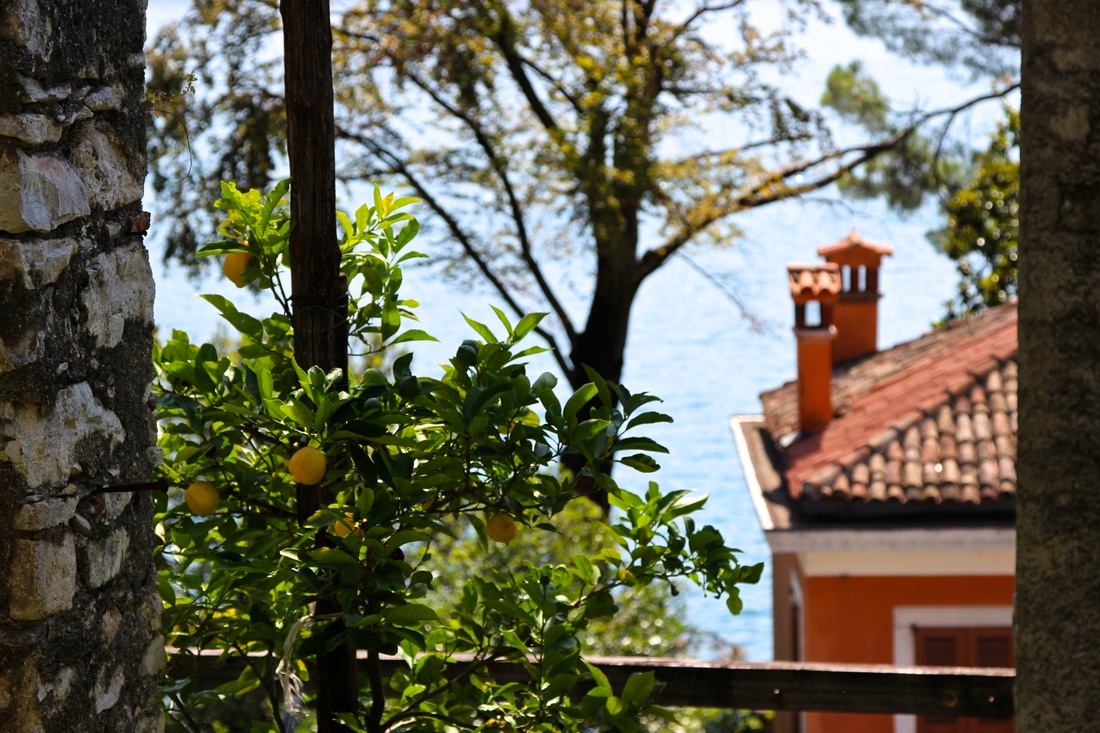
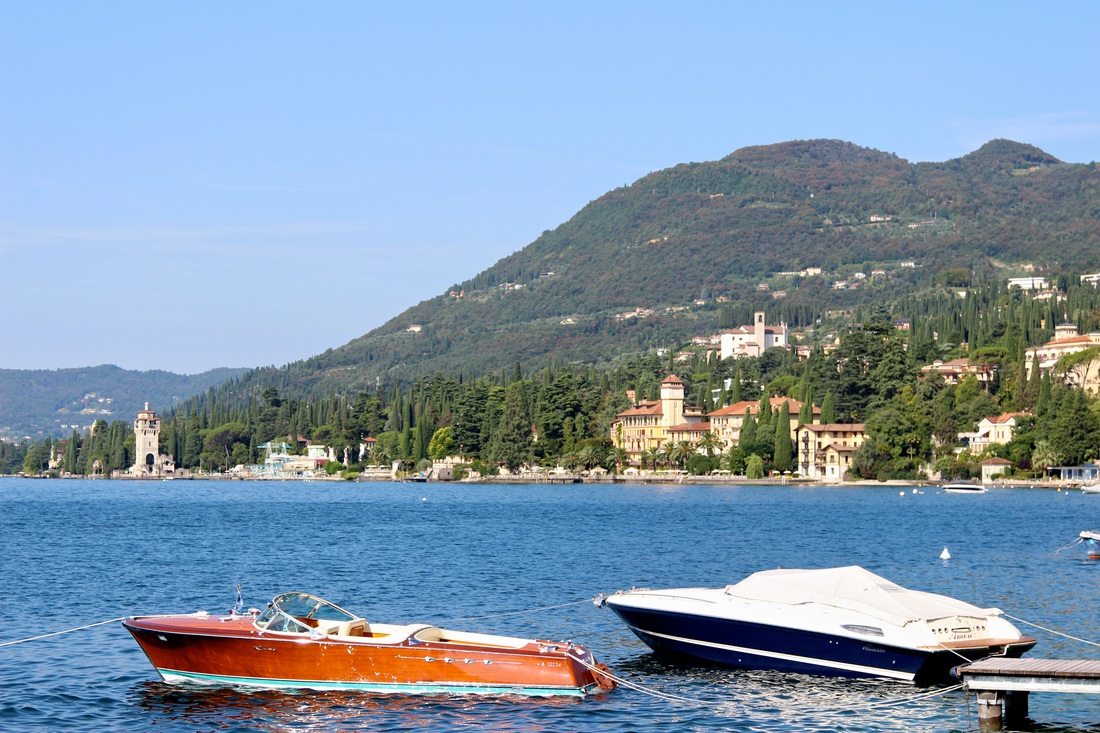
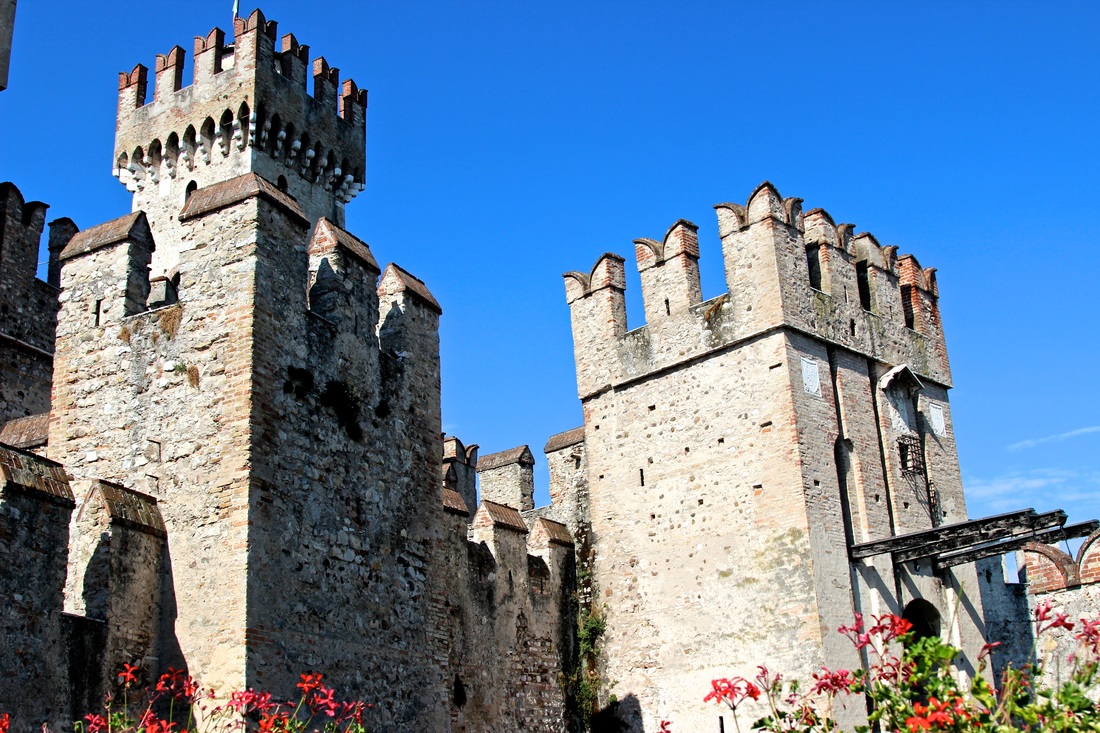
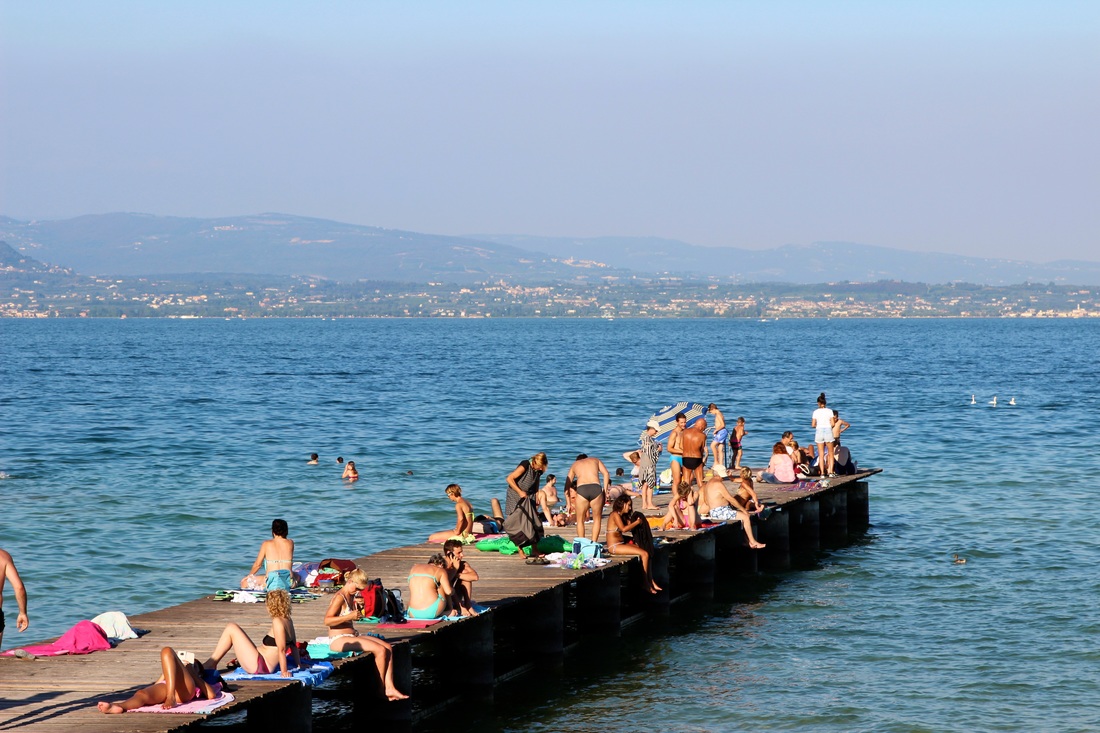
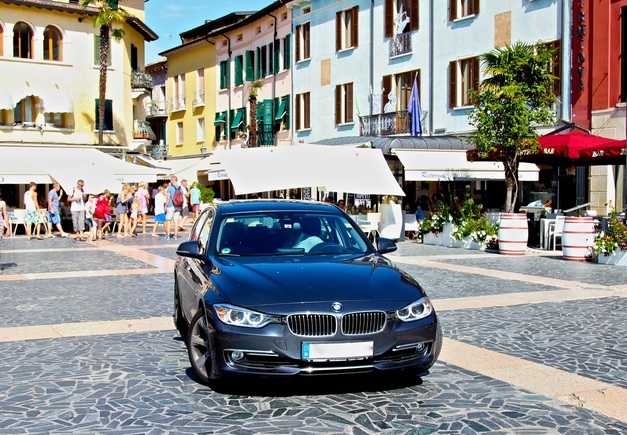
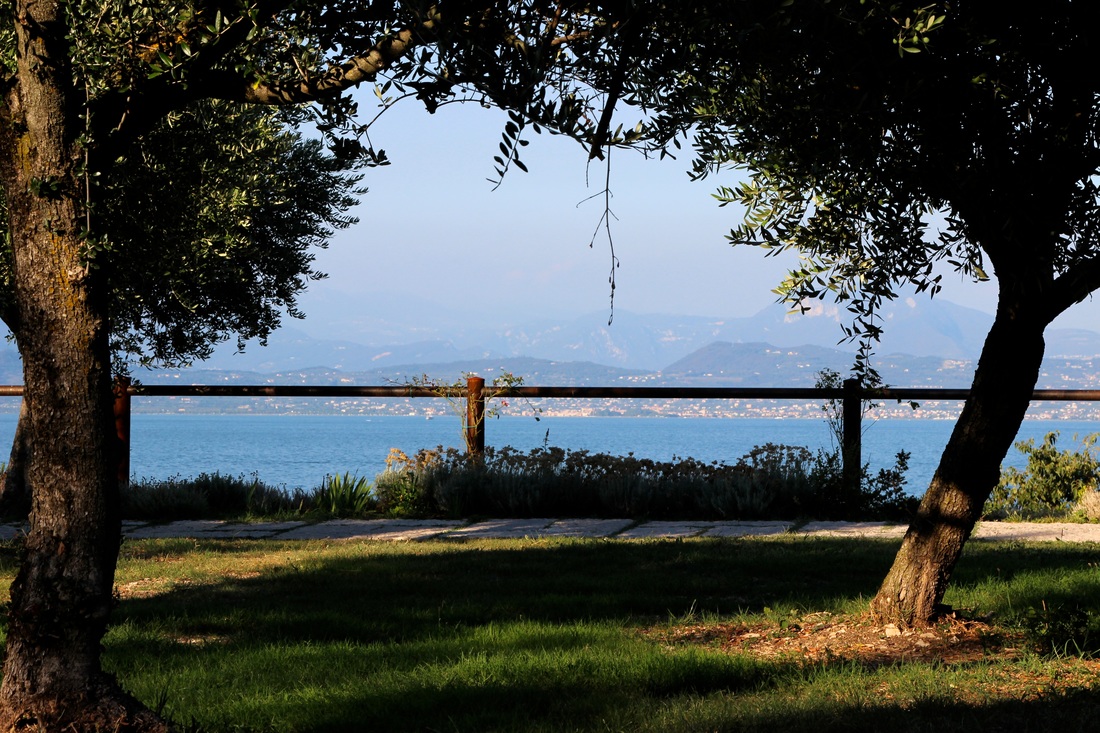
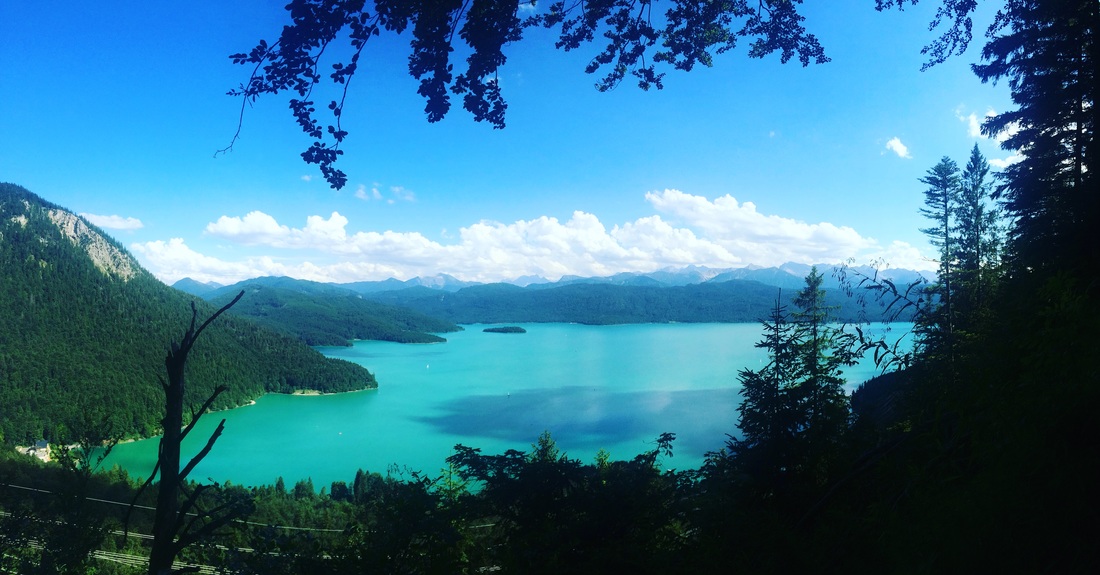
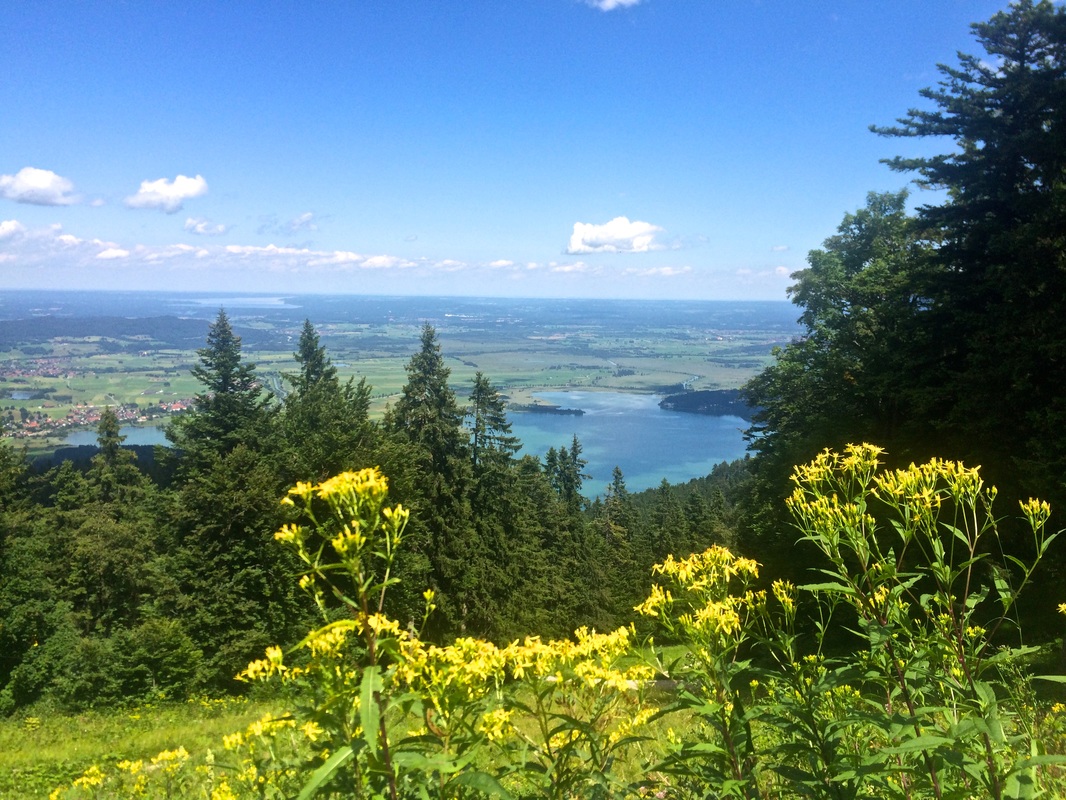
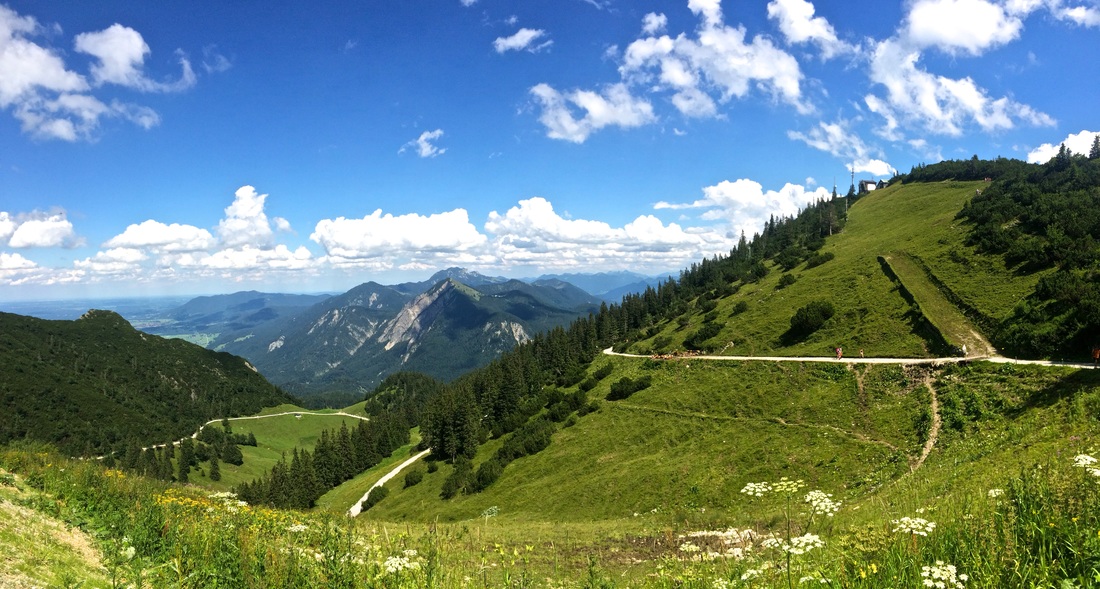
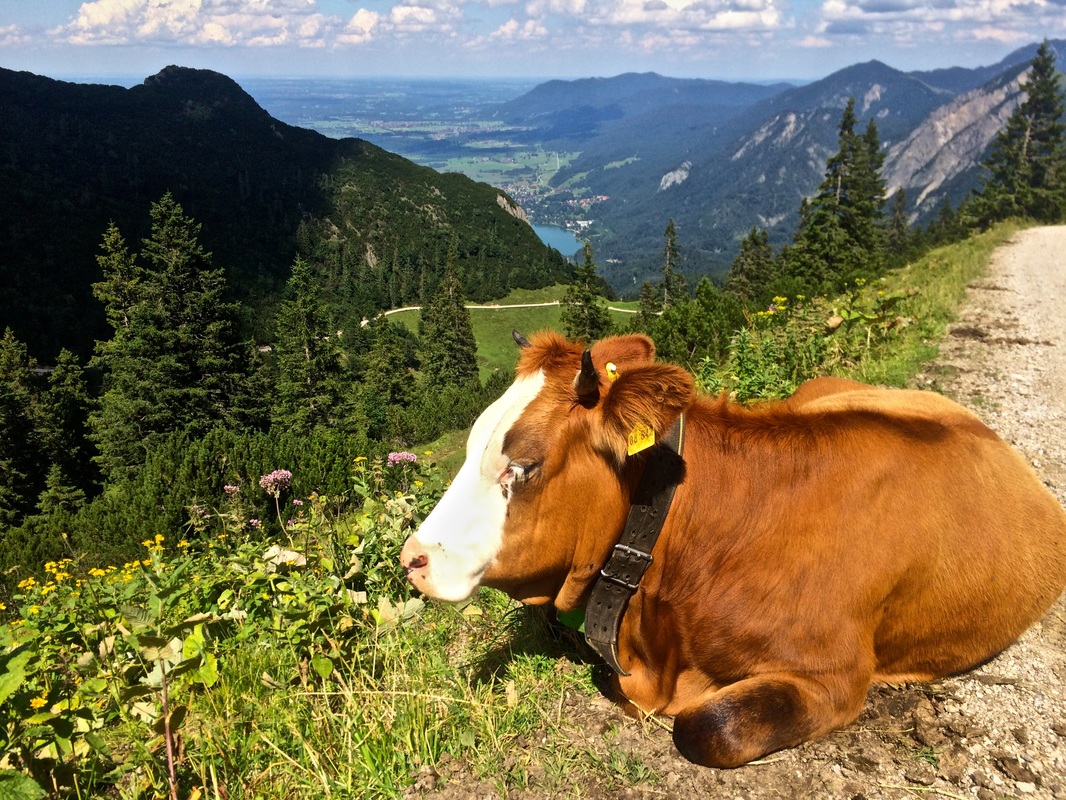
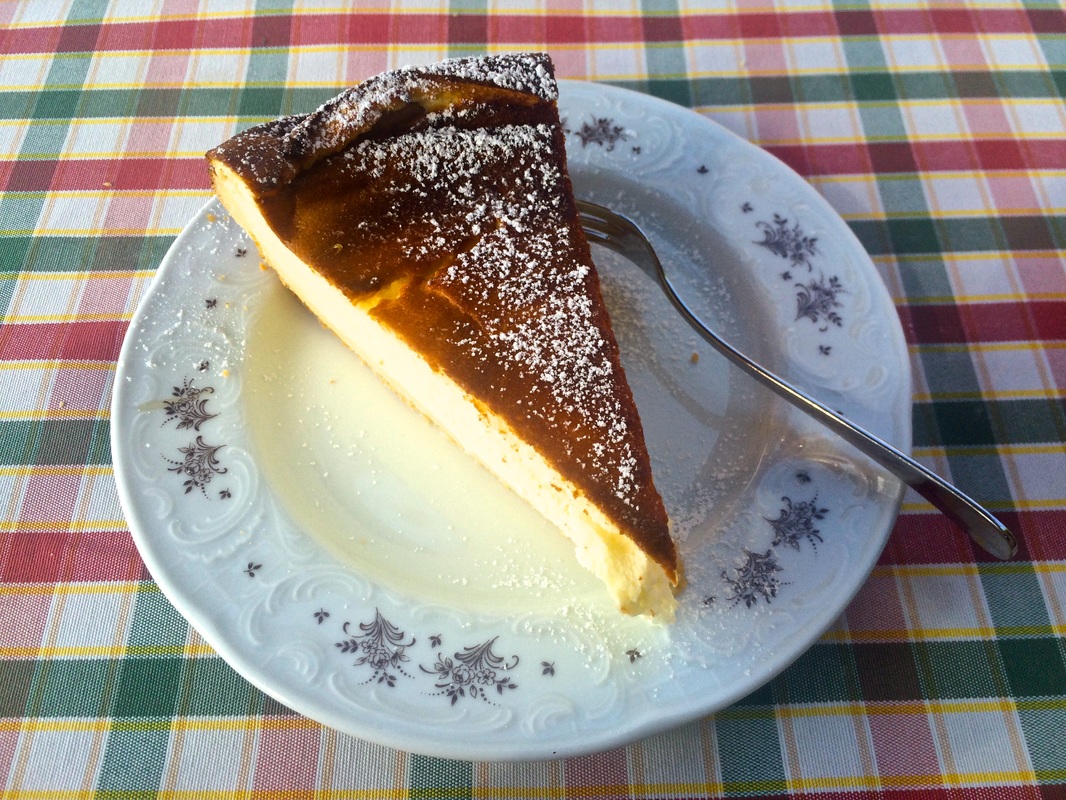
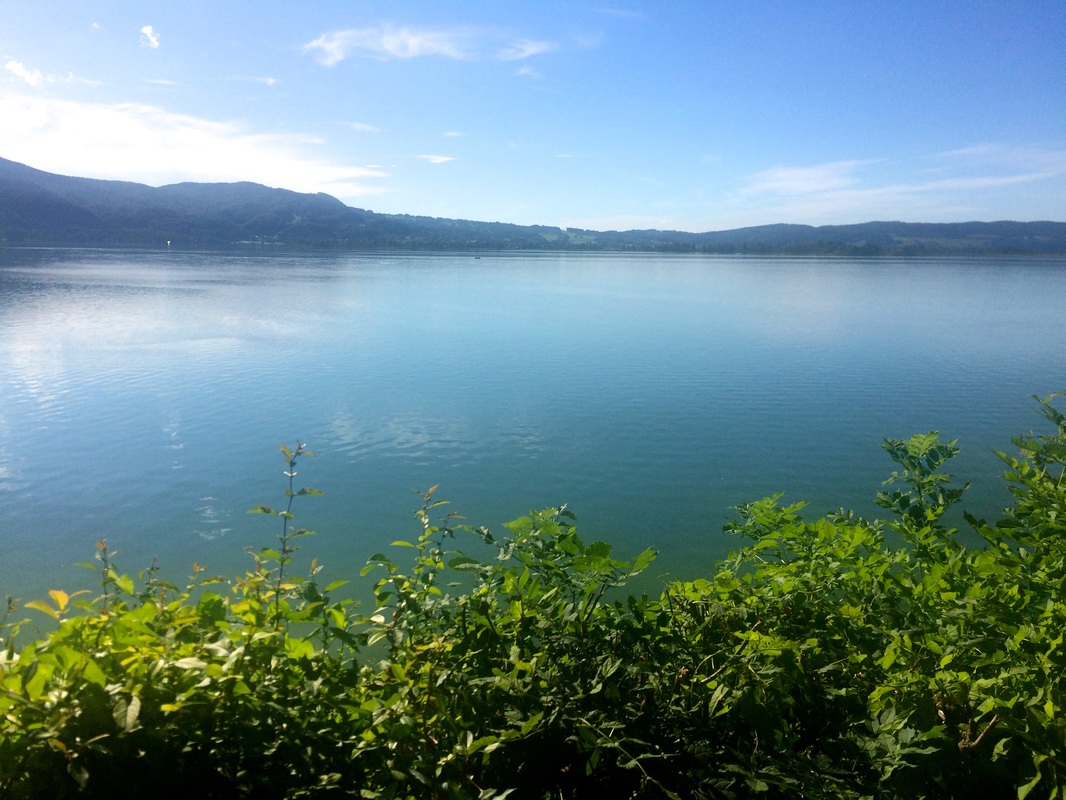
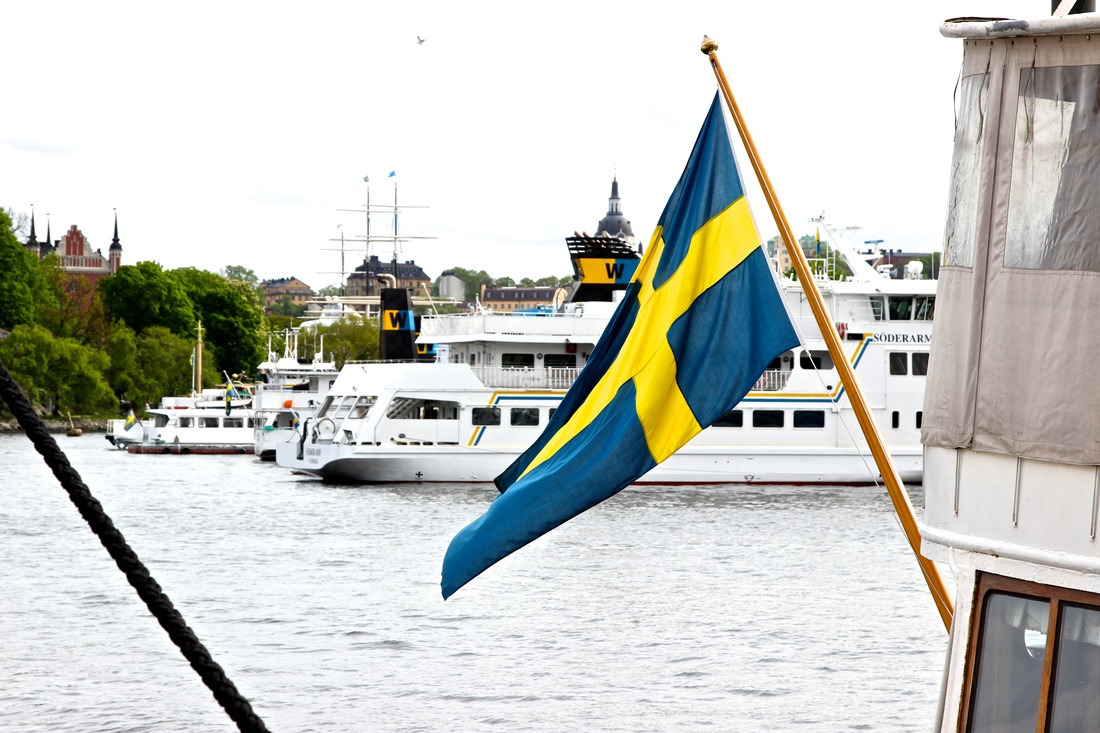
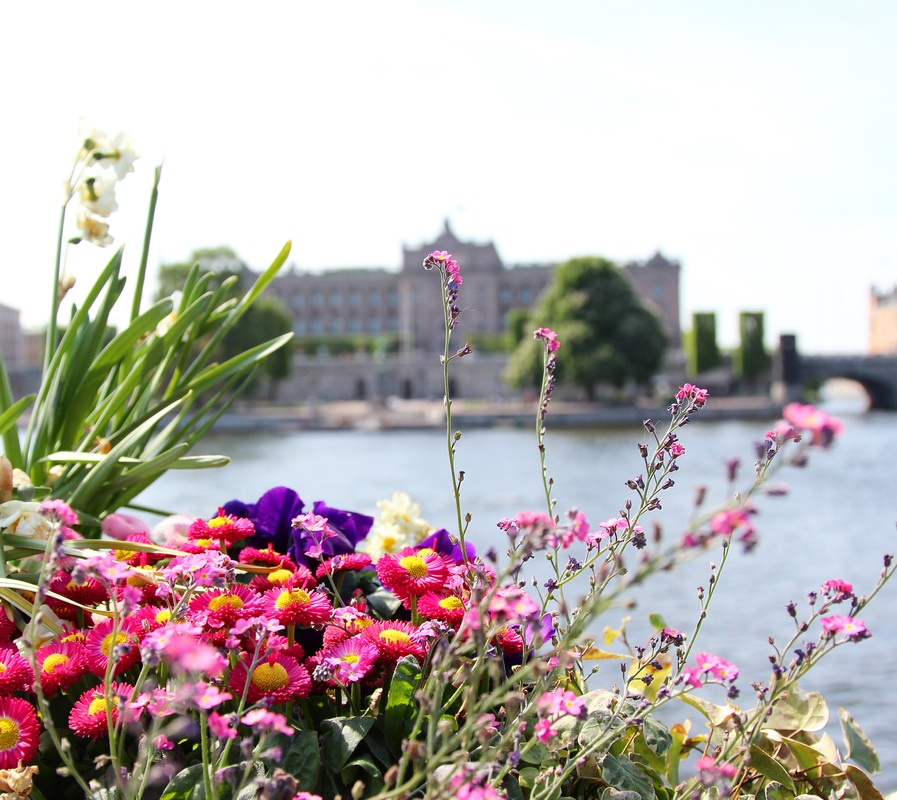
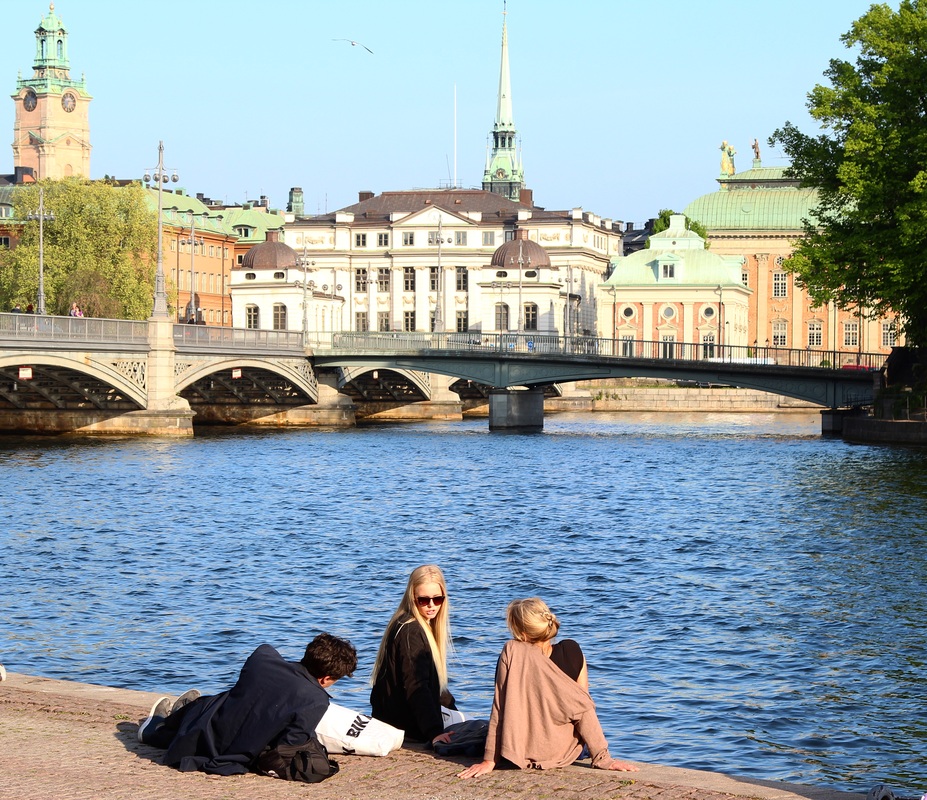
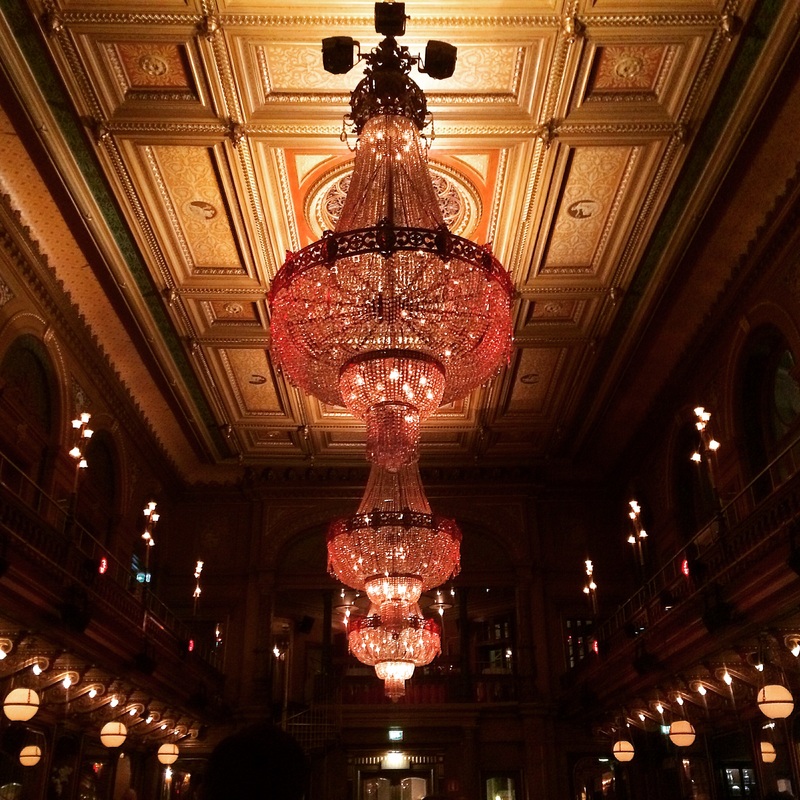
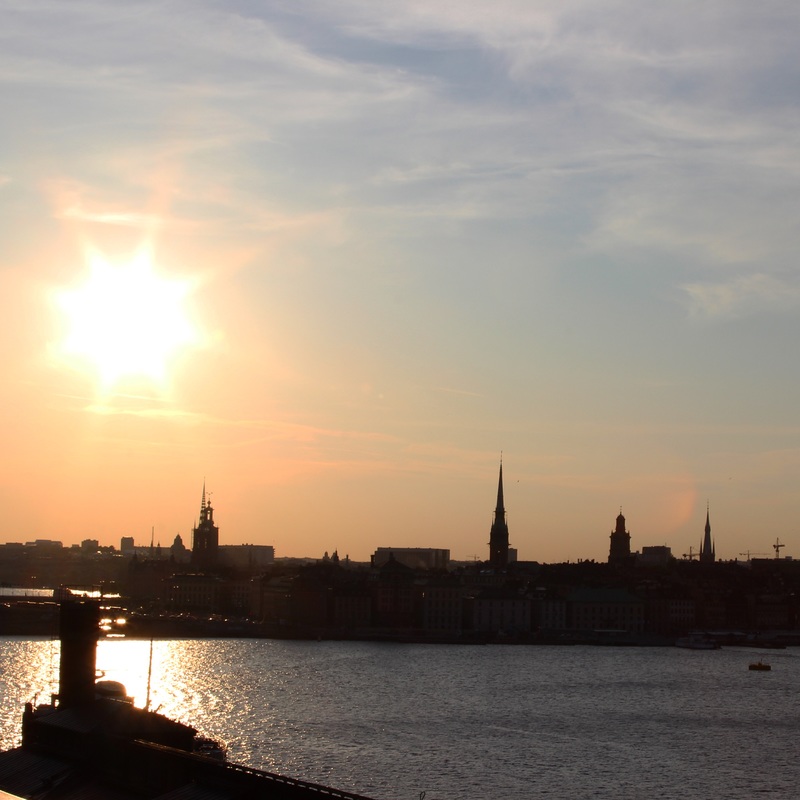
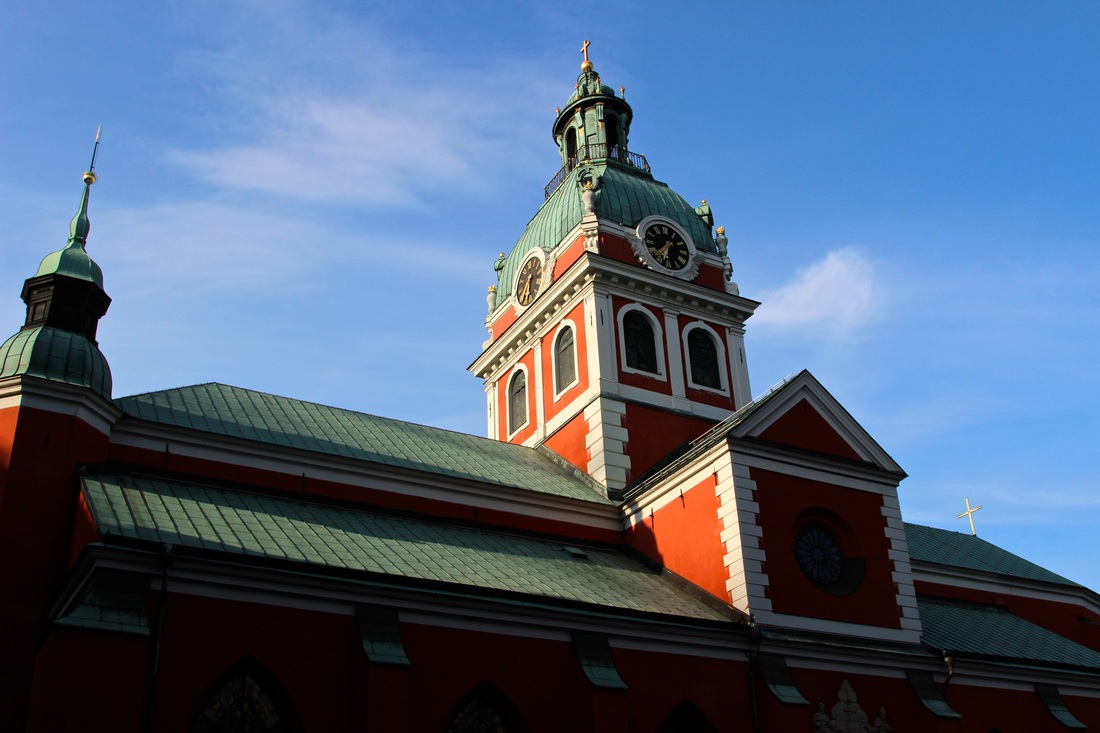
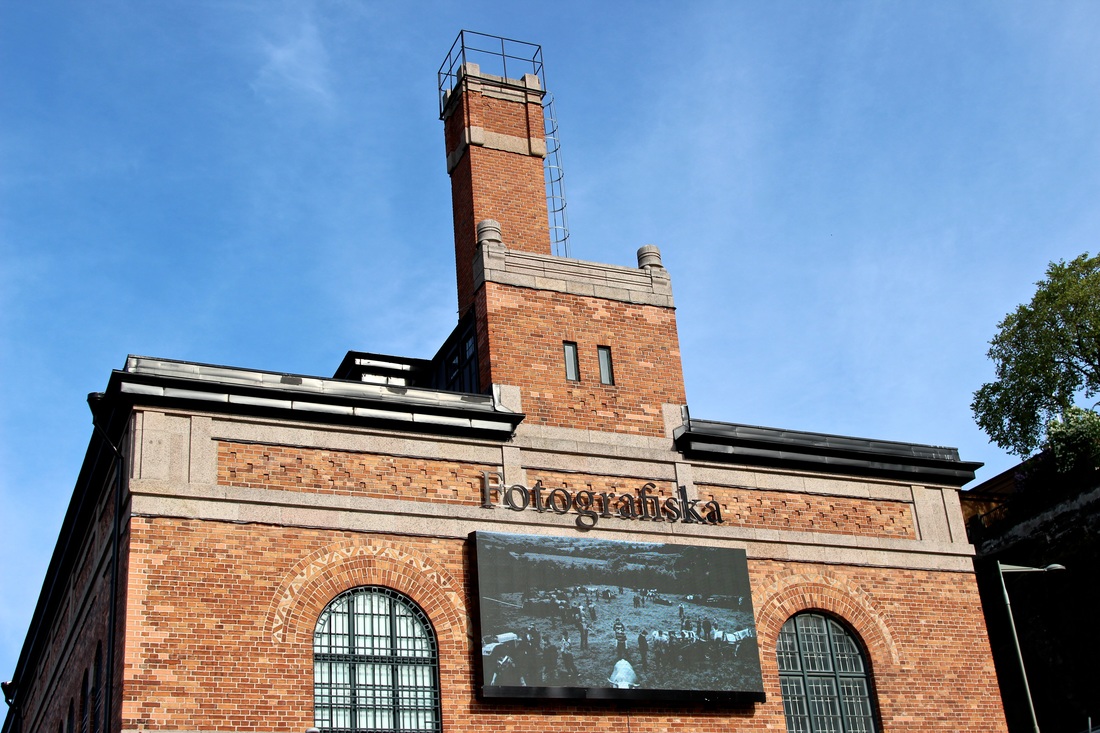
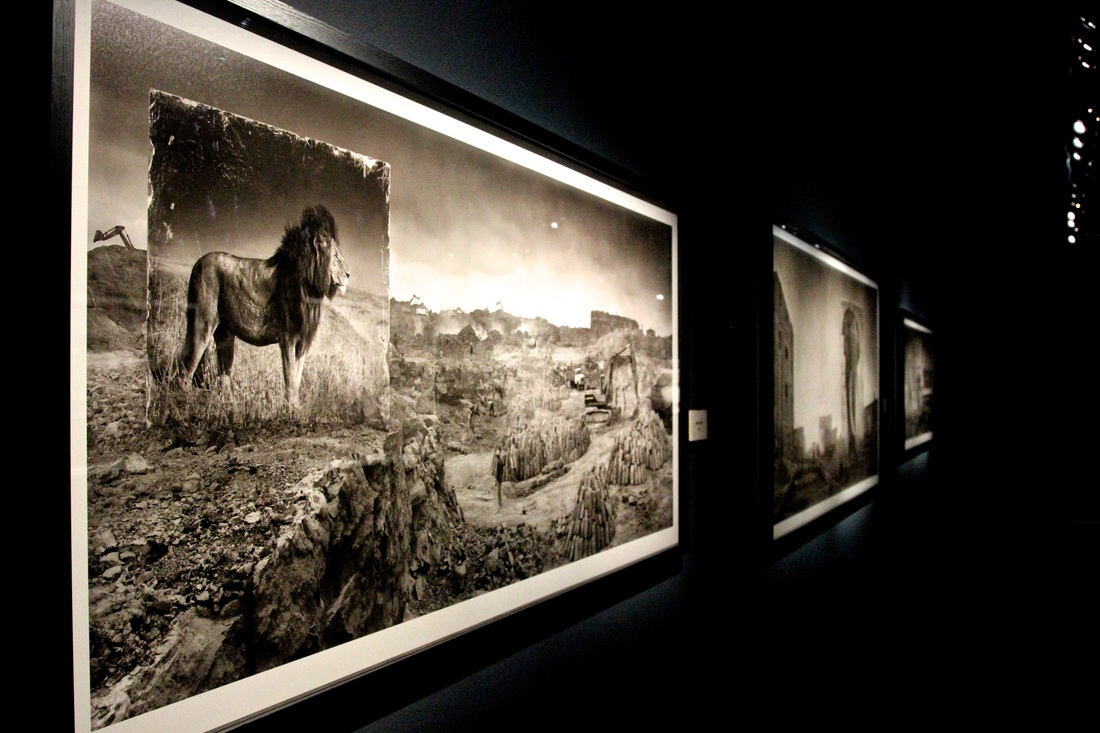
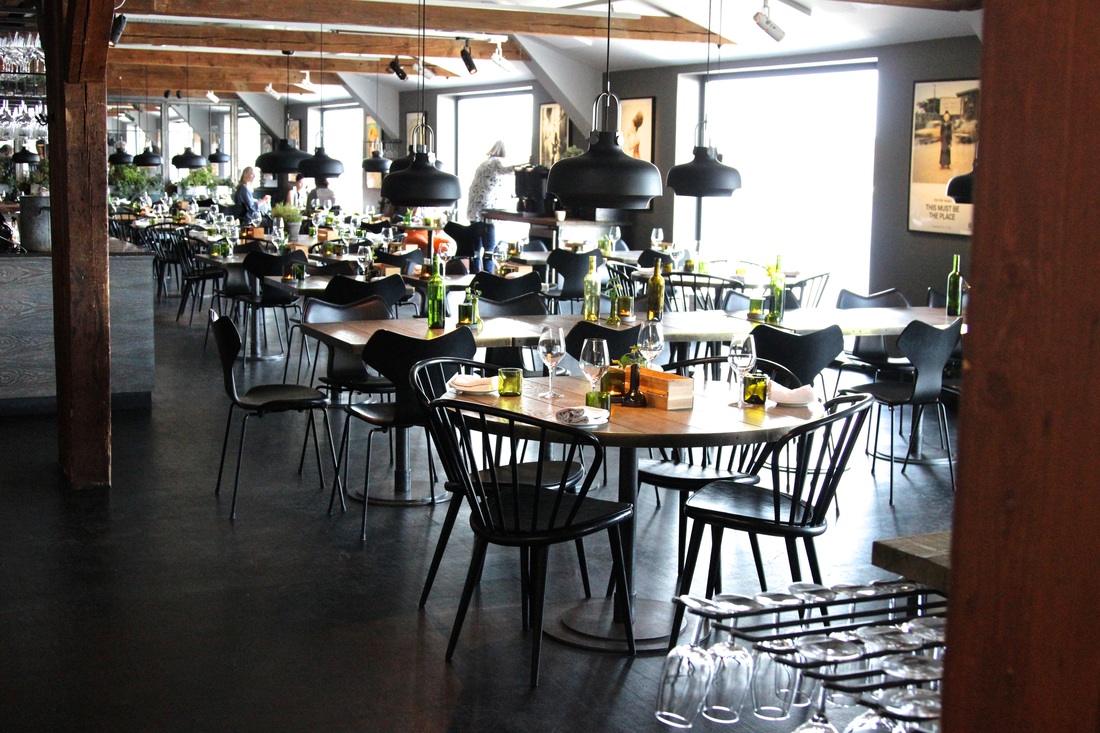
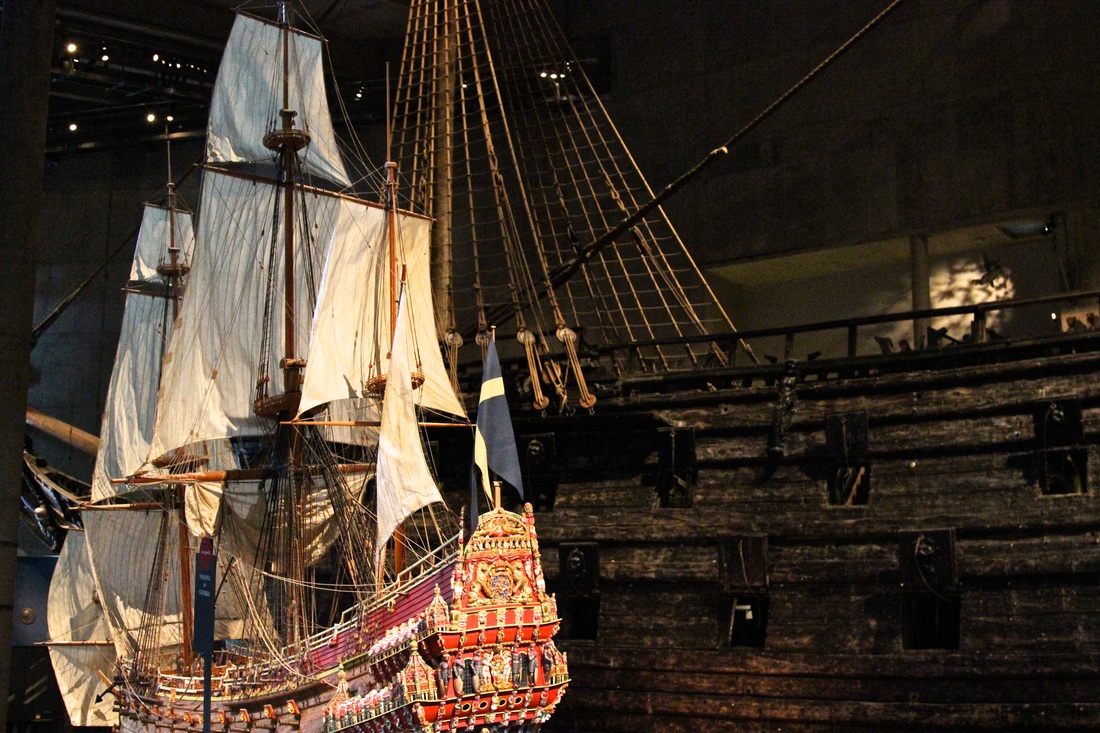

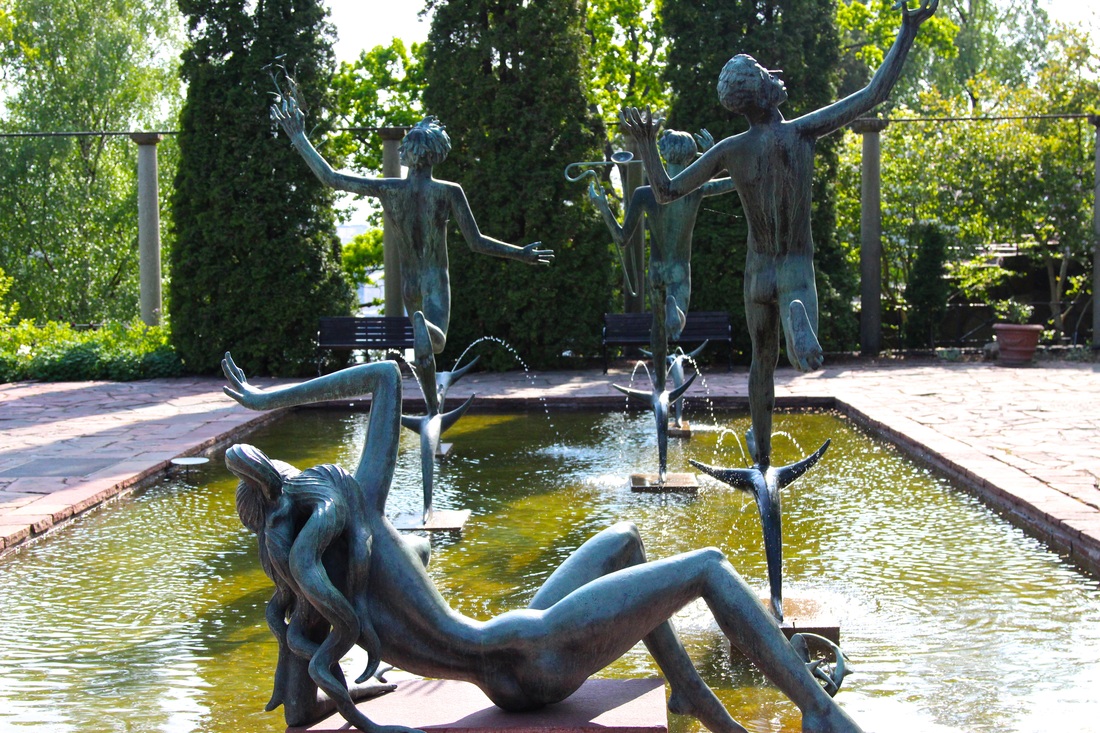
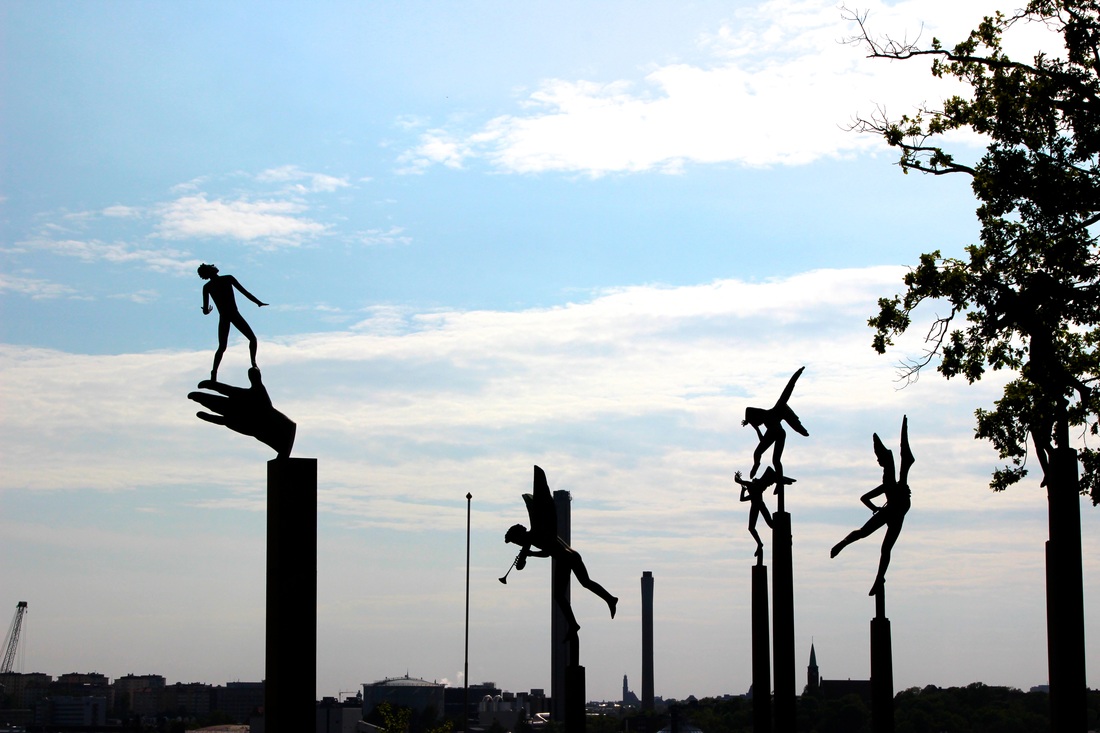
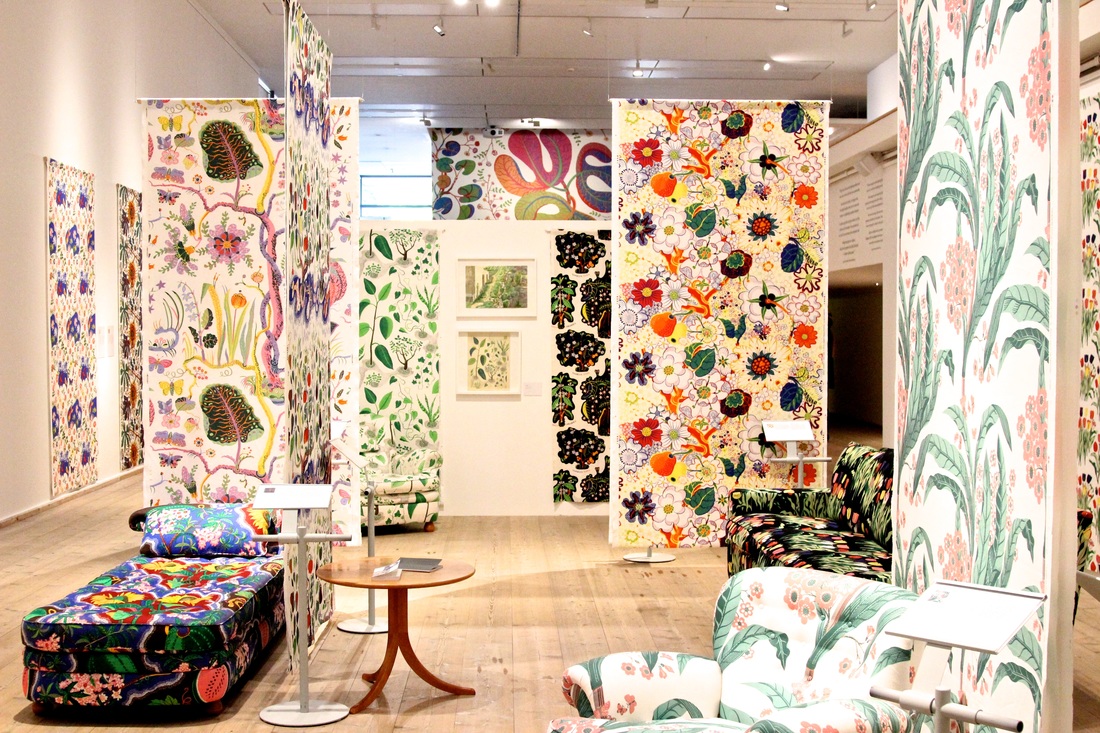
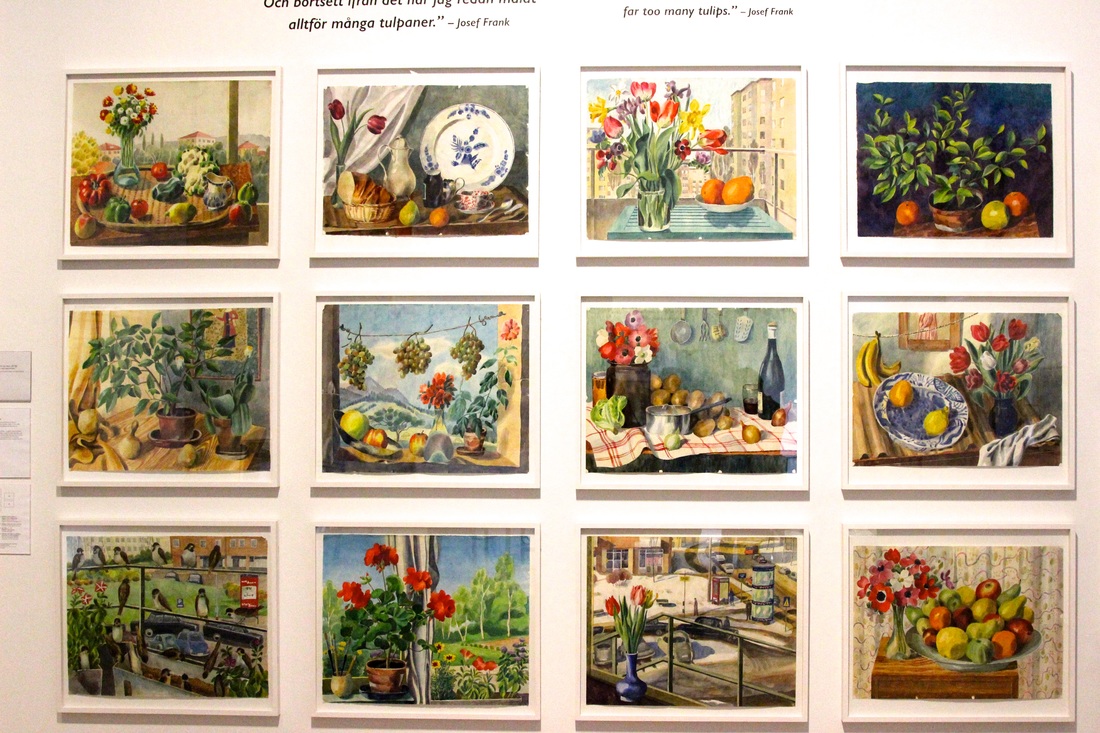

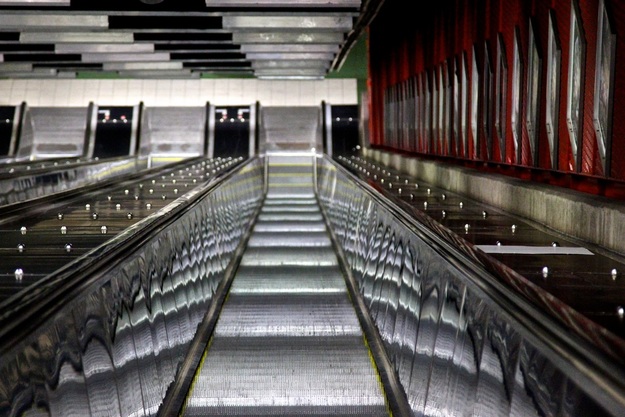
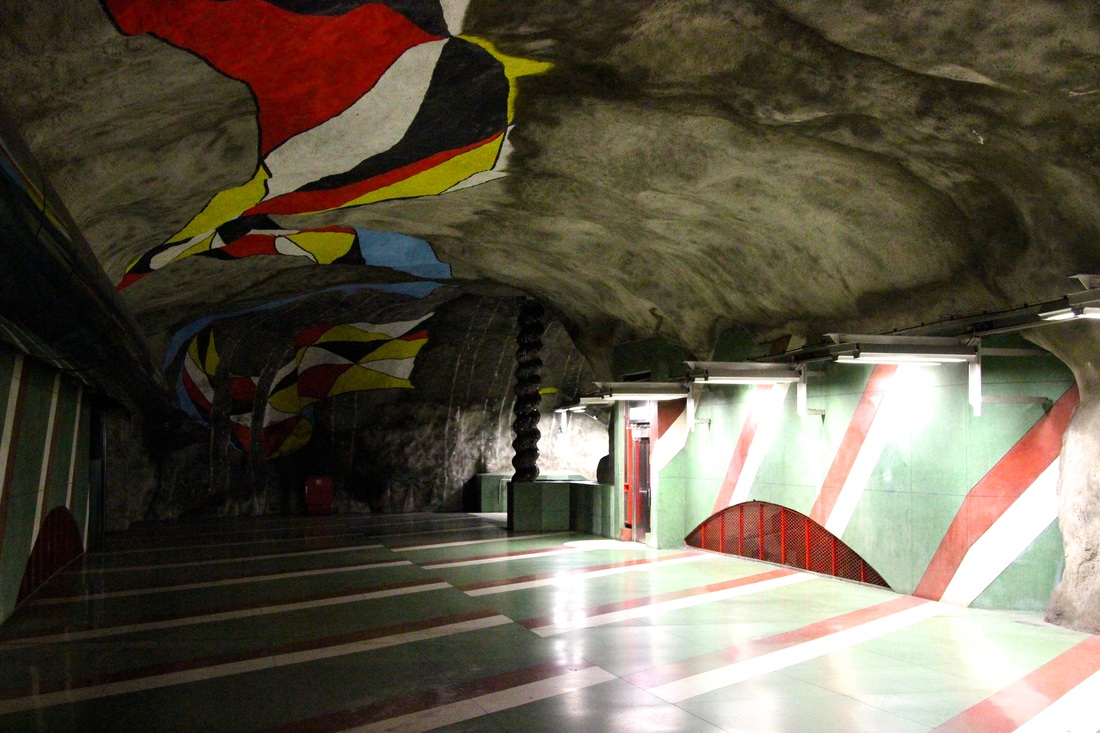
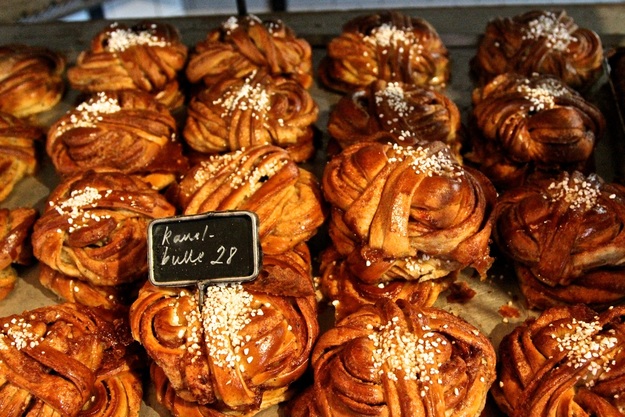
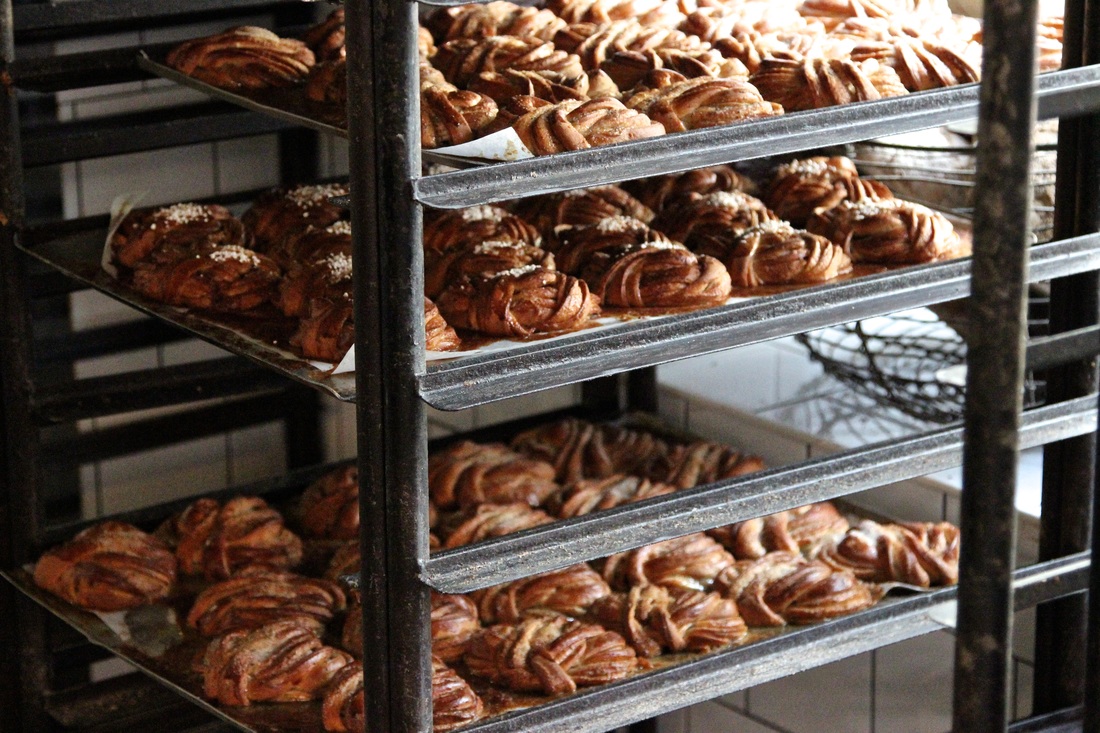
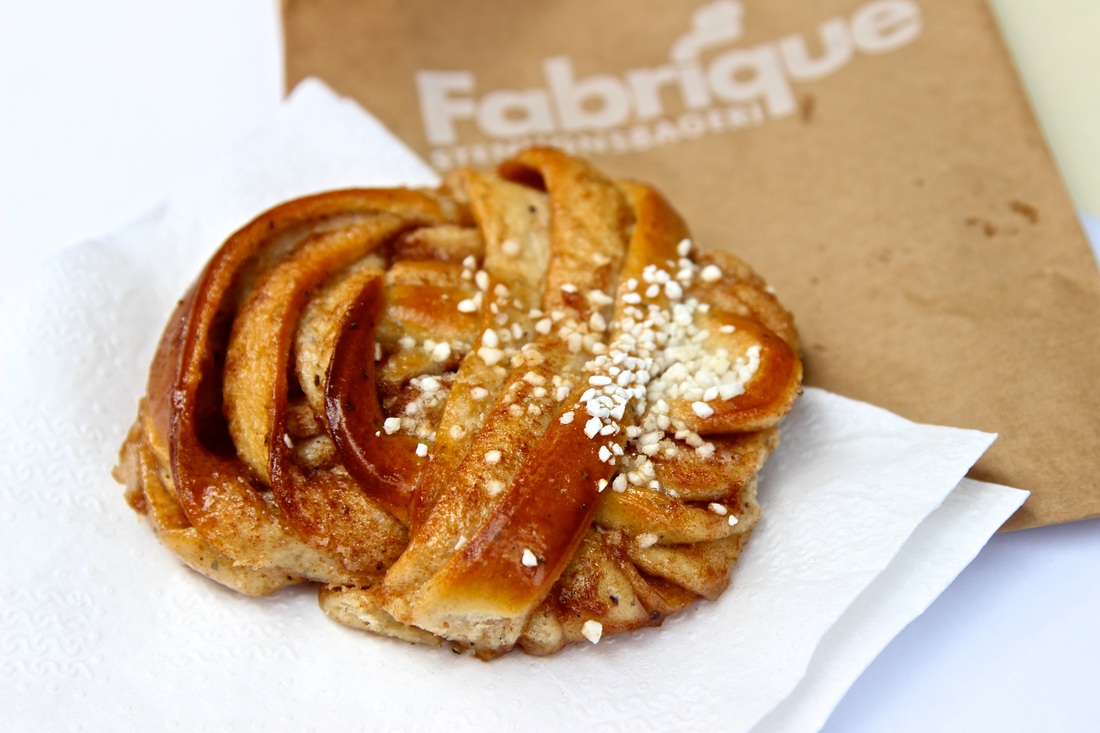
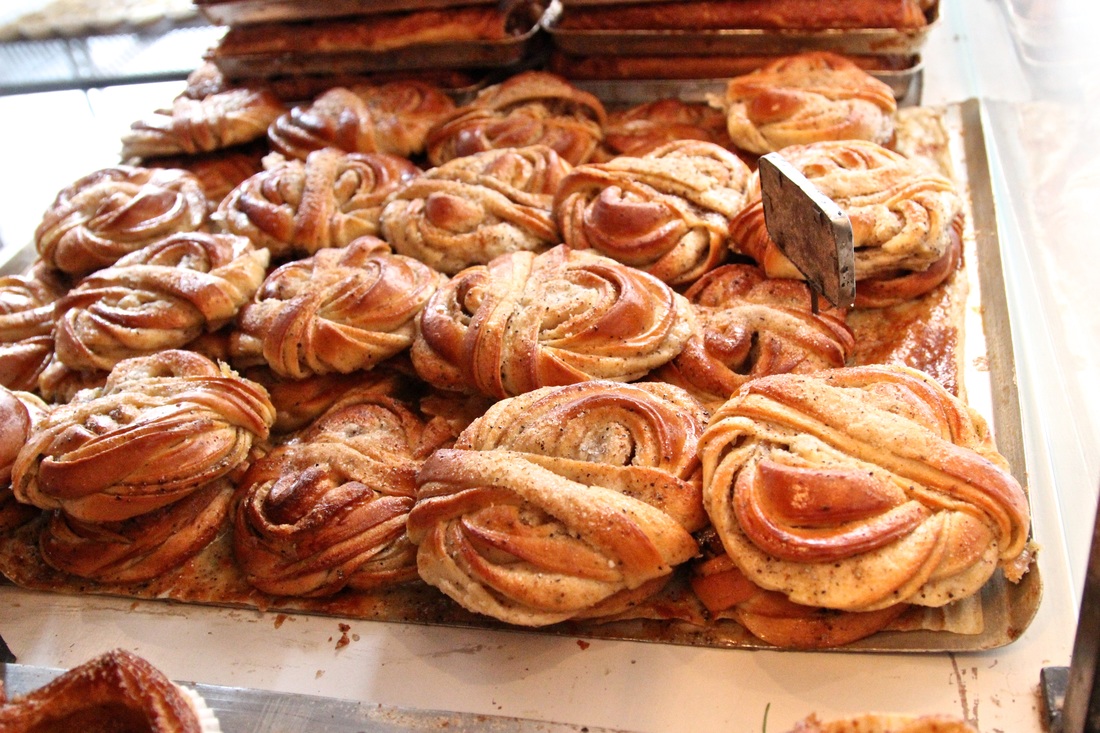
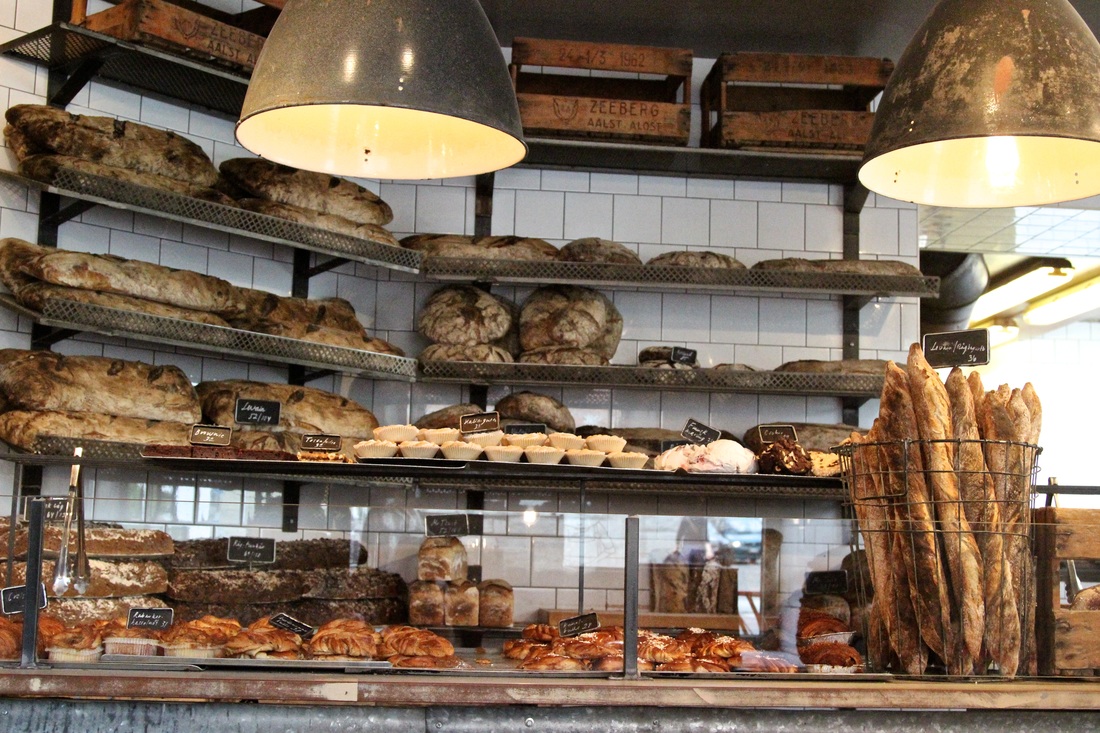
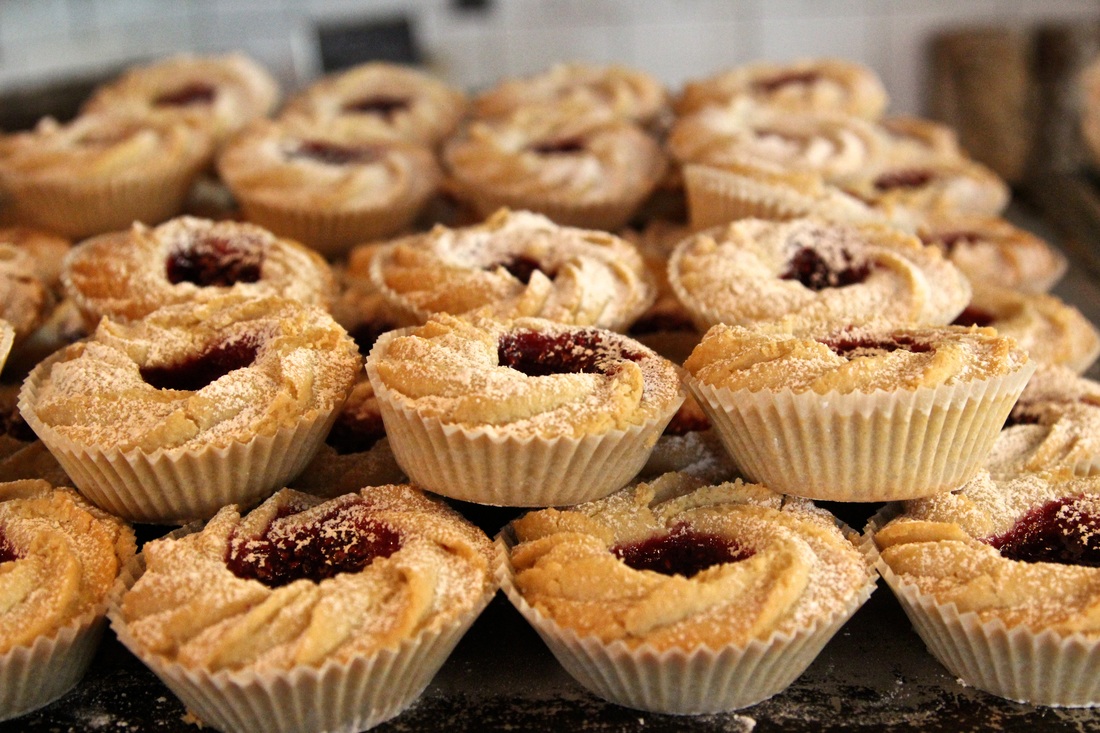
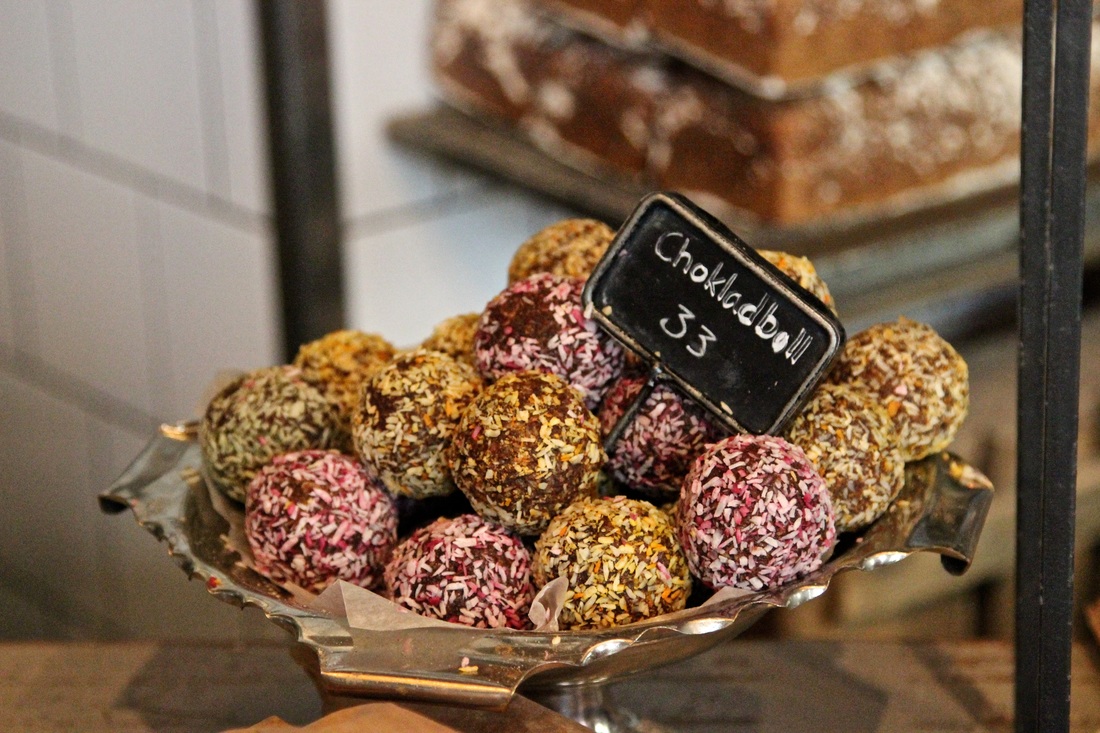
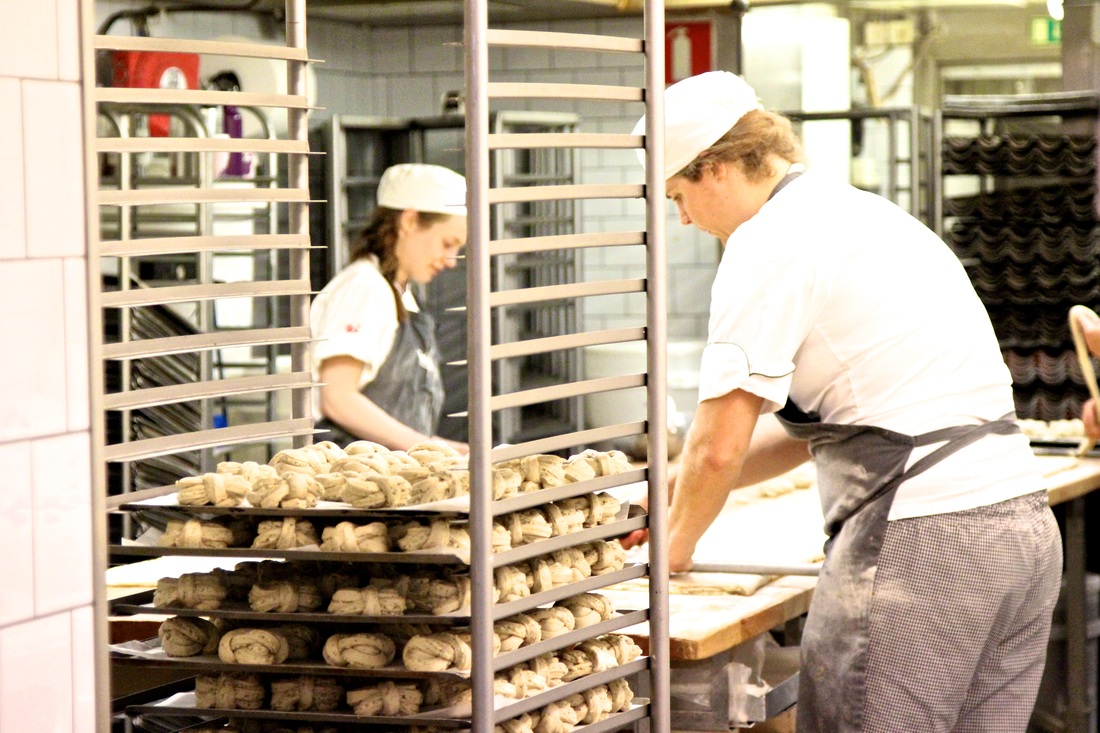
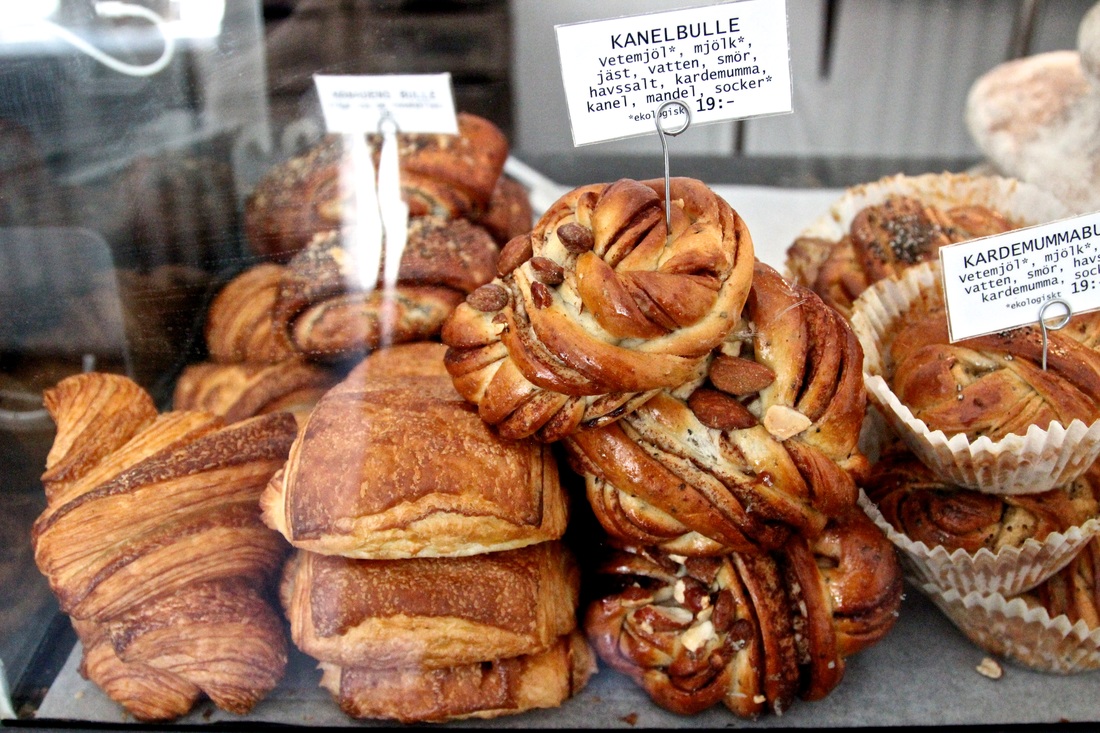
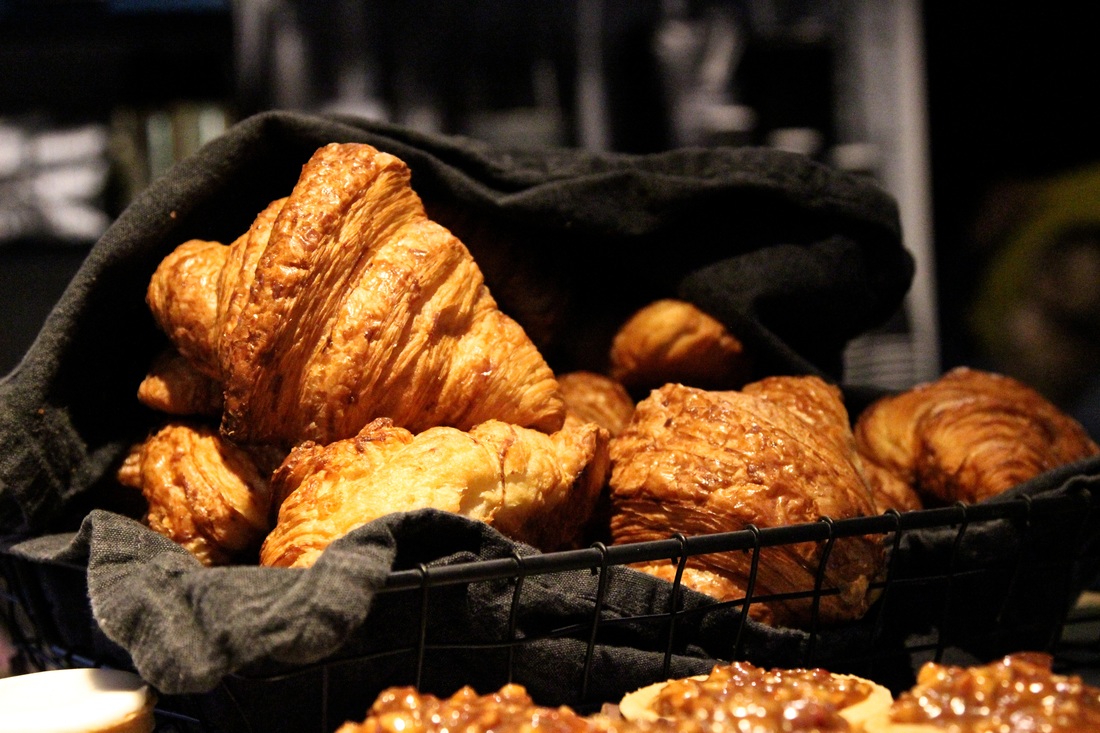
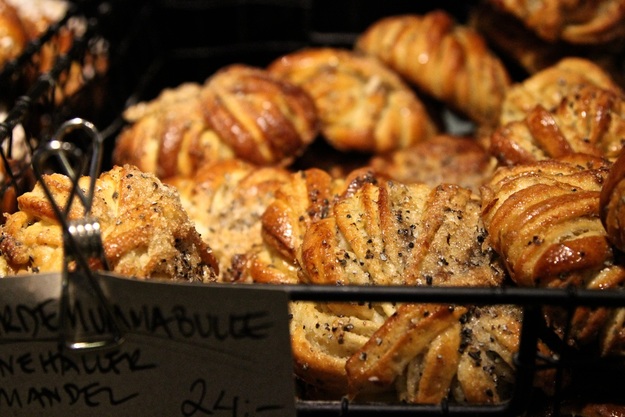
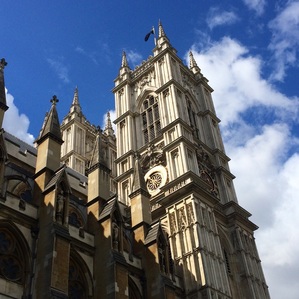
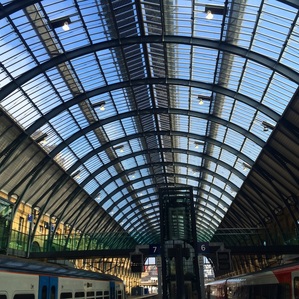
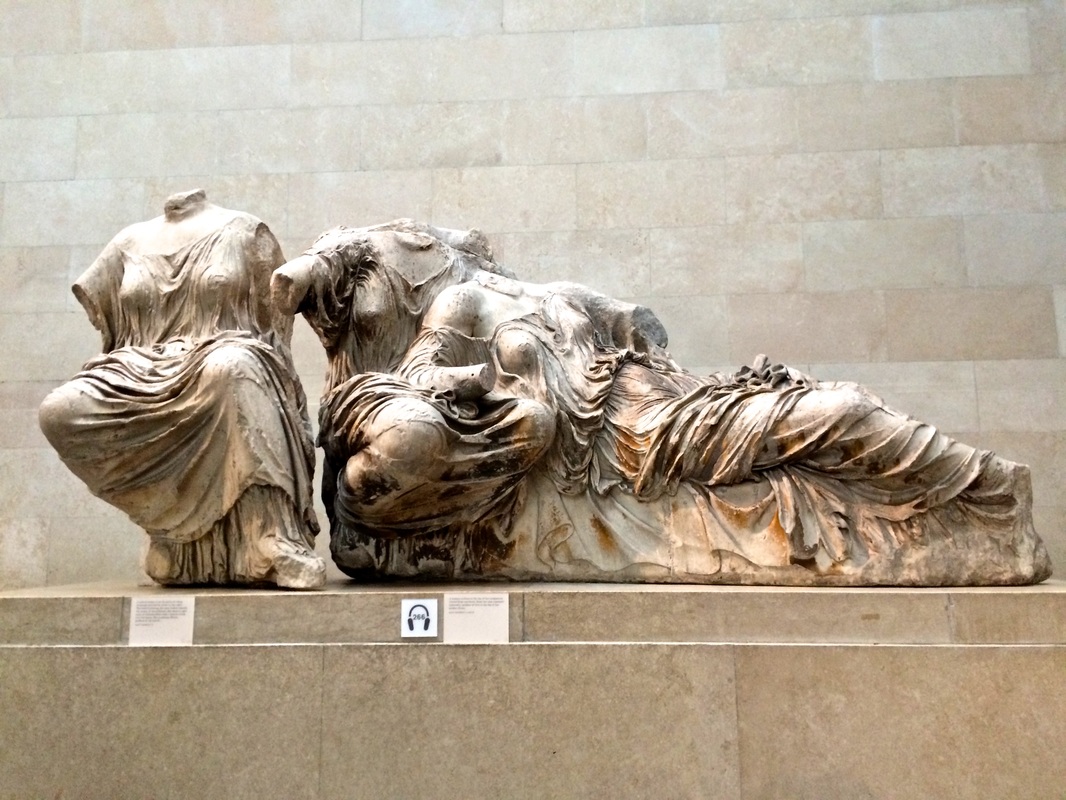
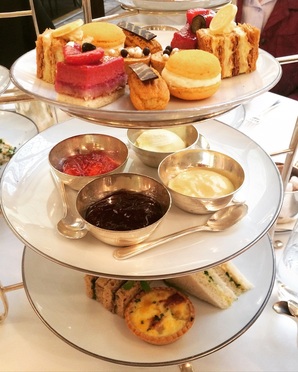
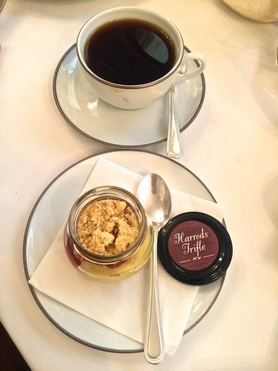
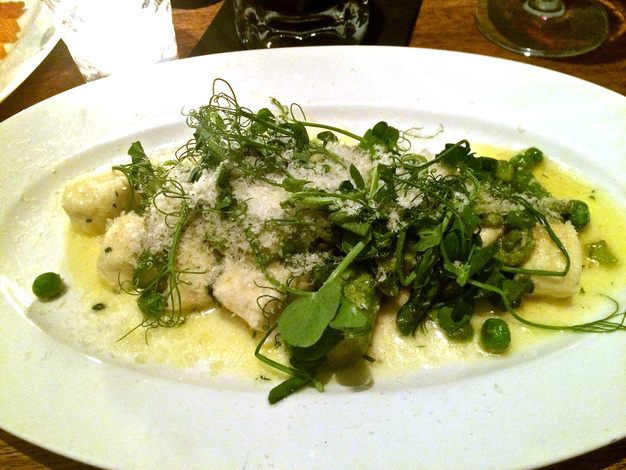
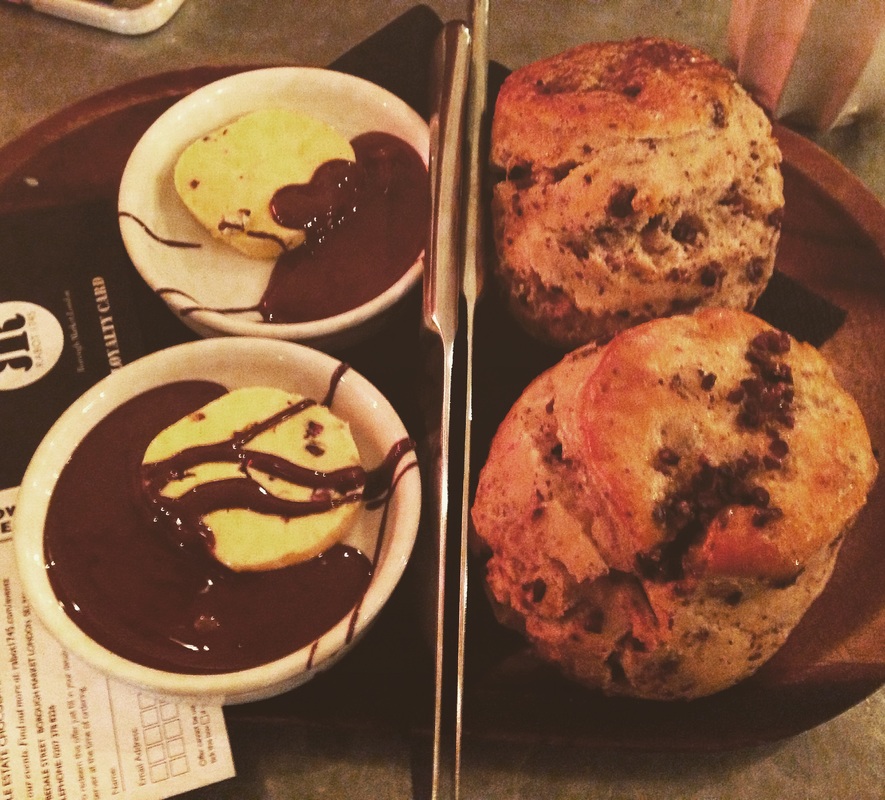
 RSS Feed
RSS Feed